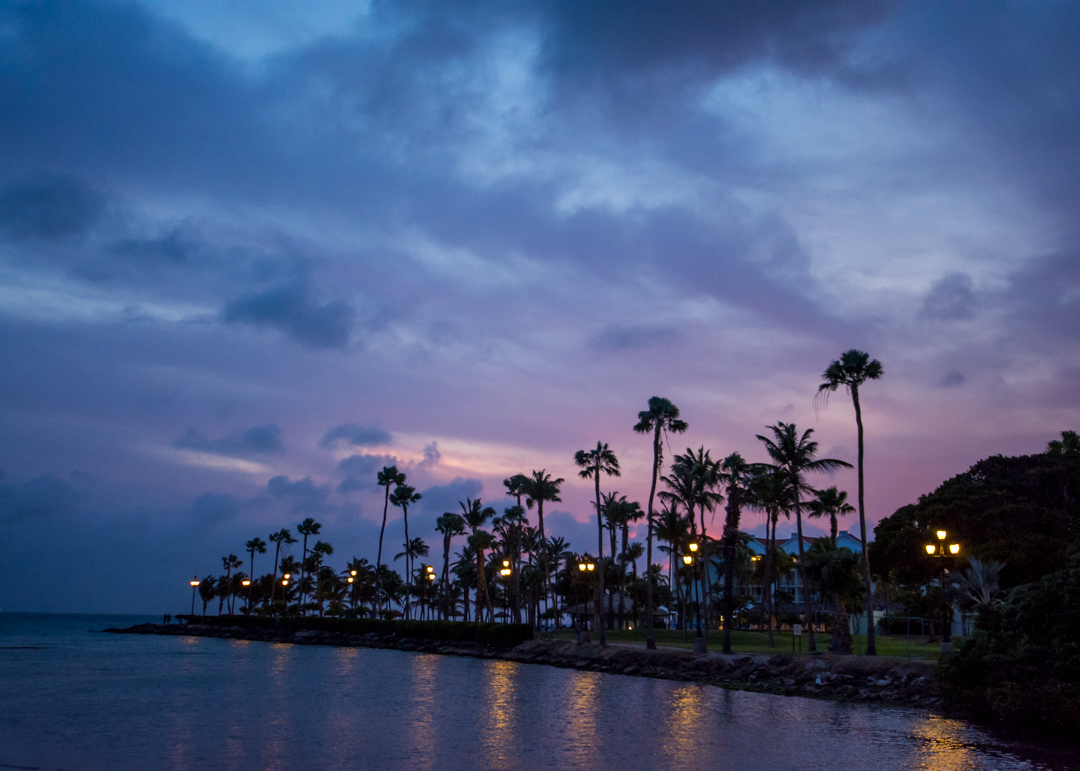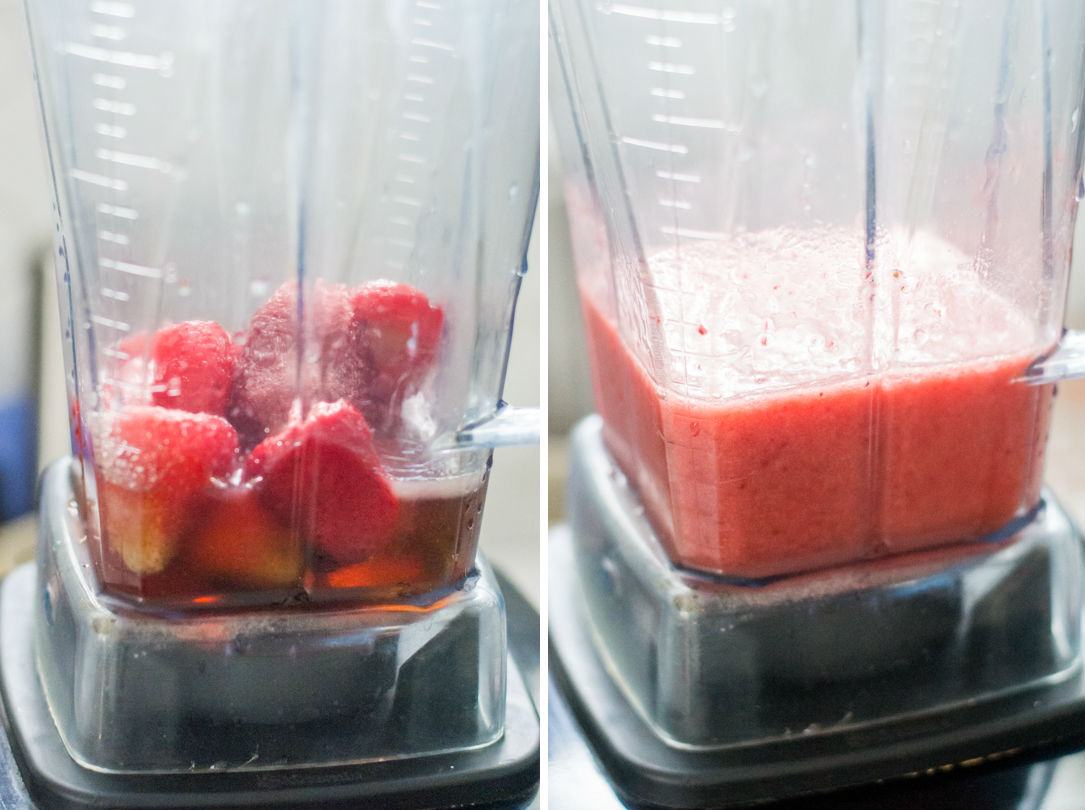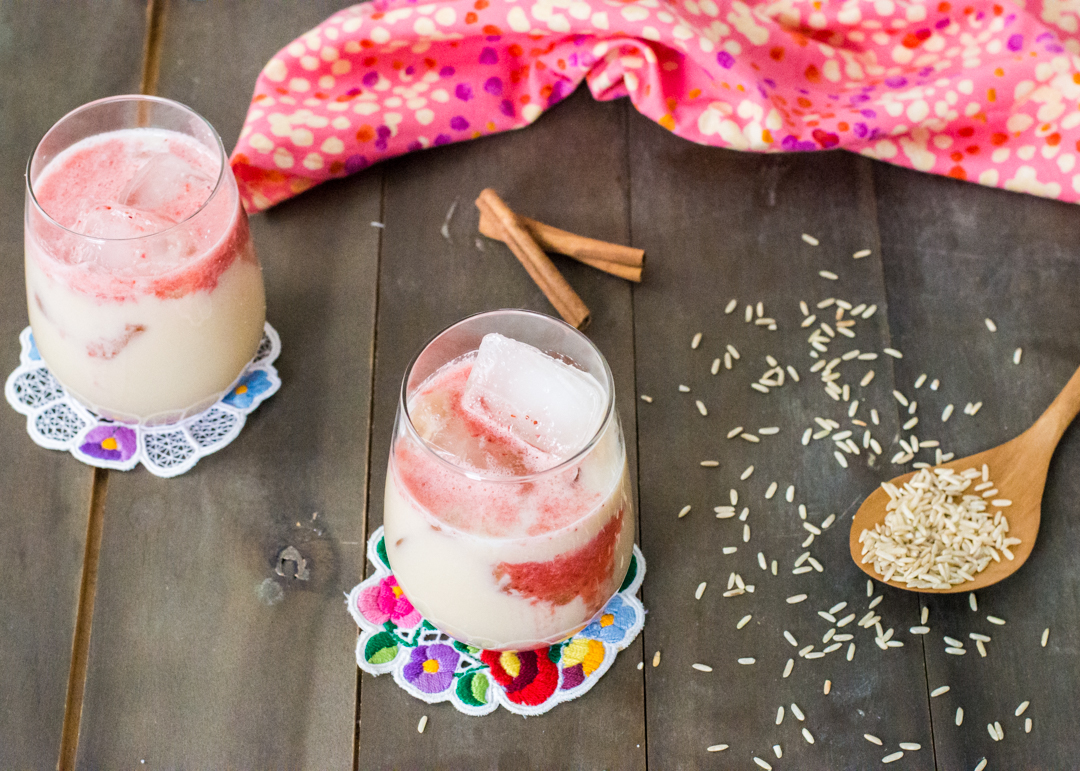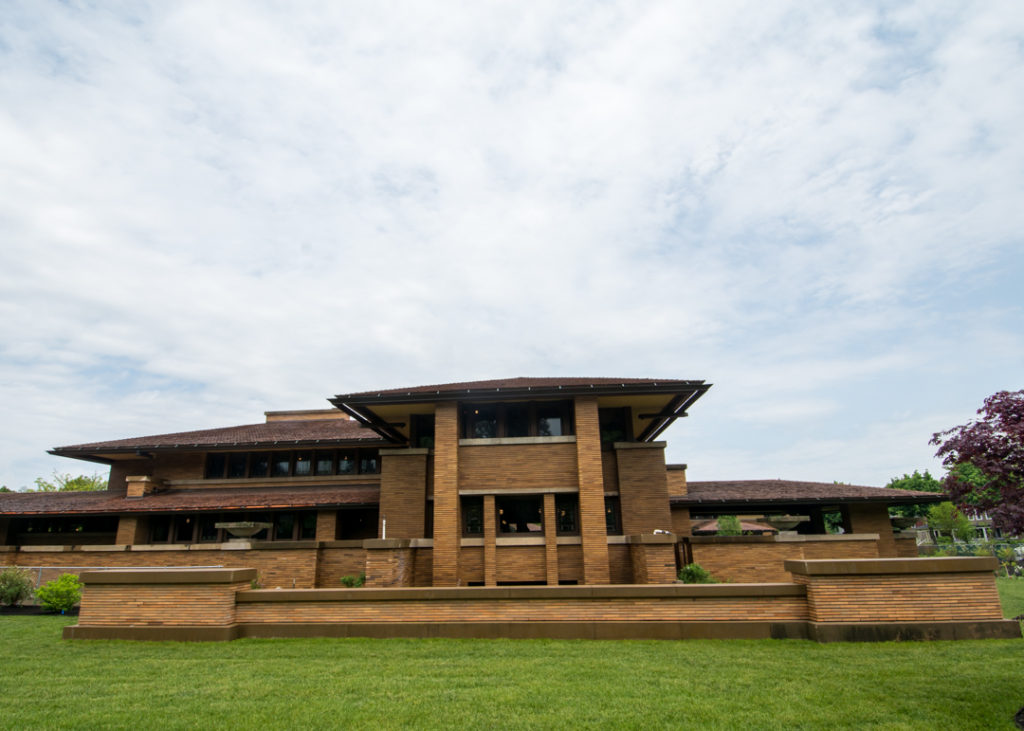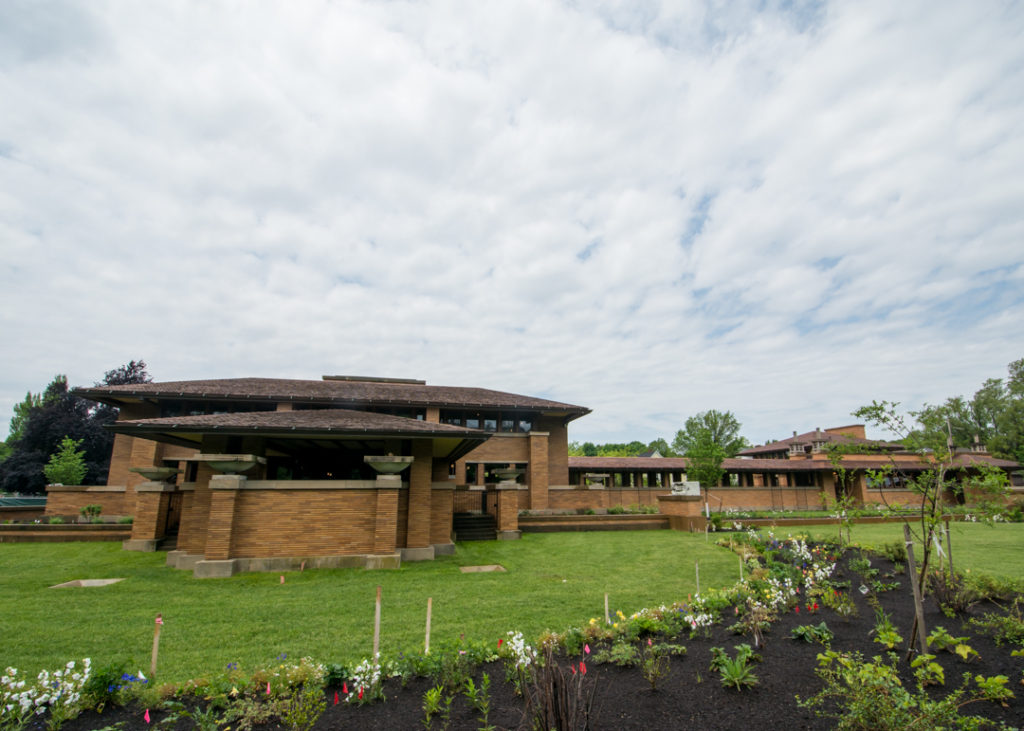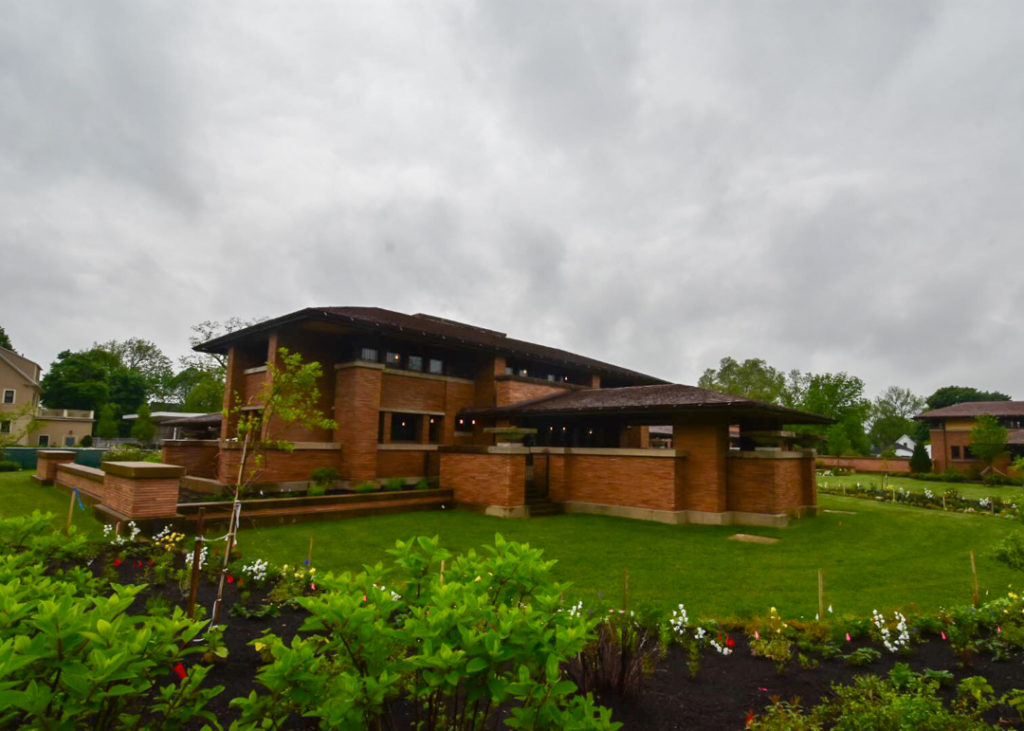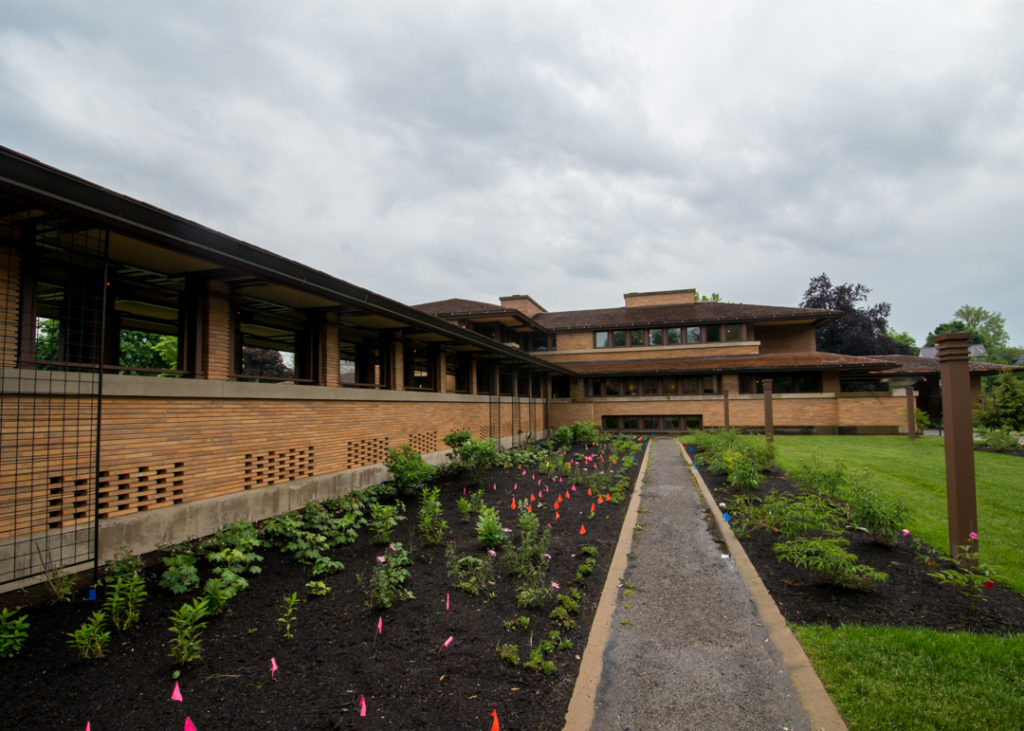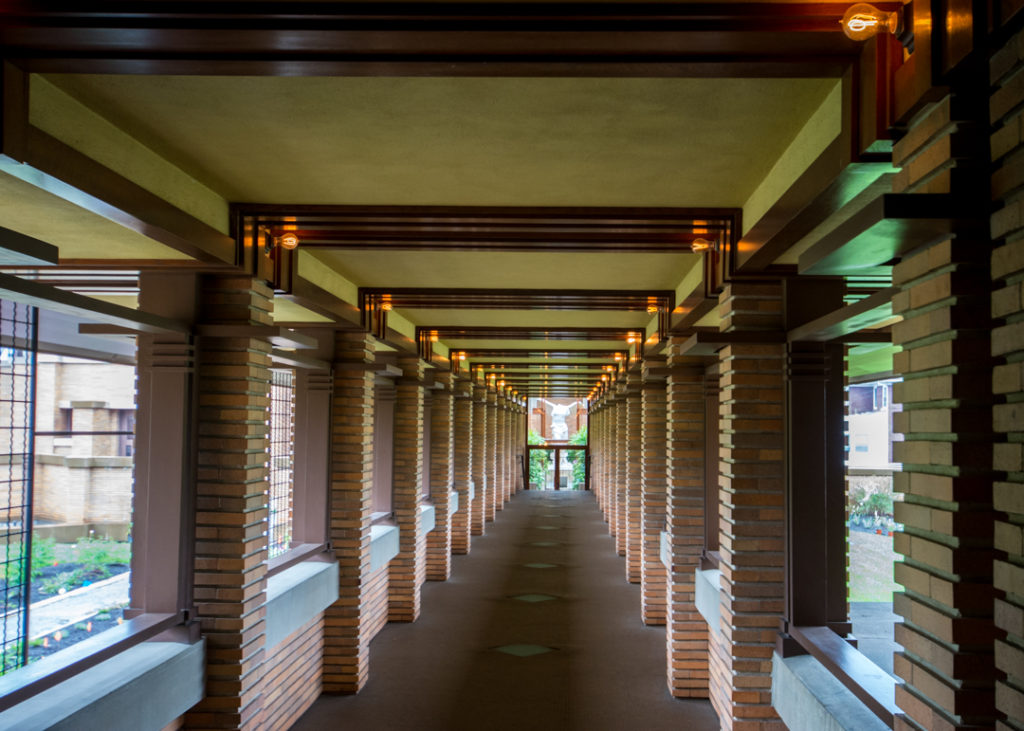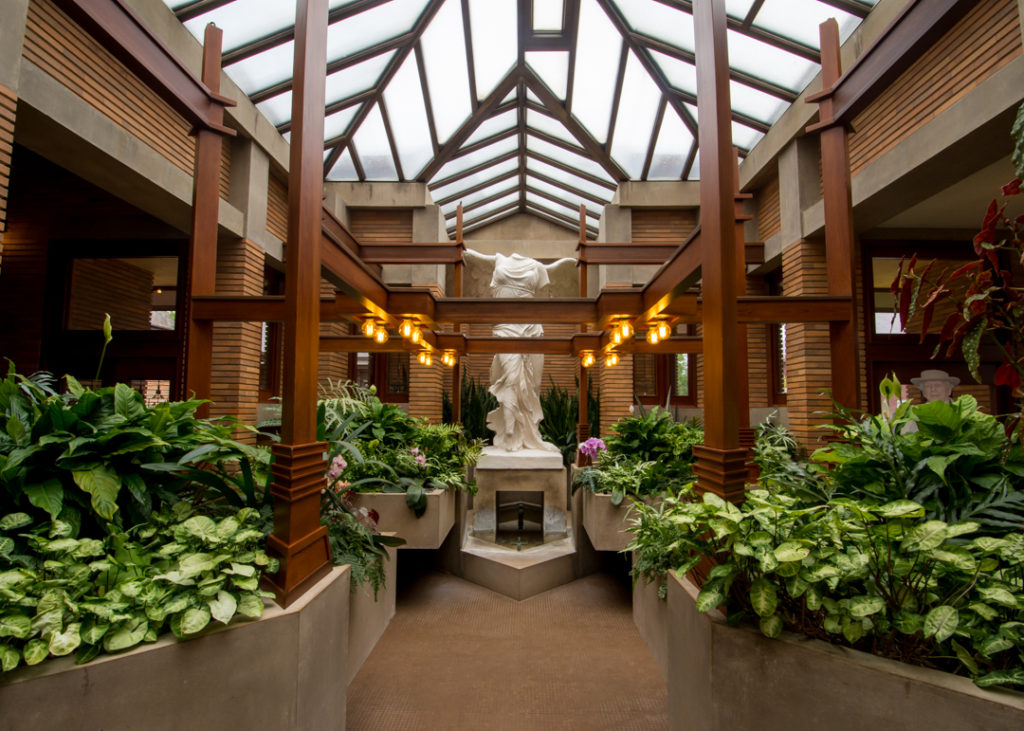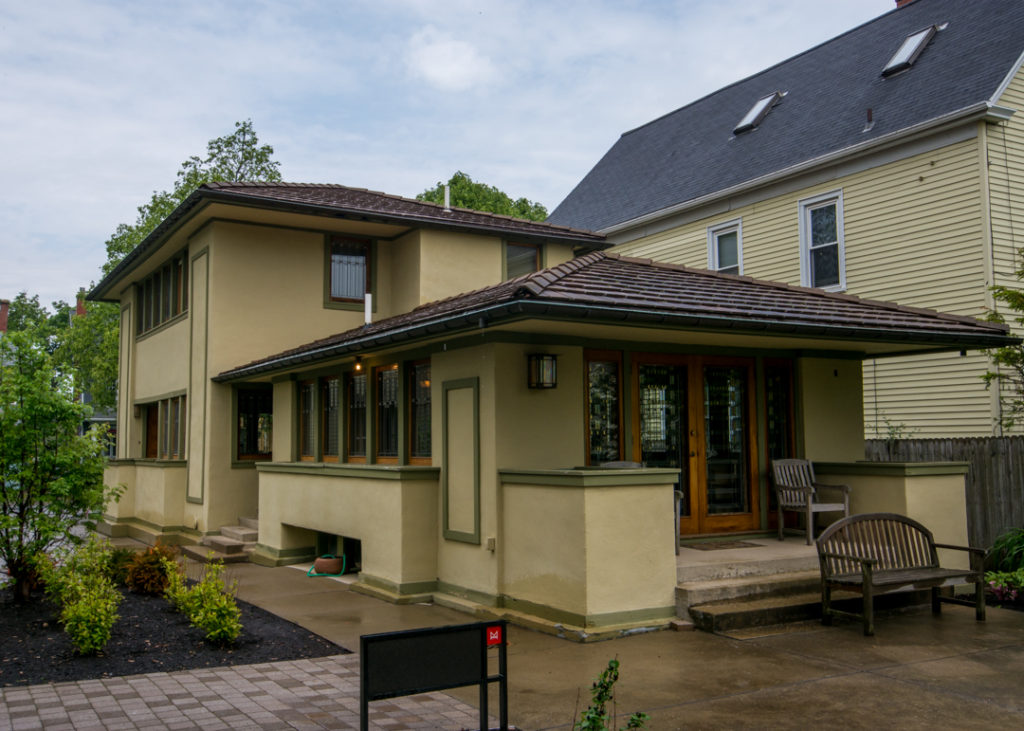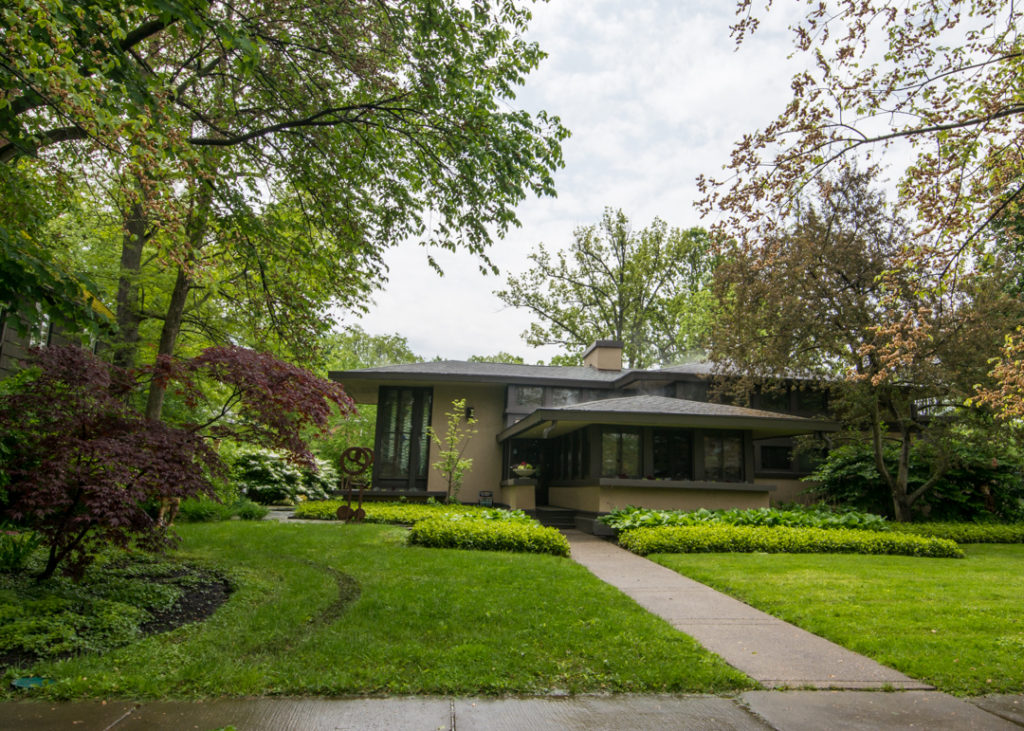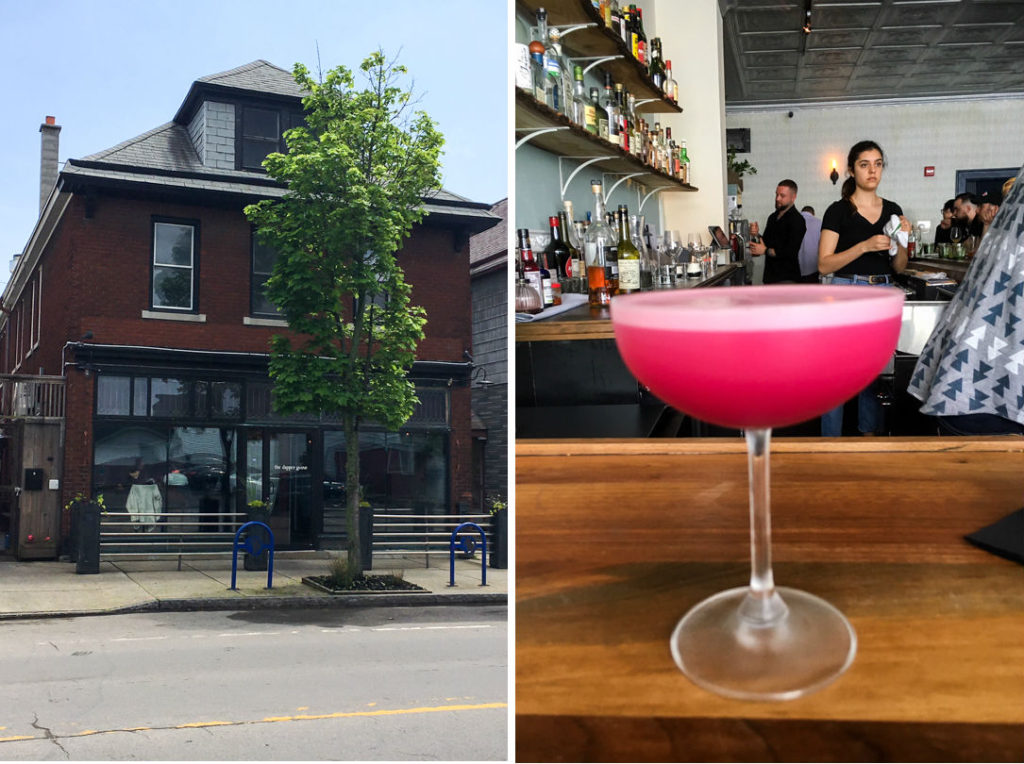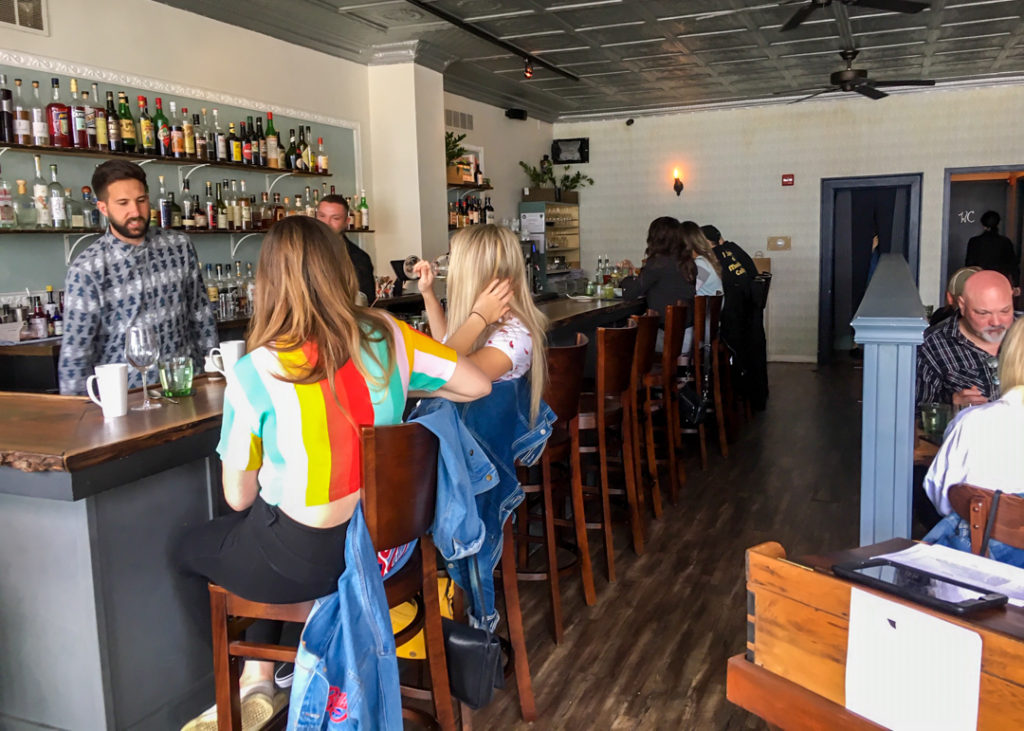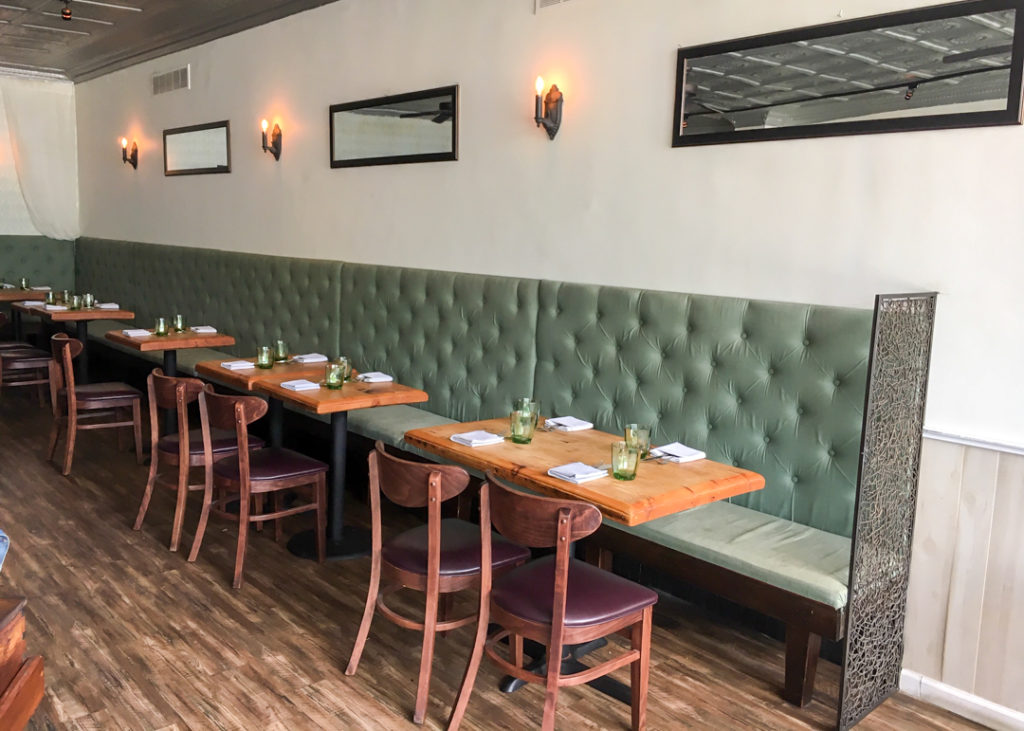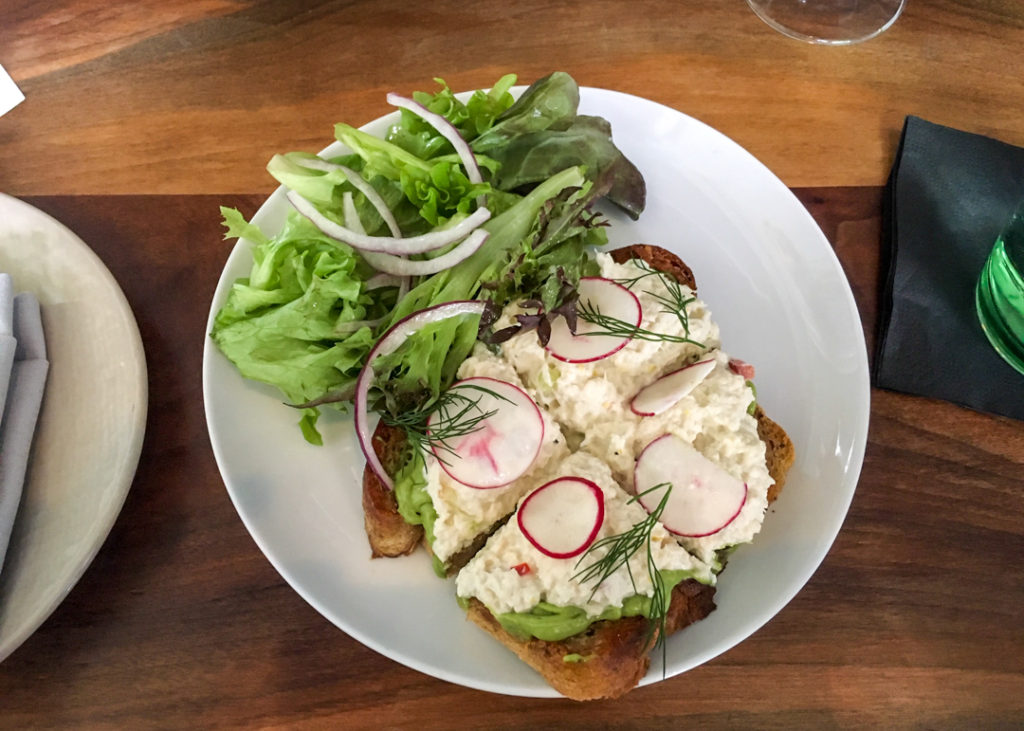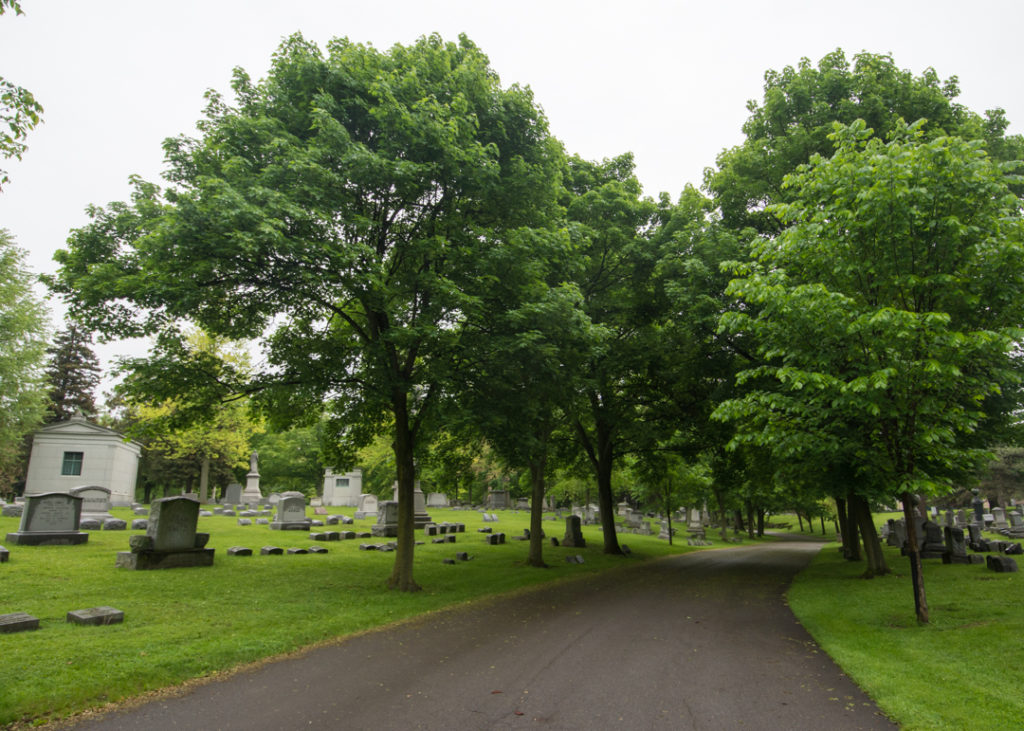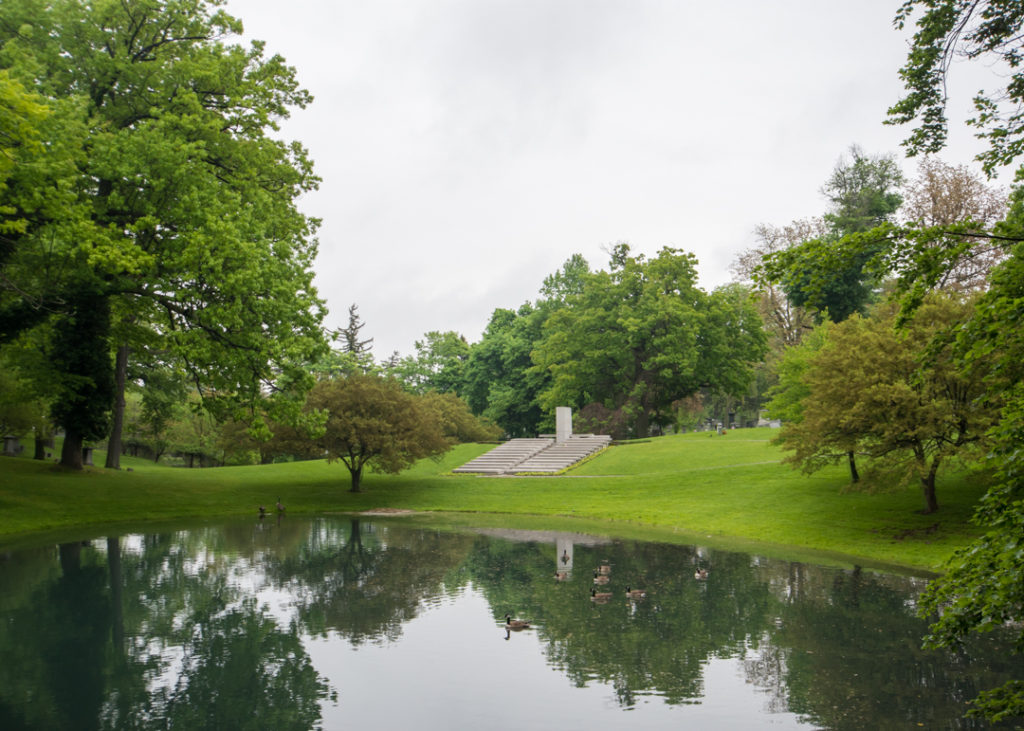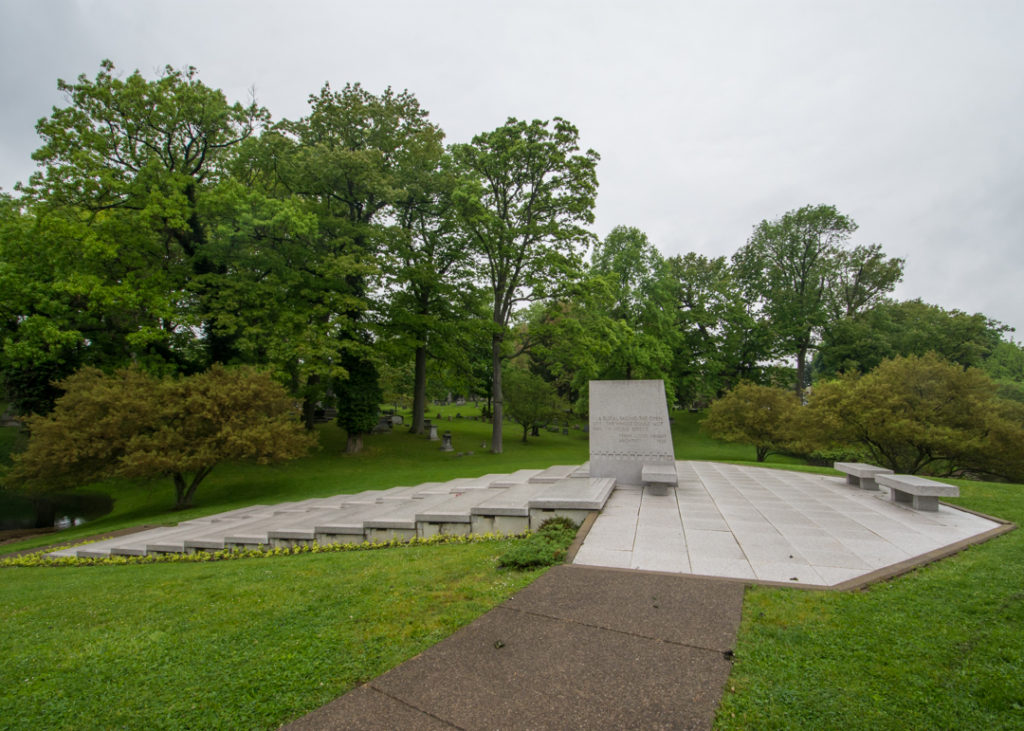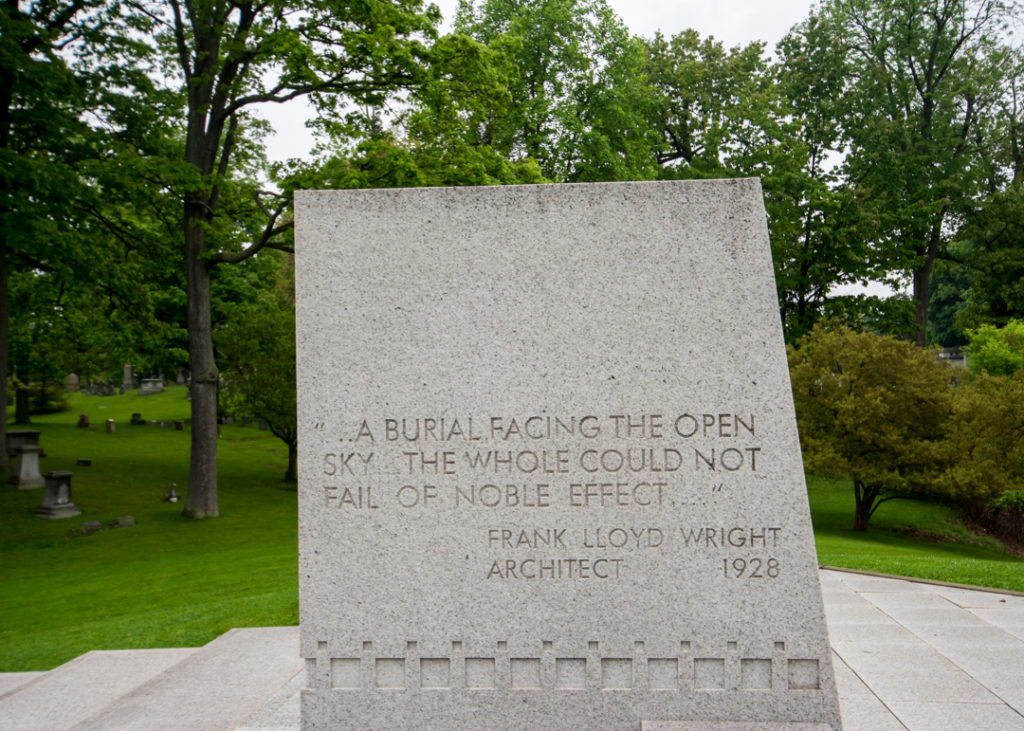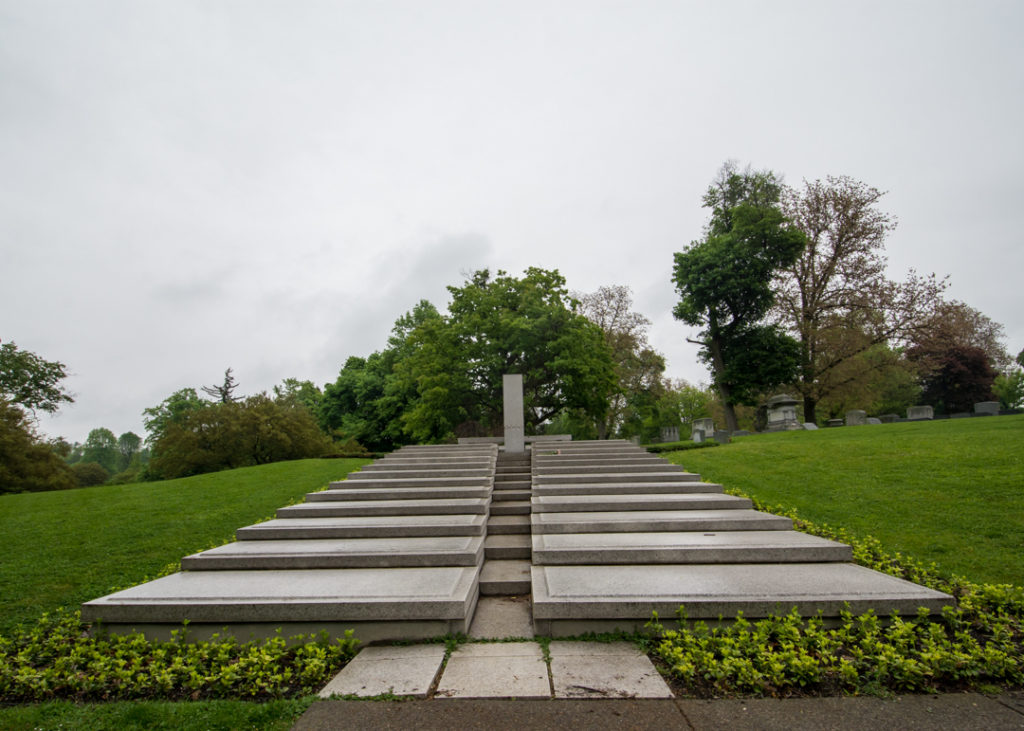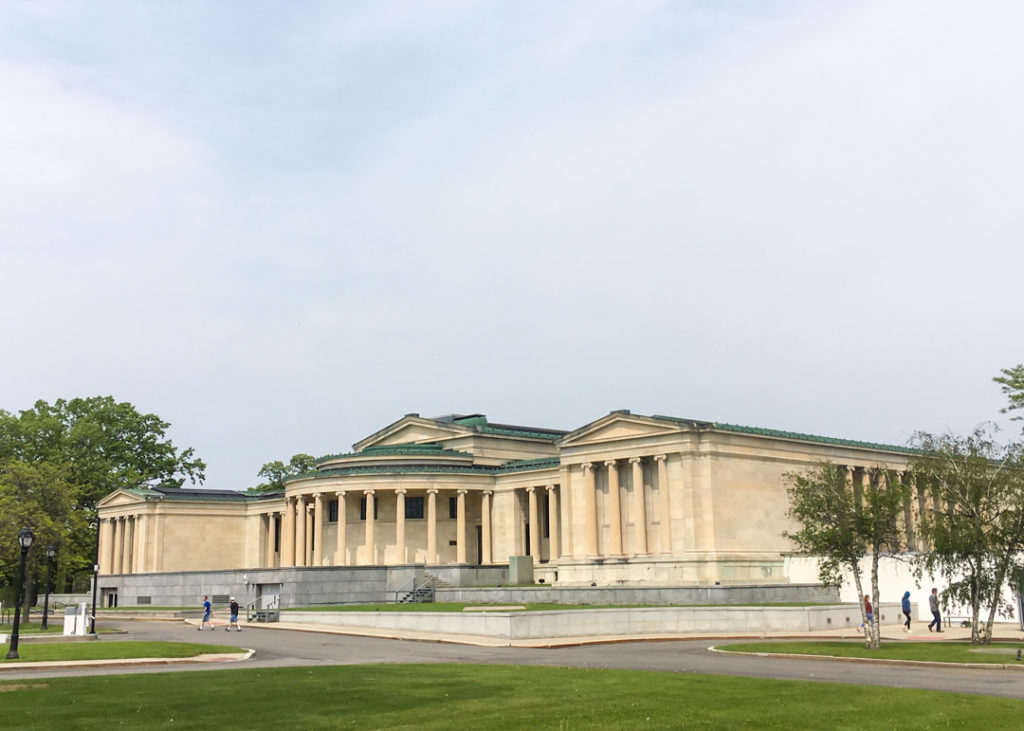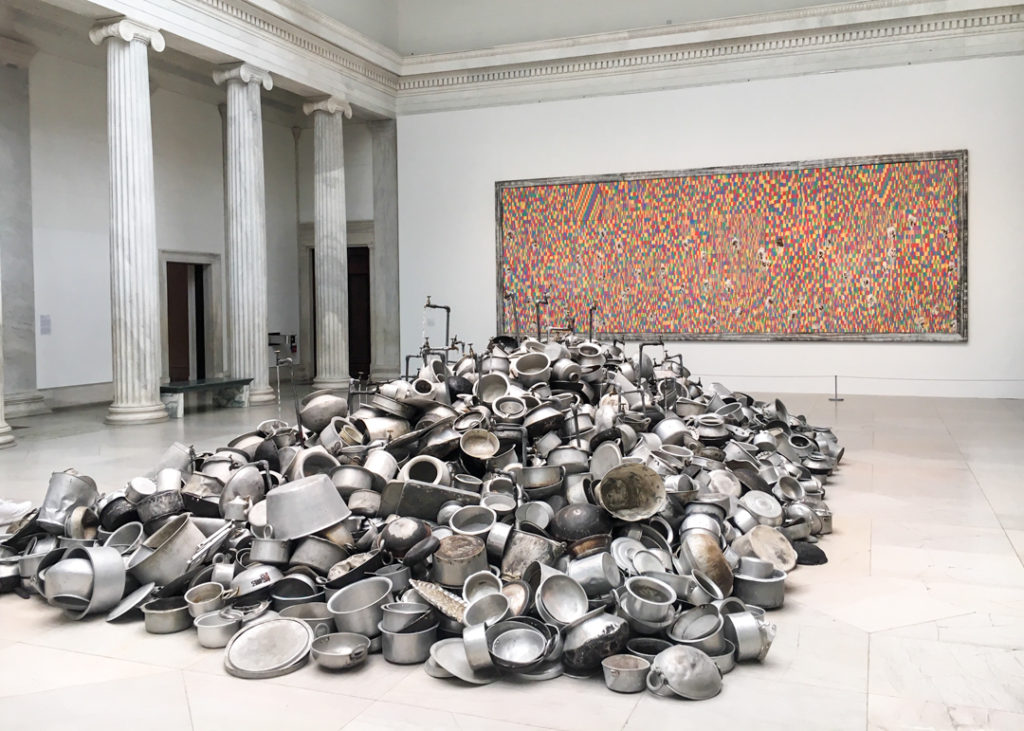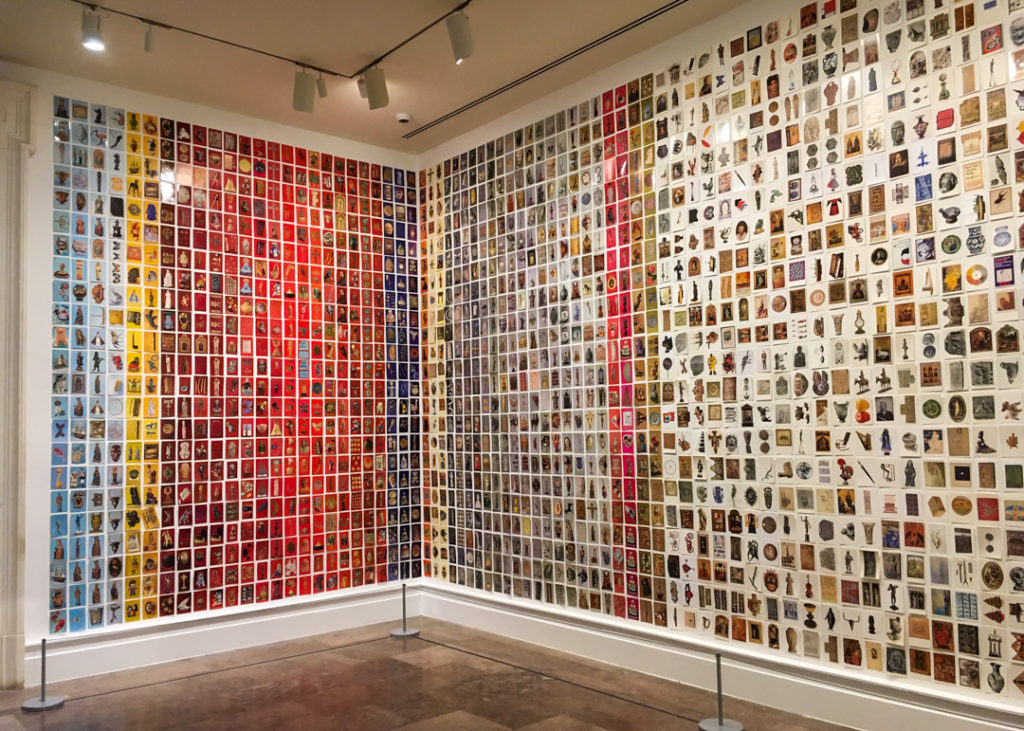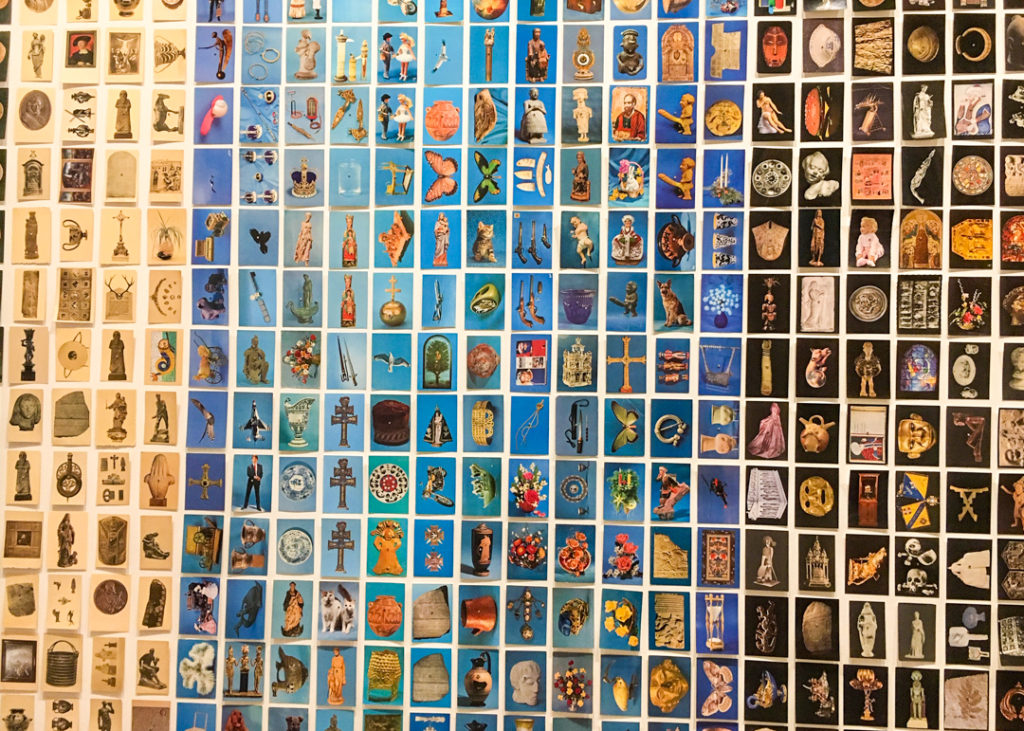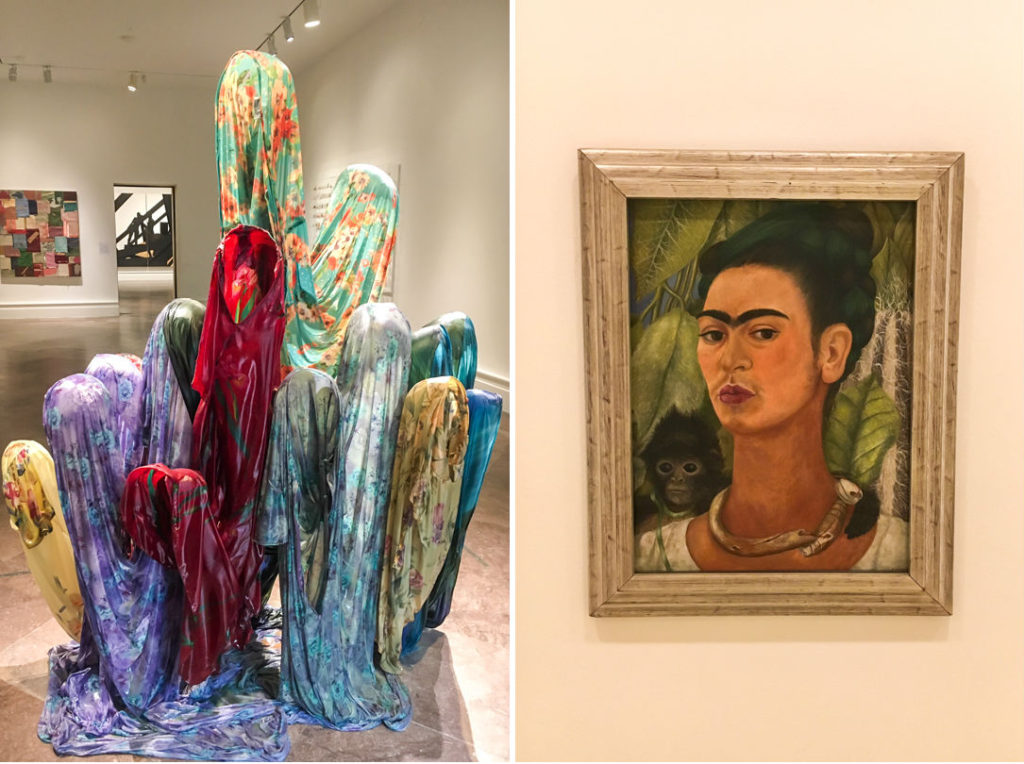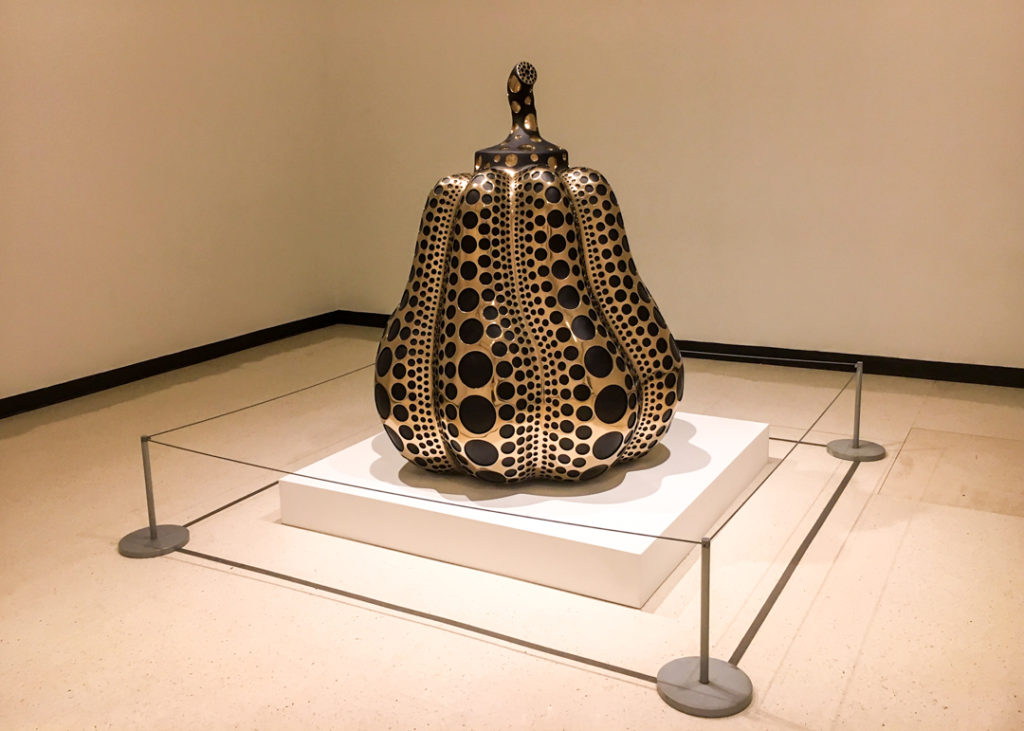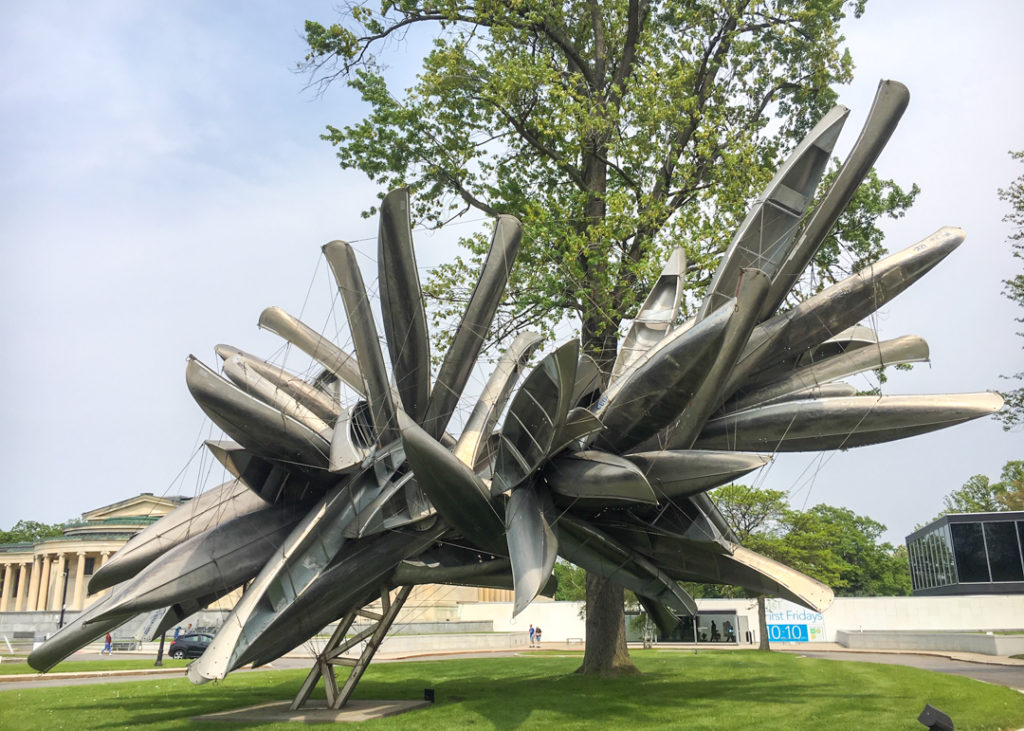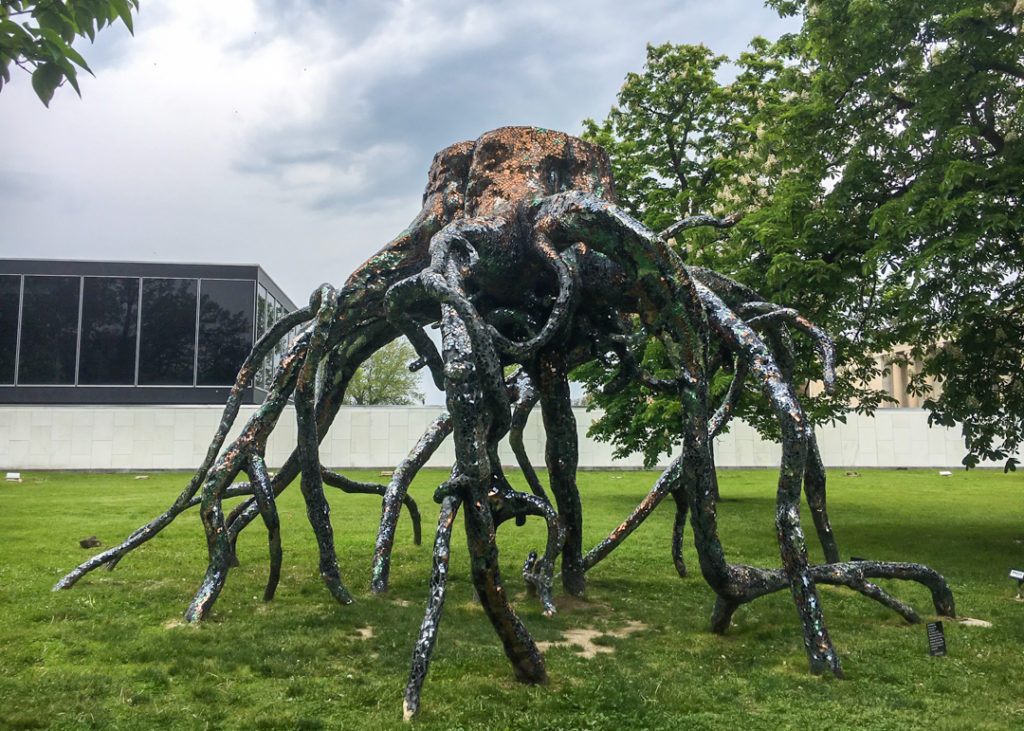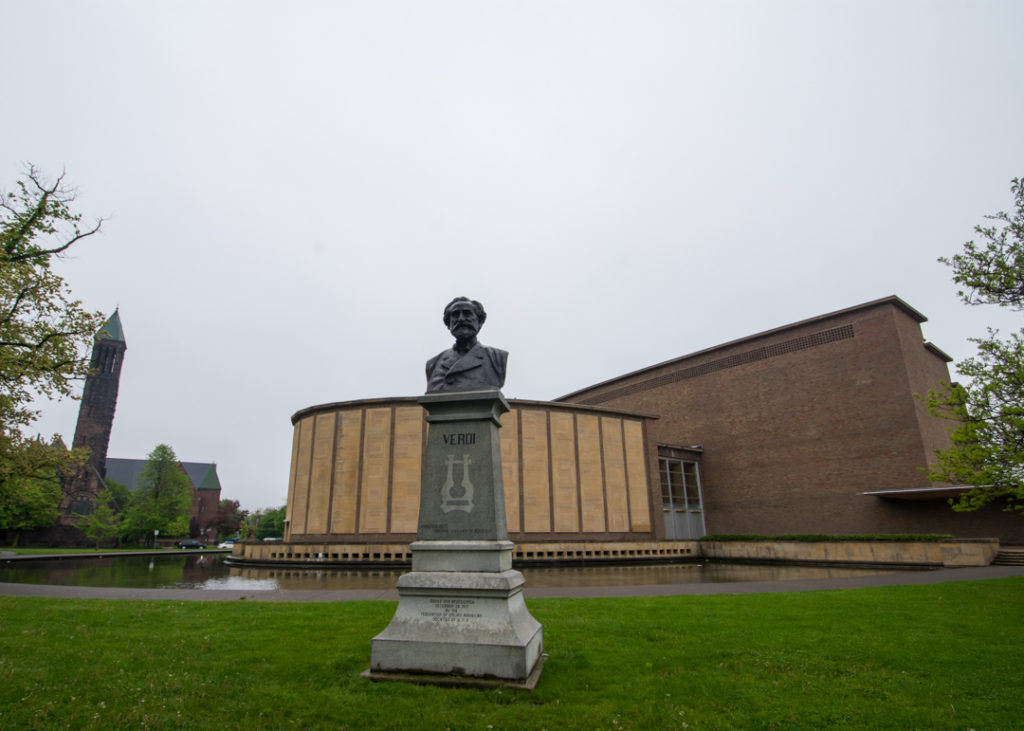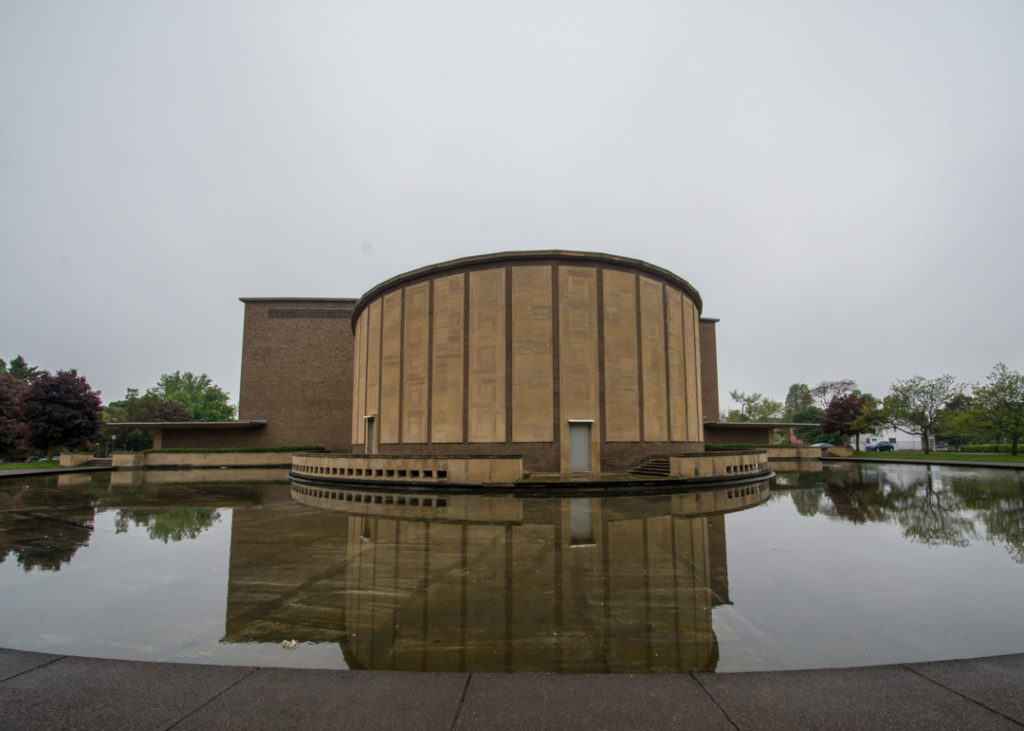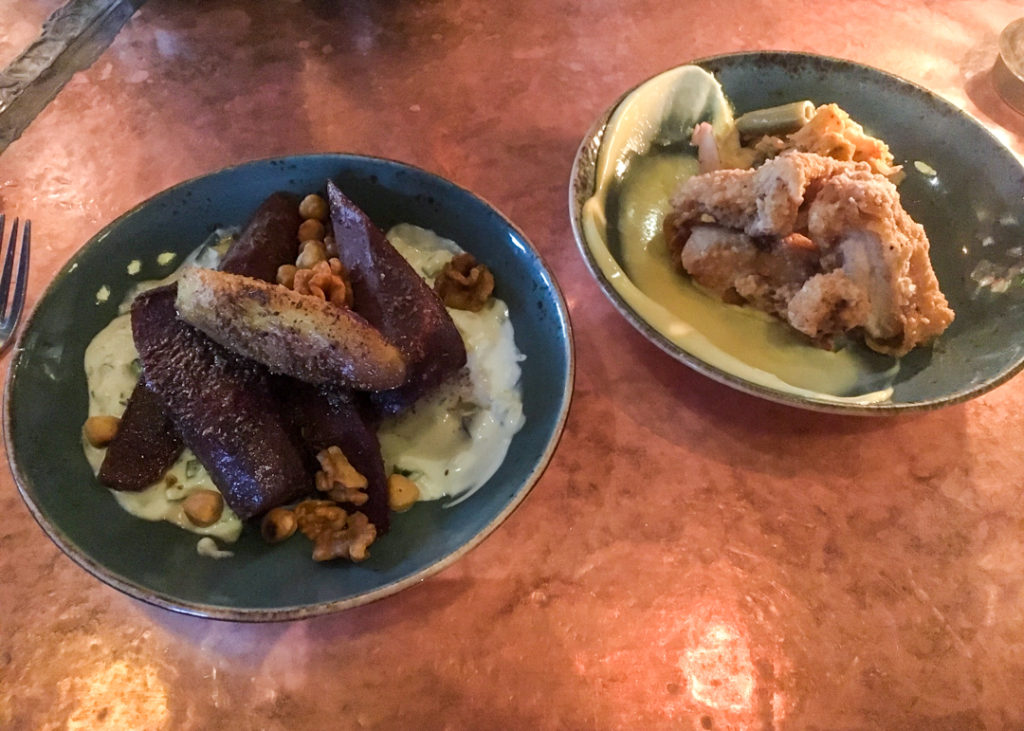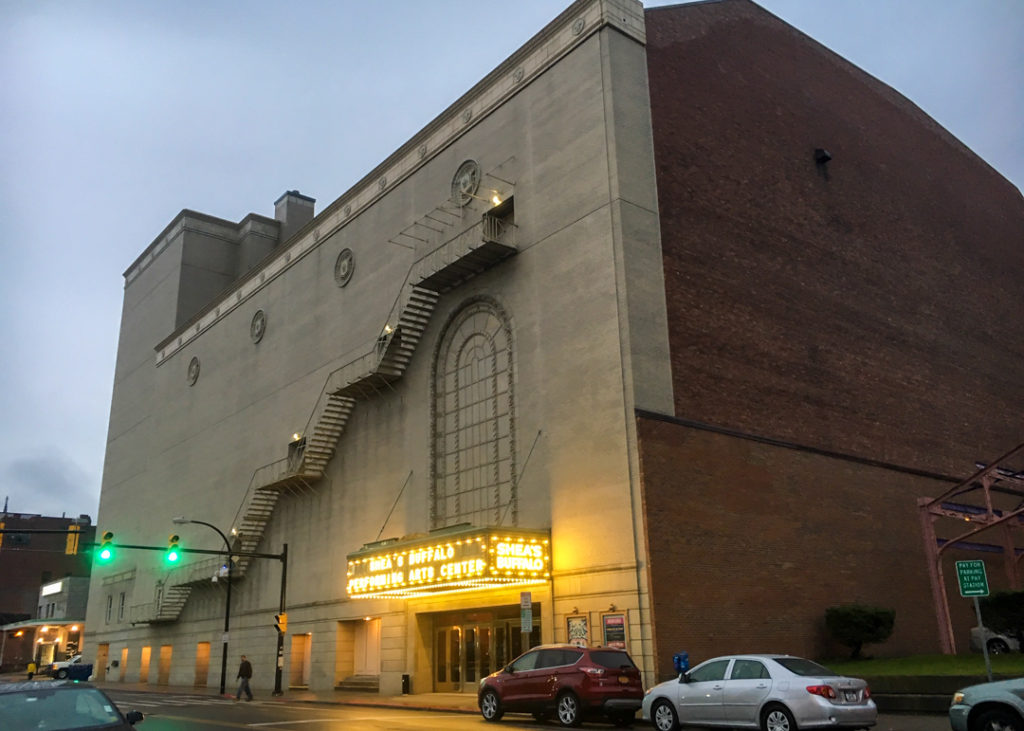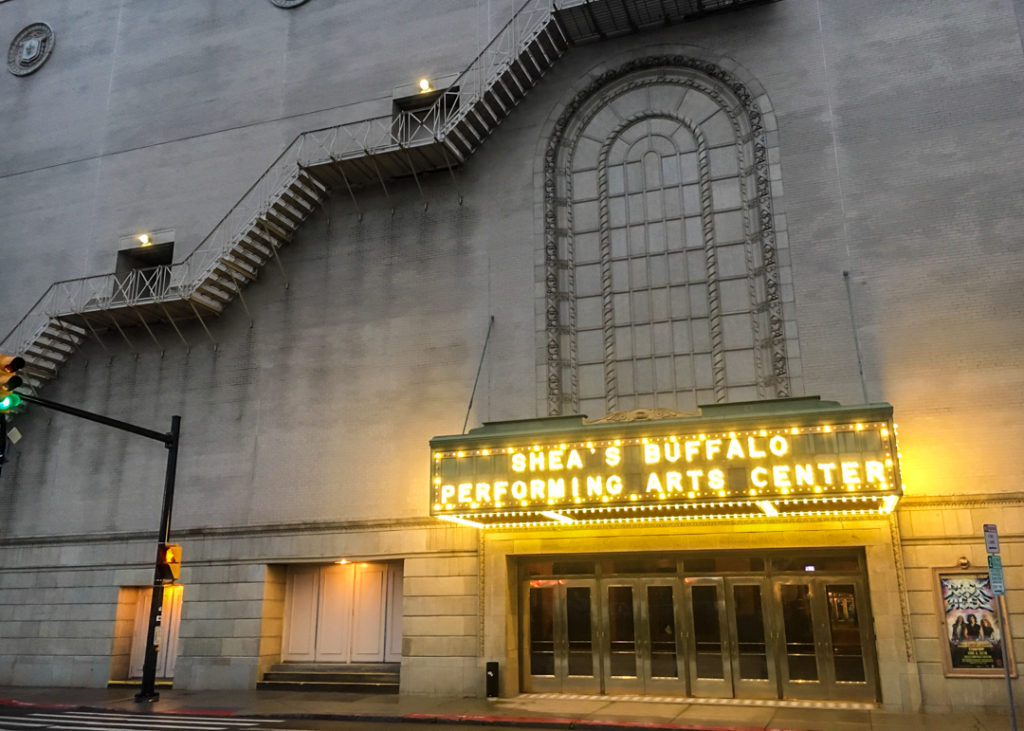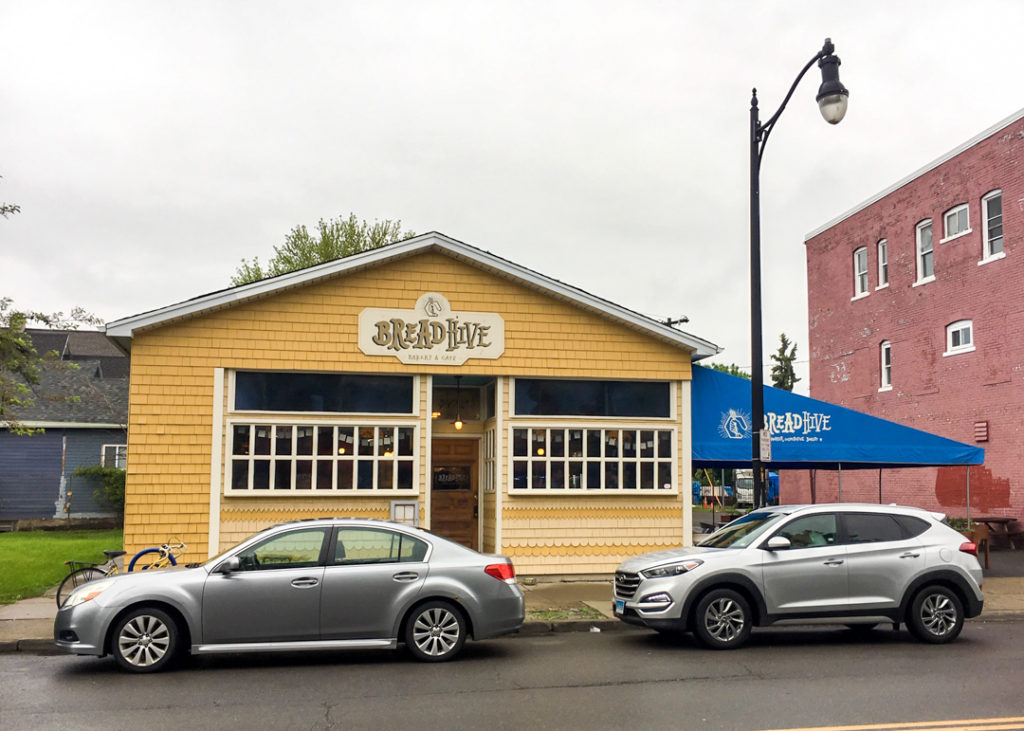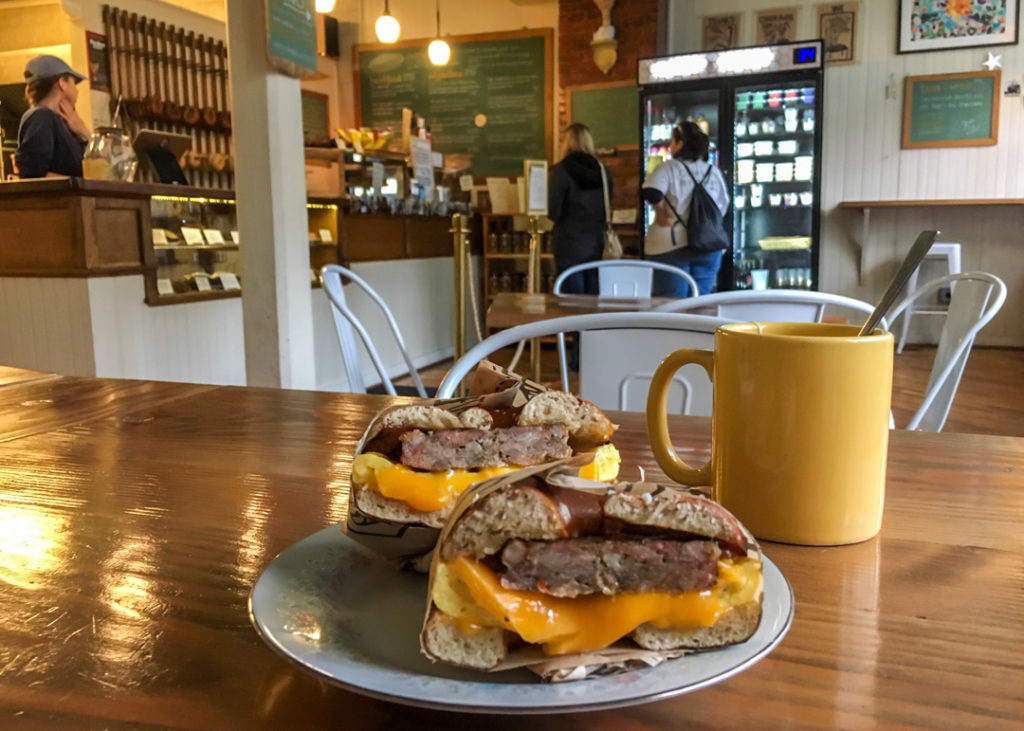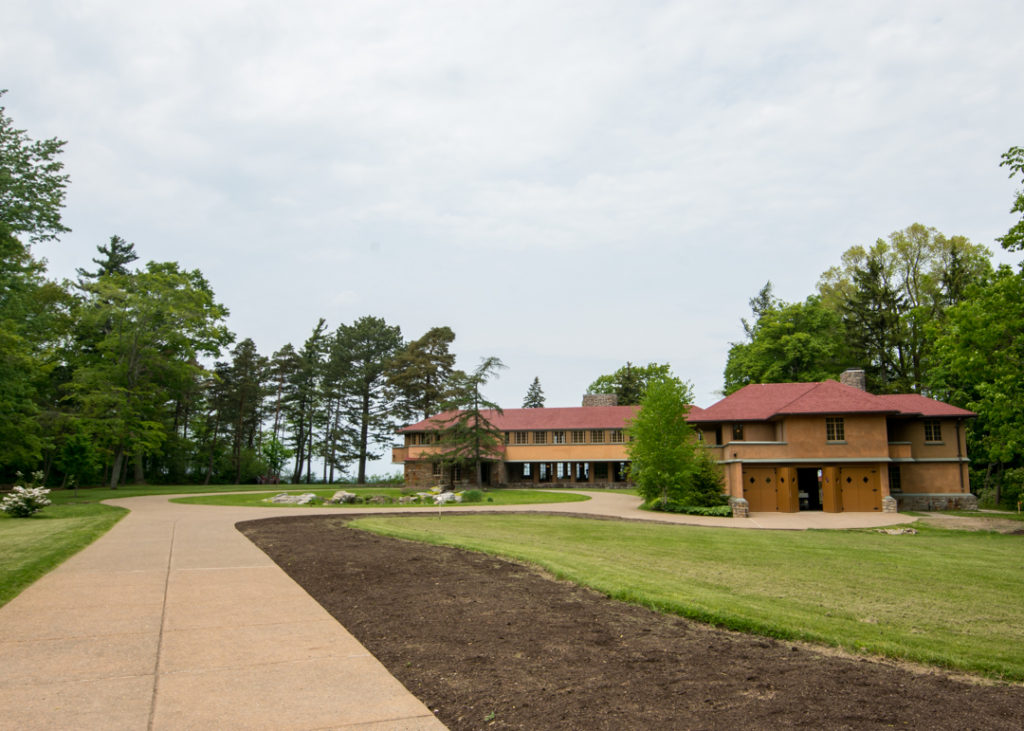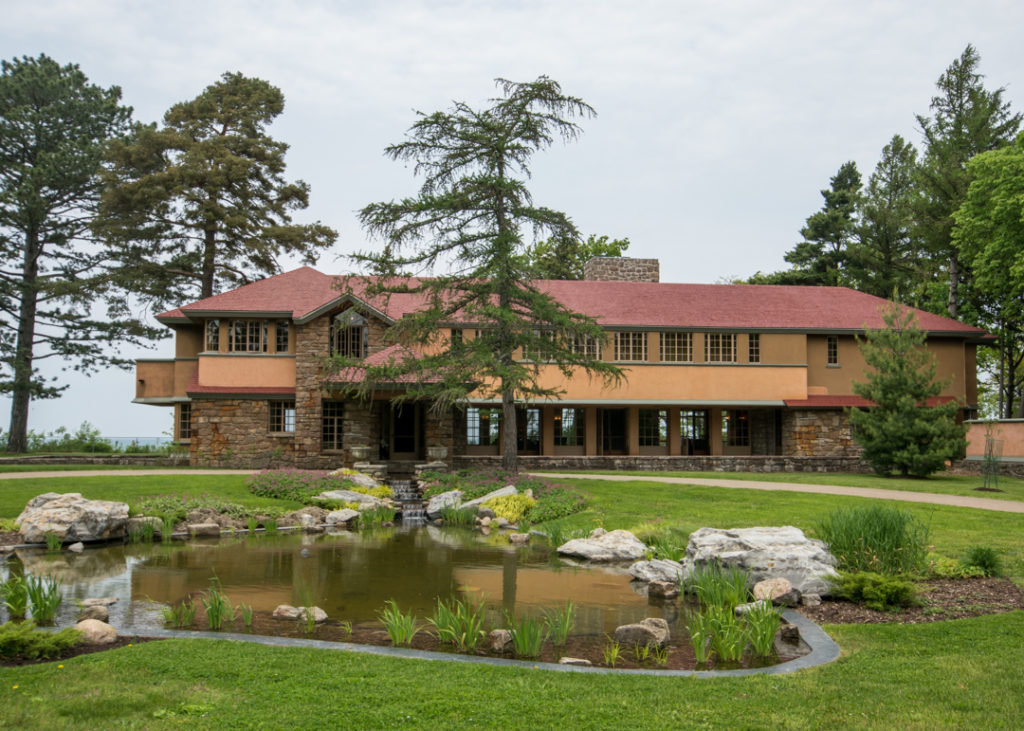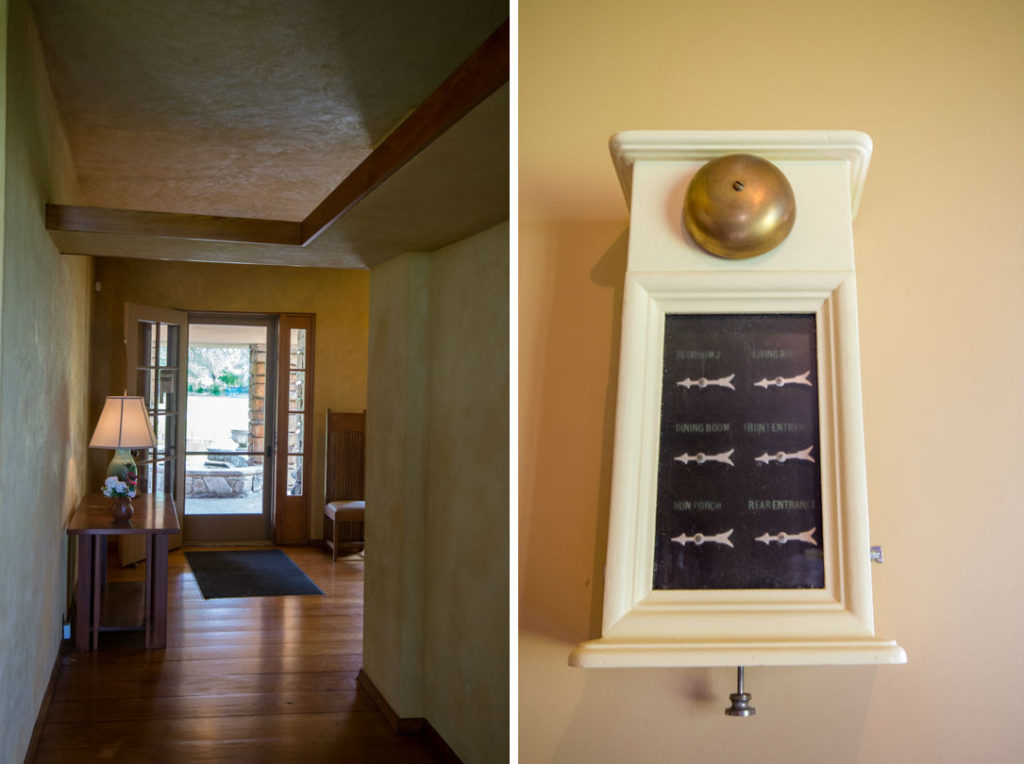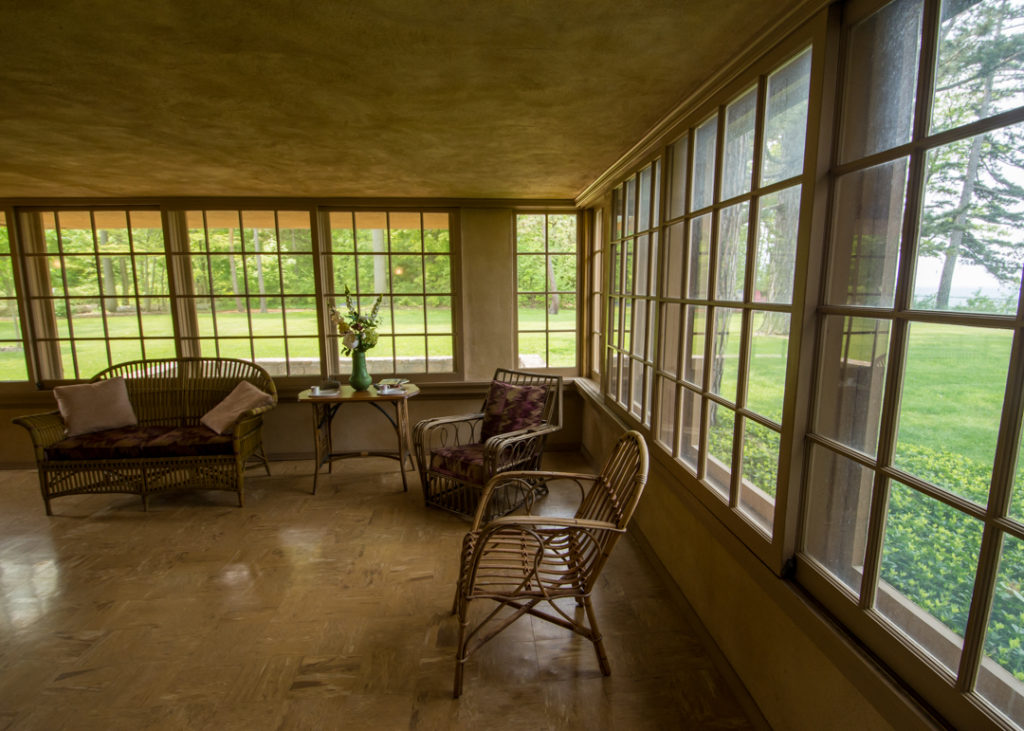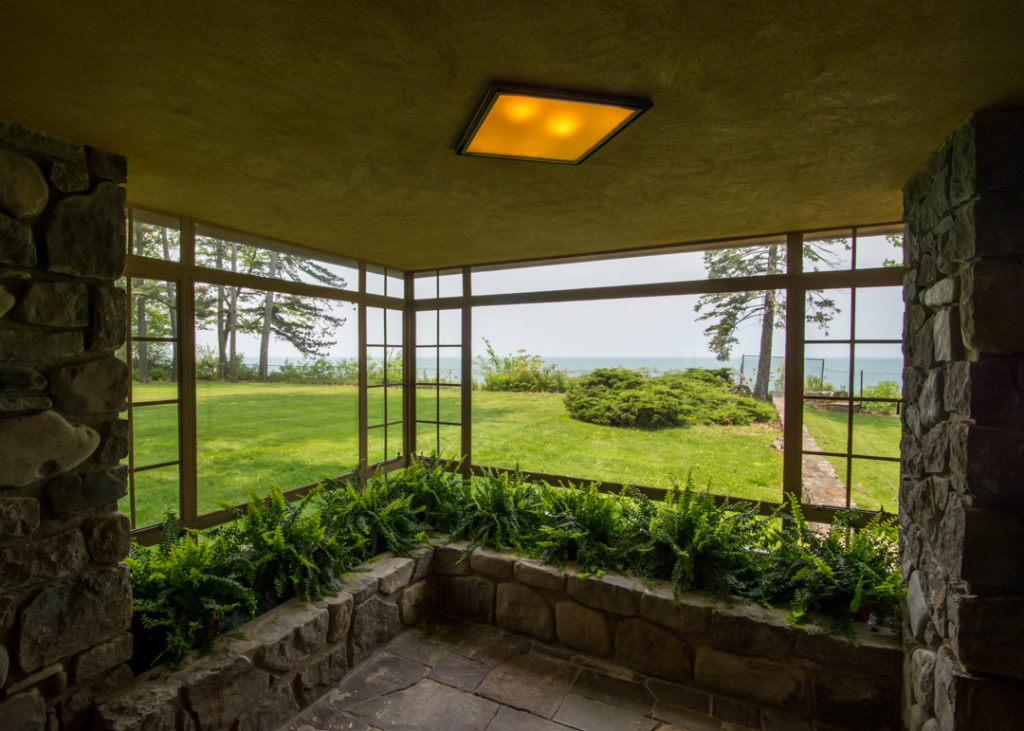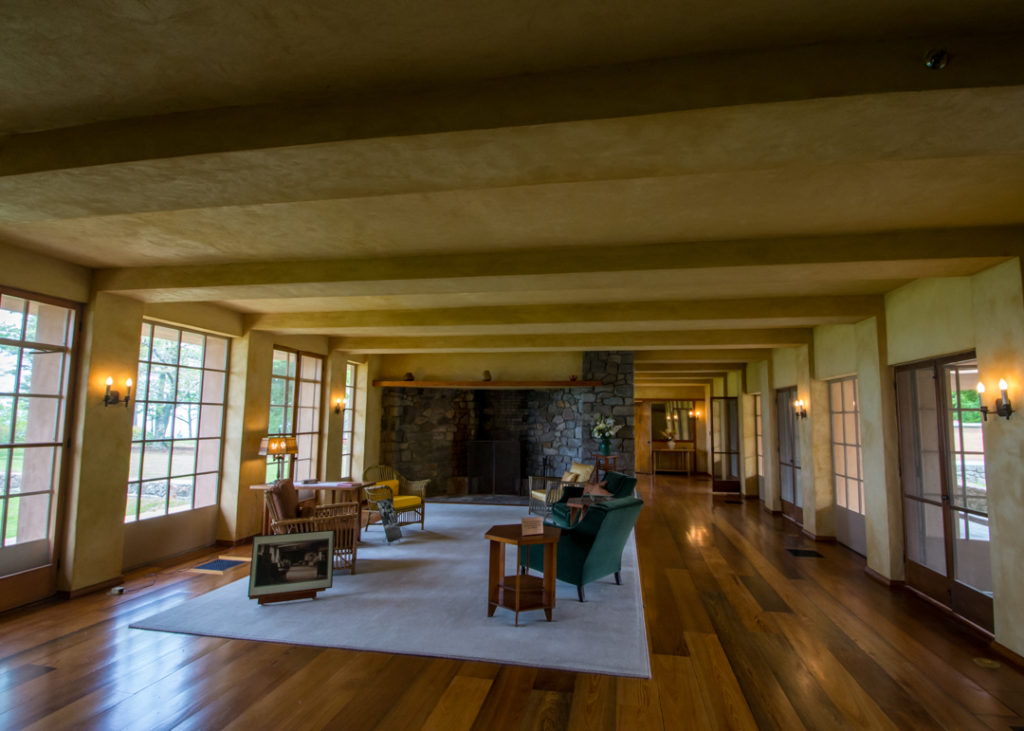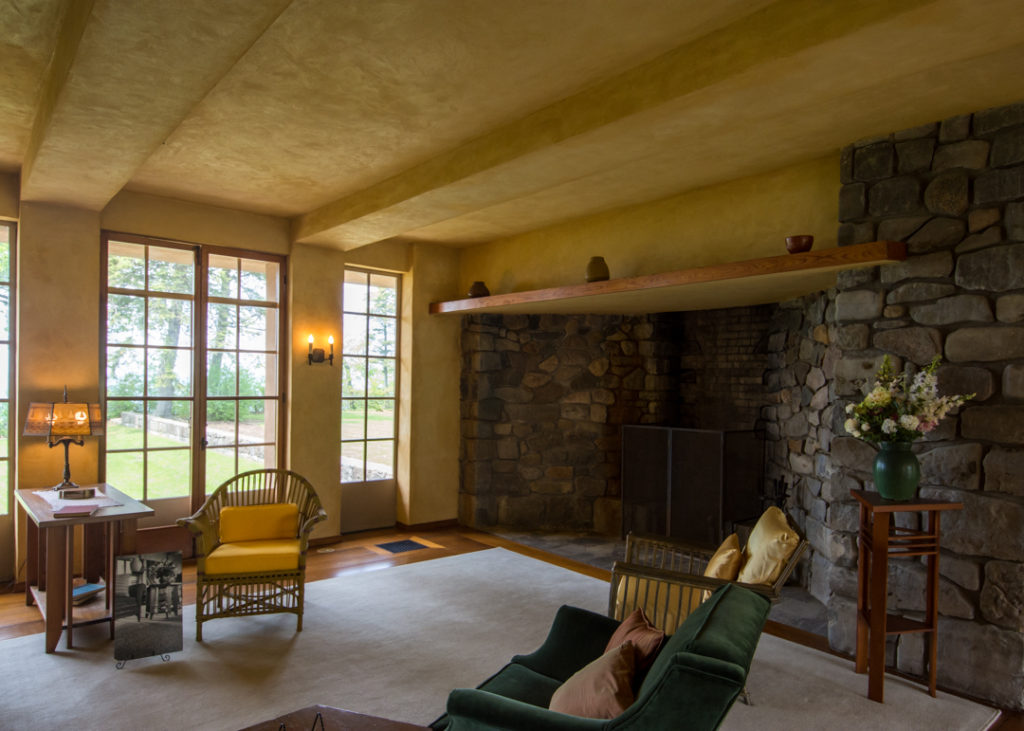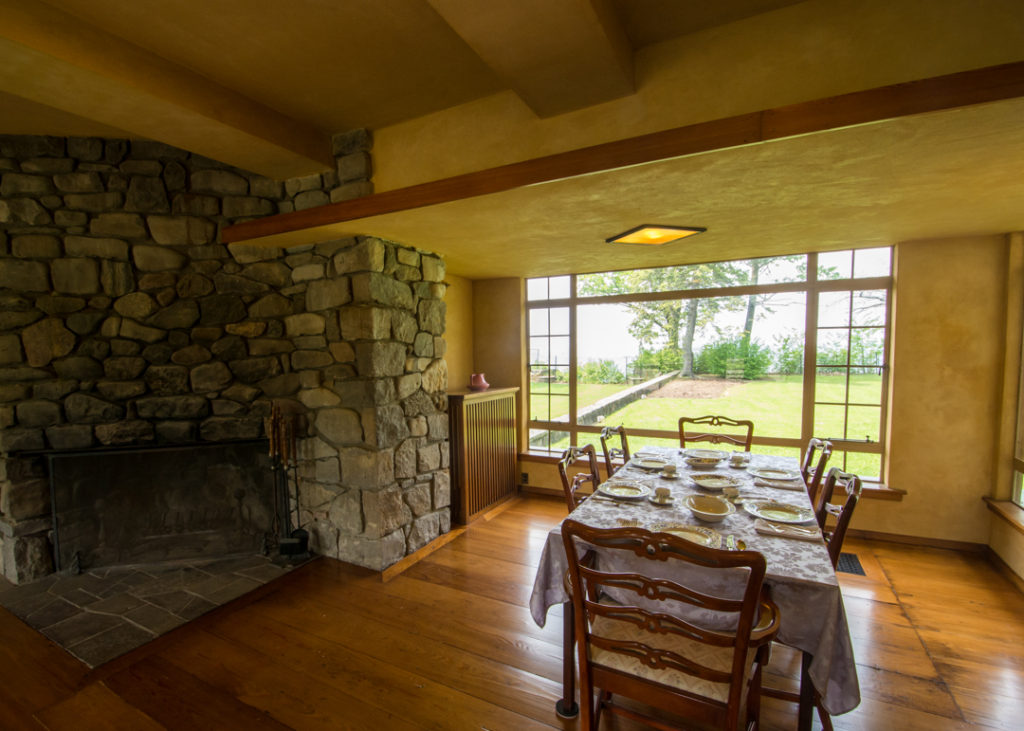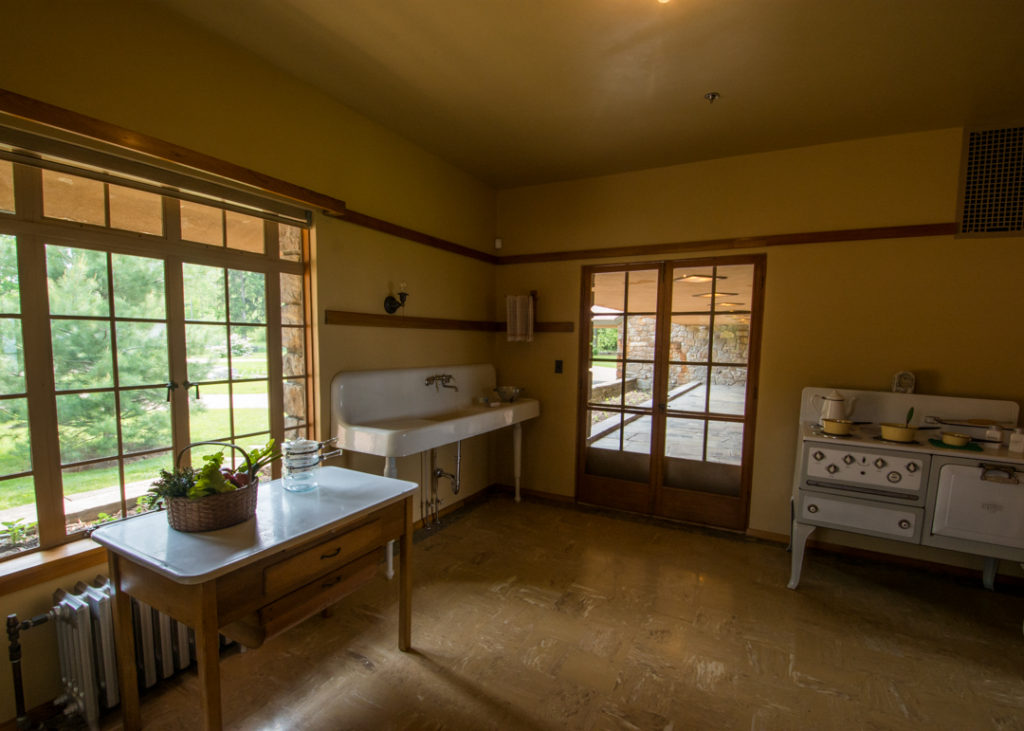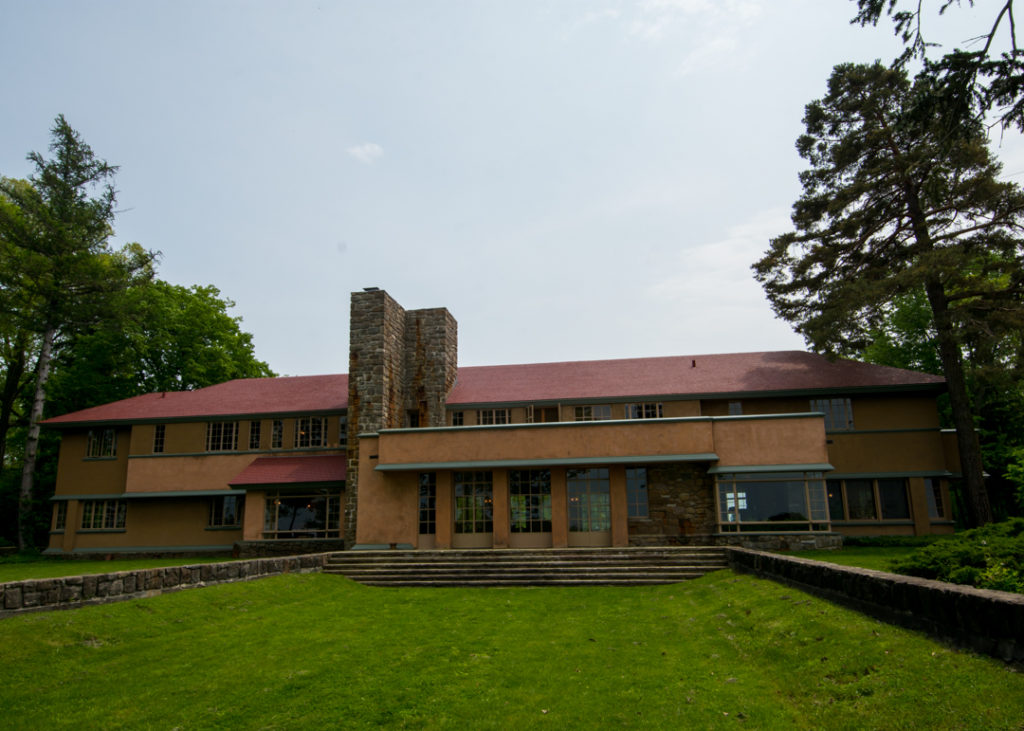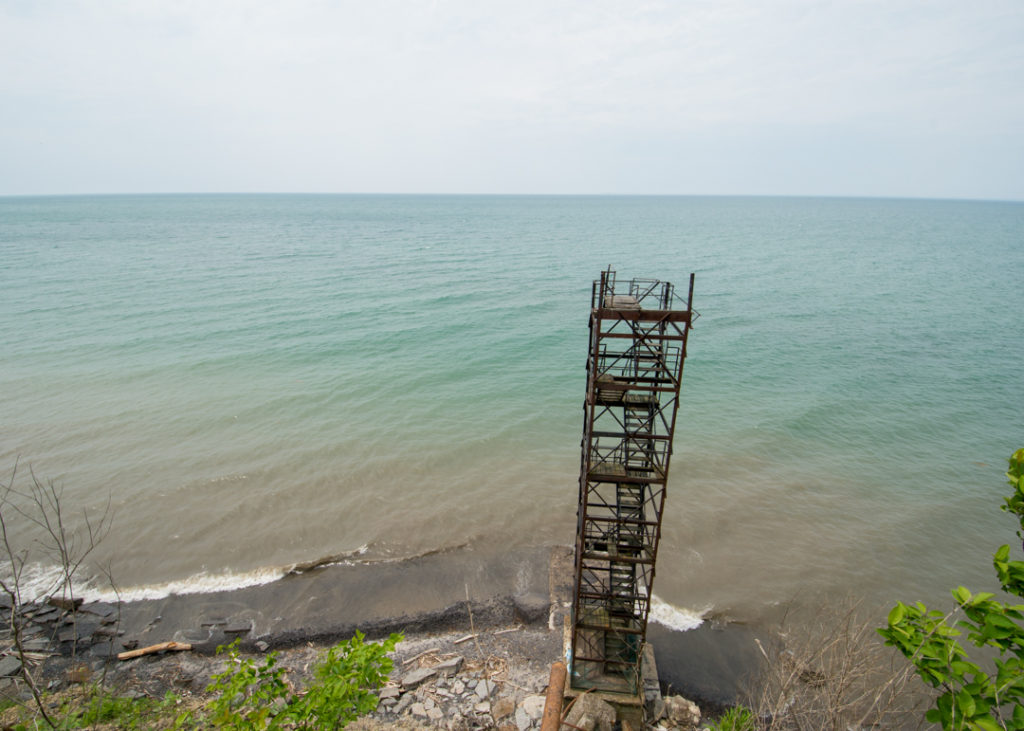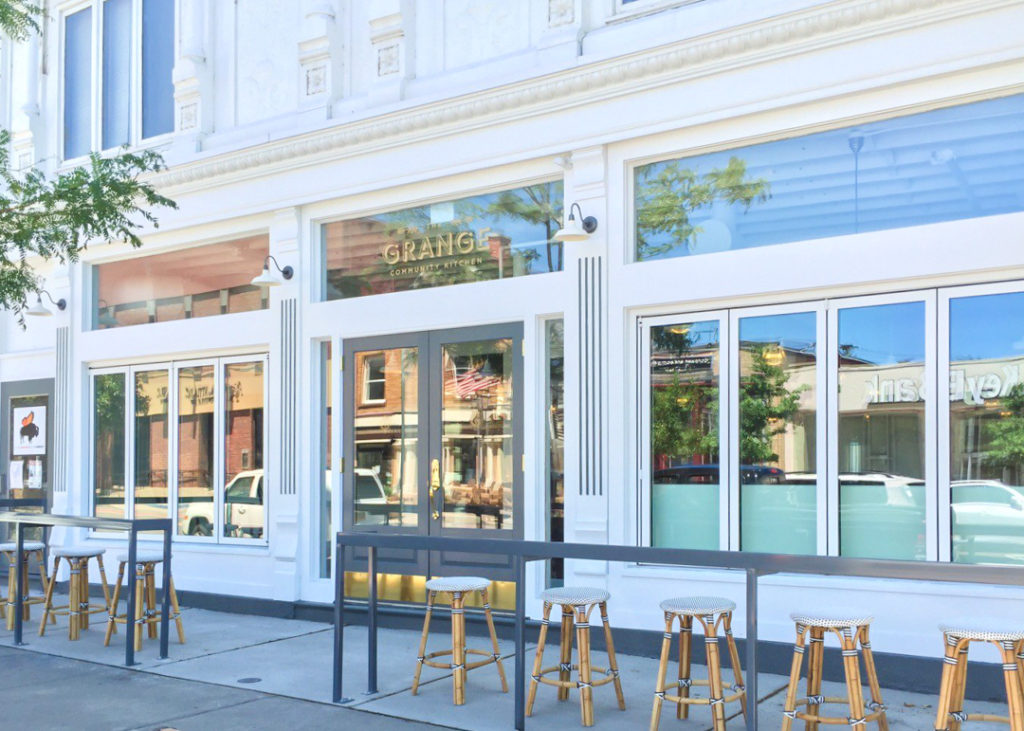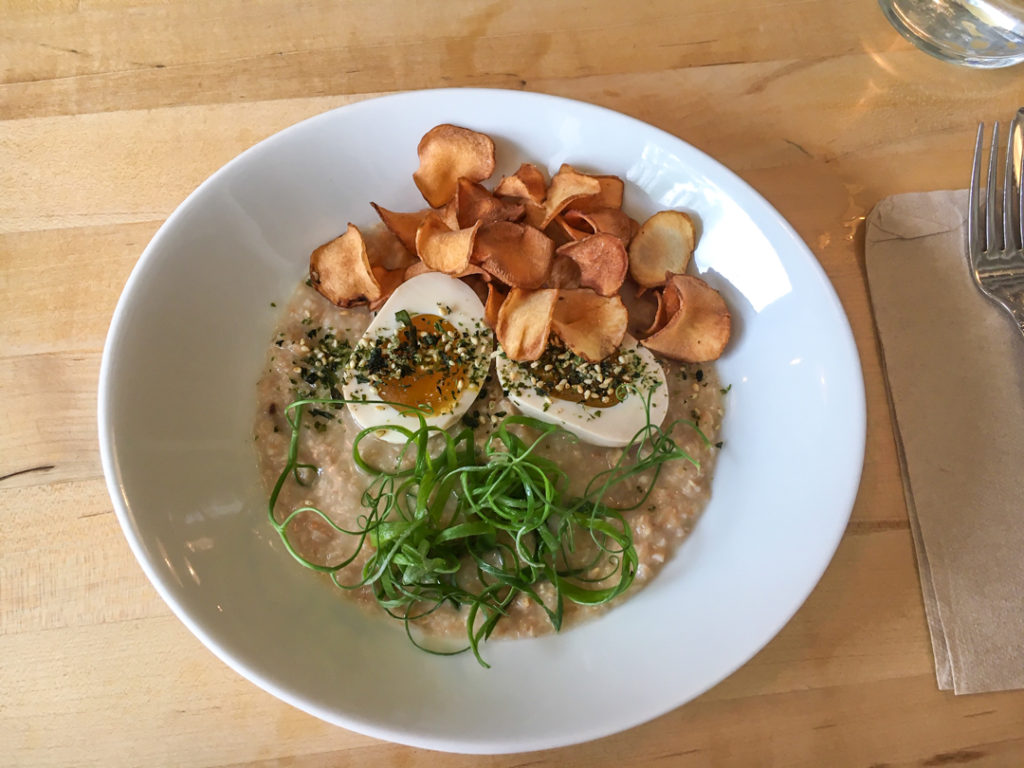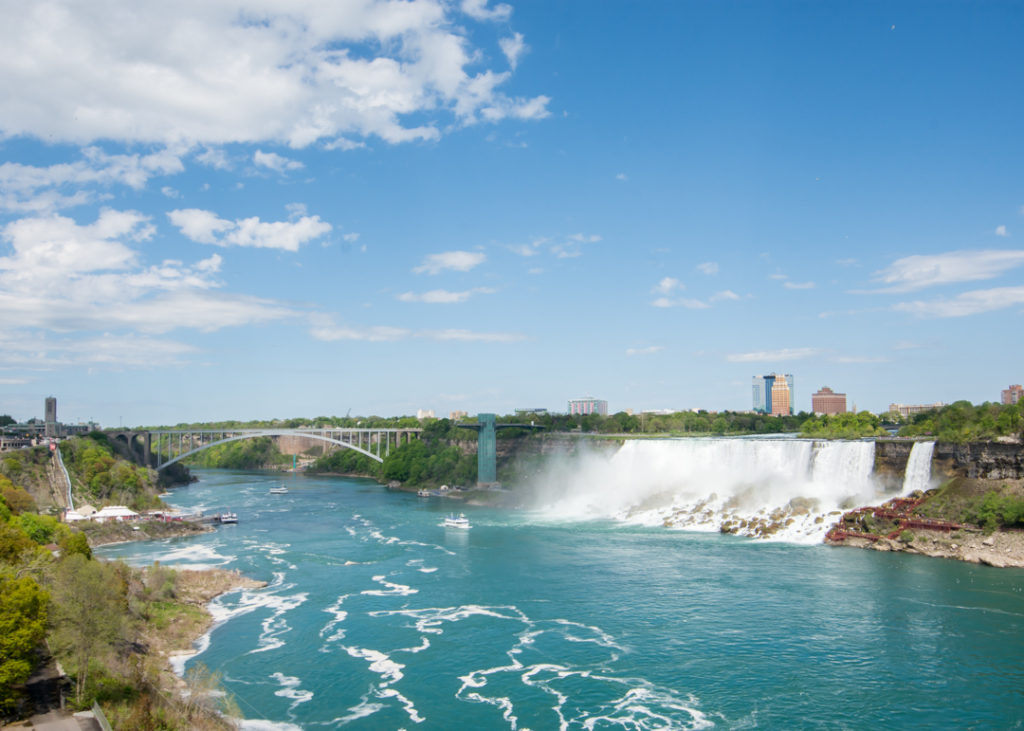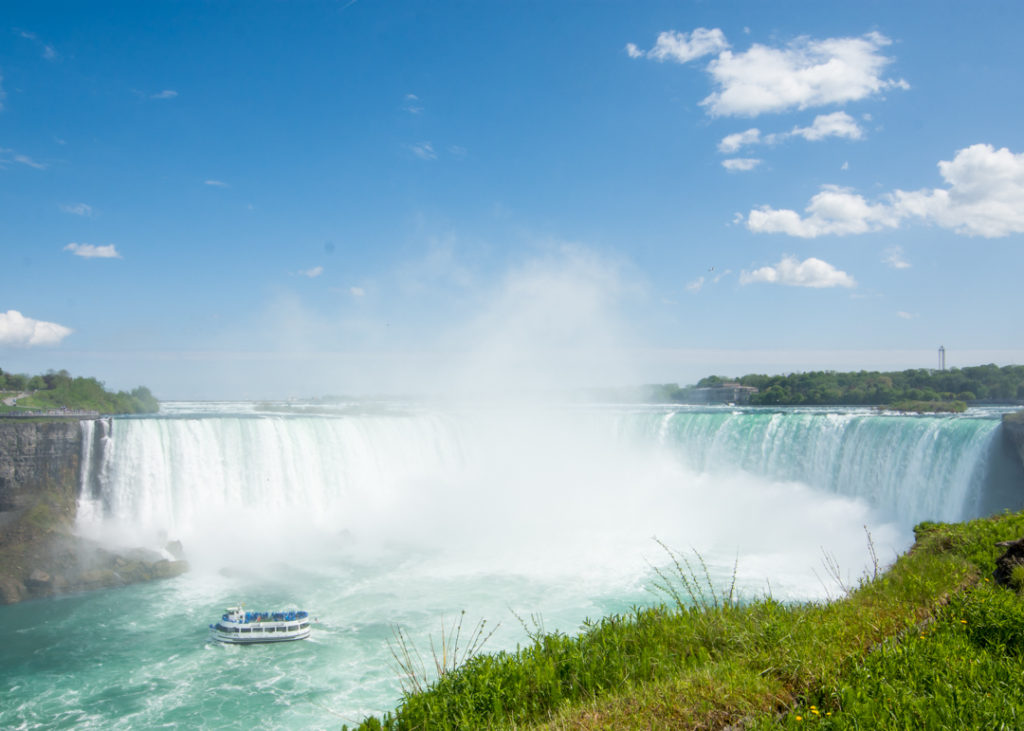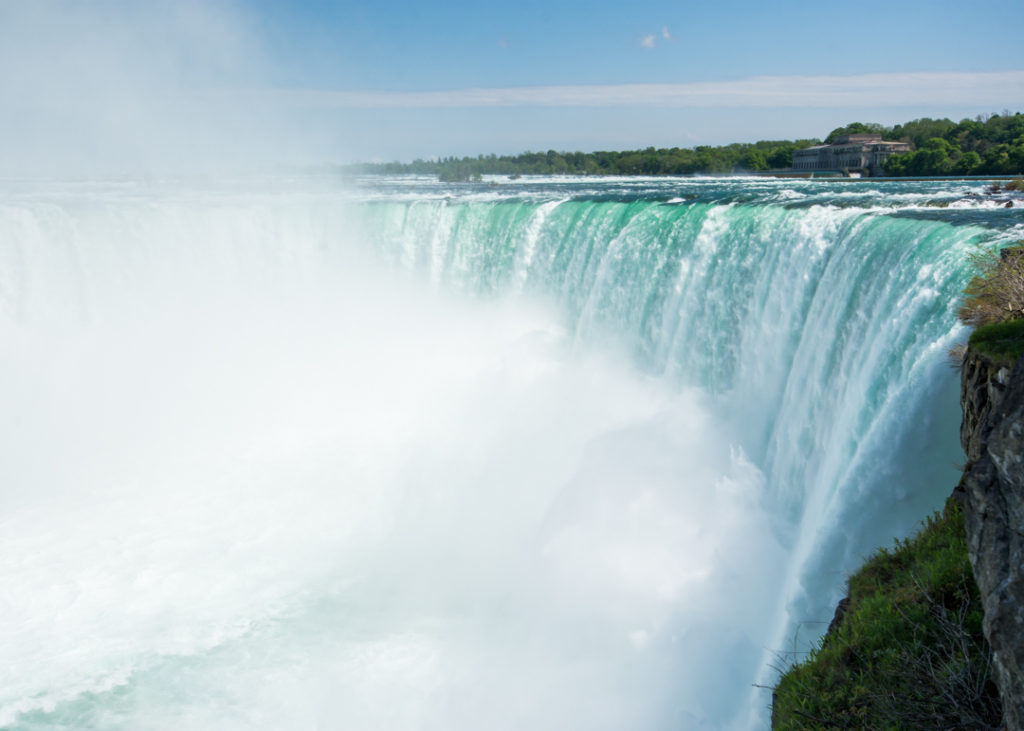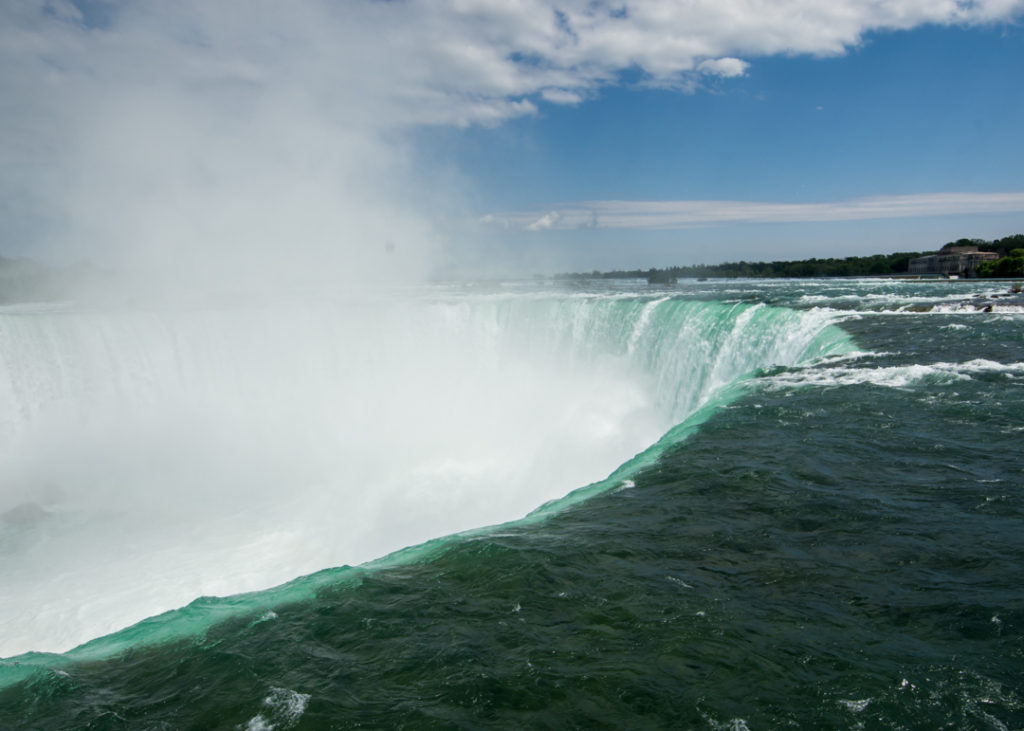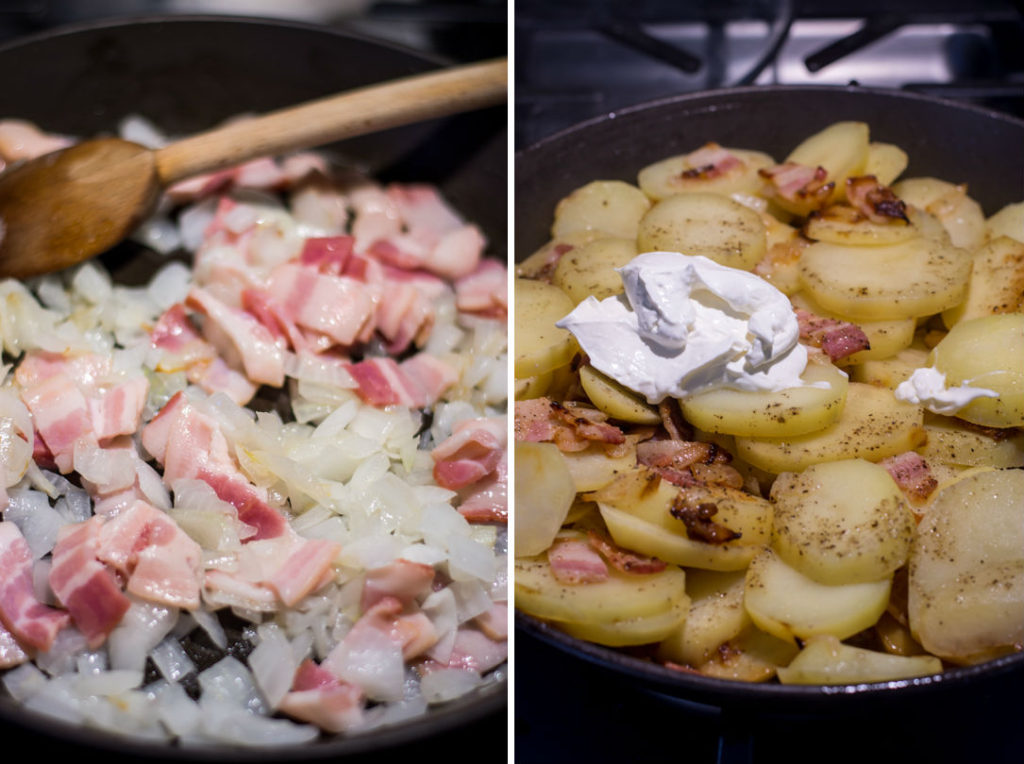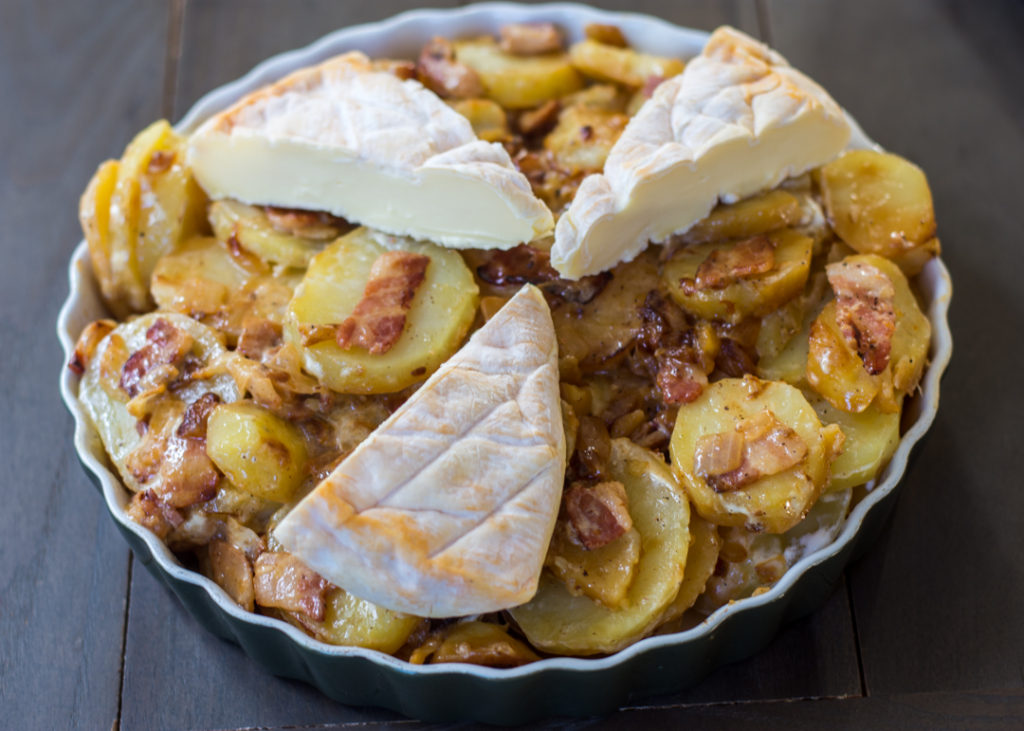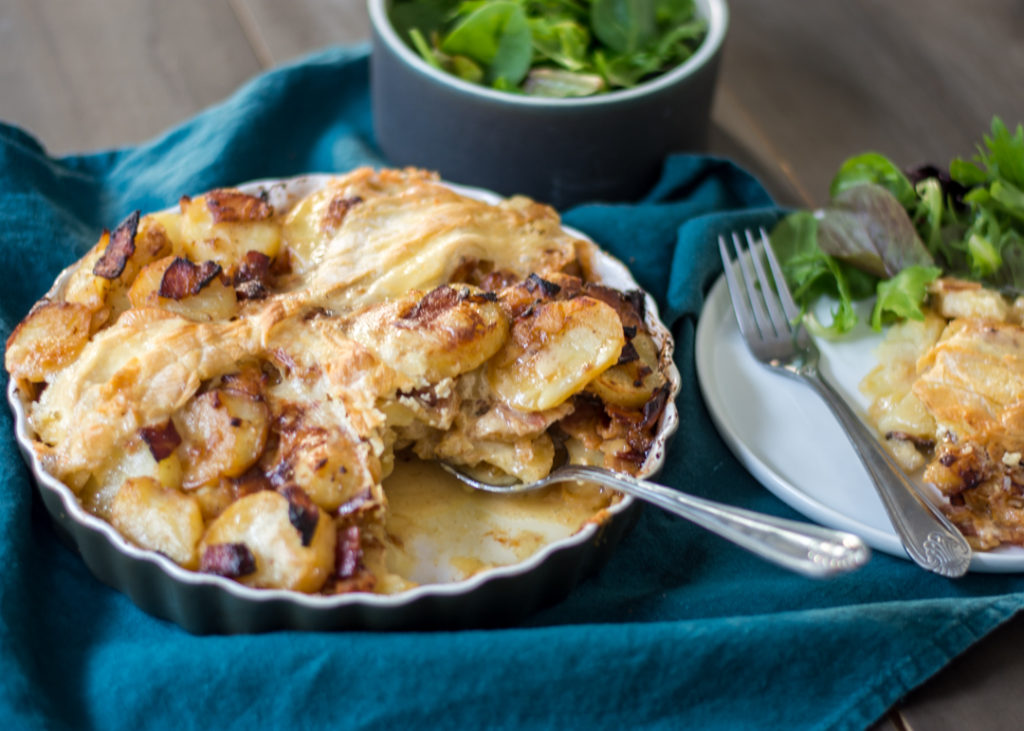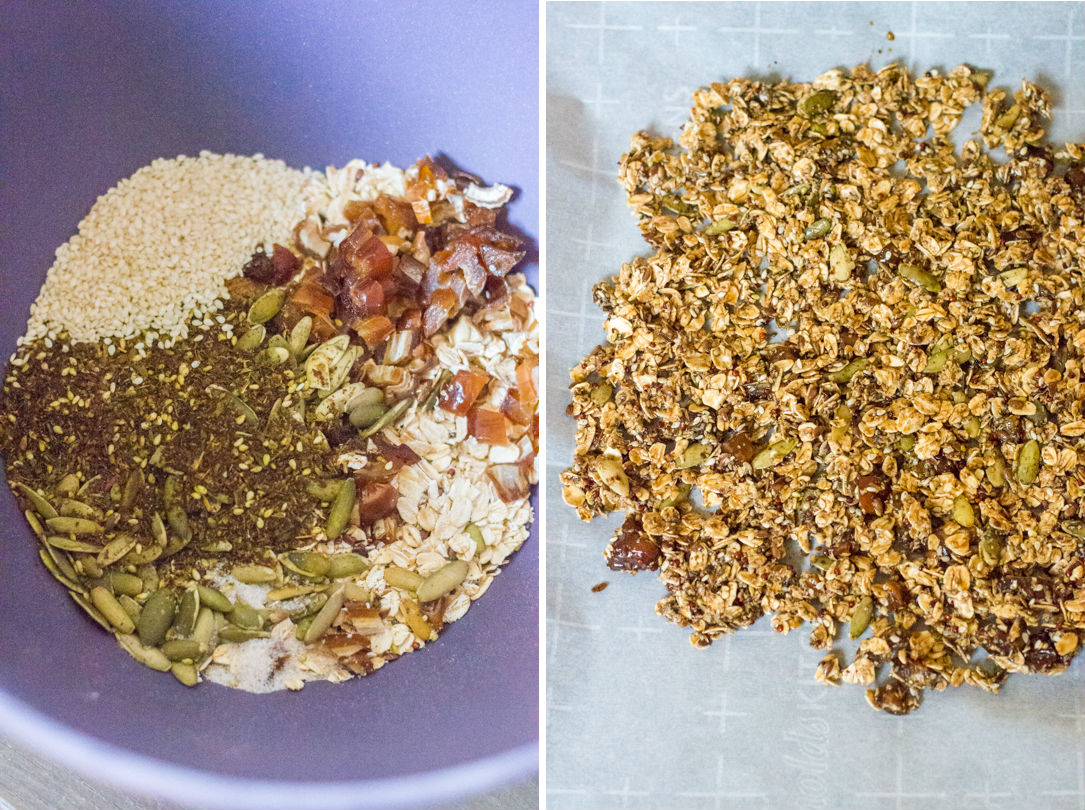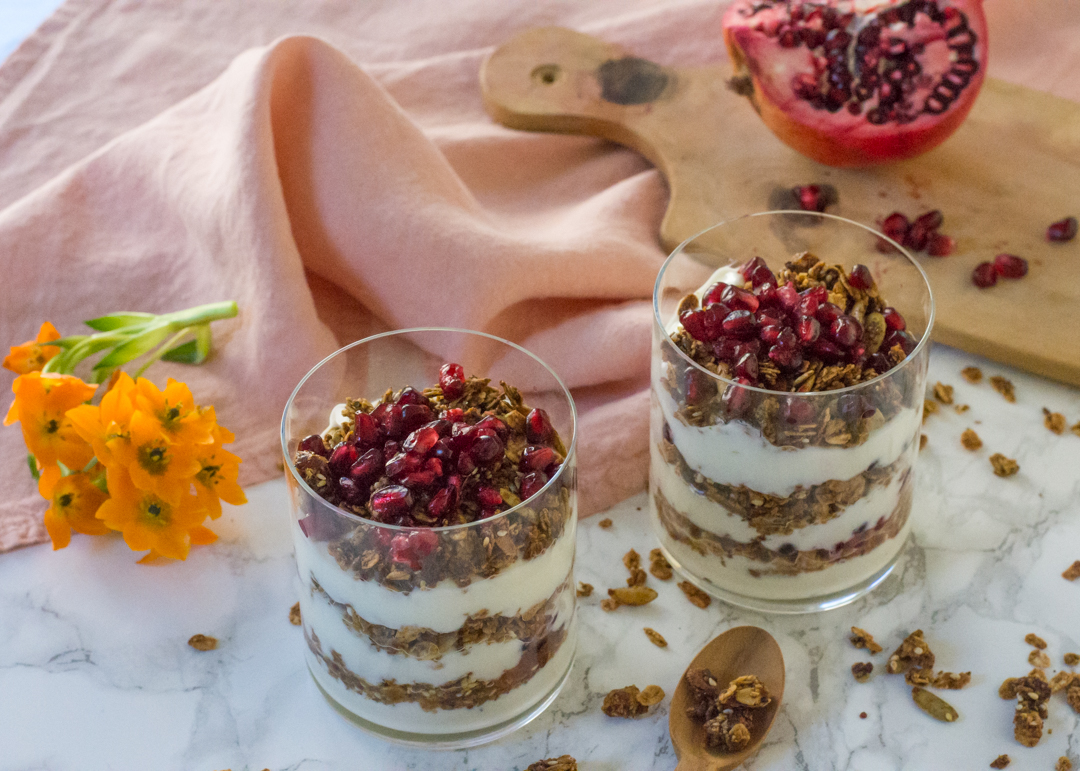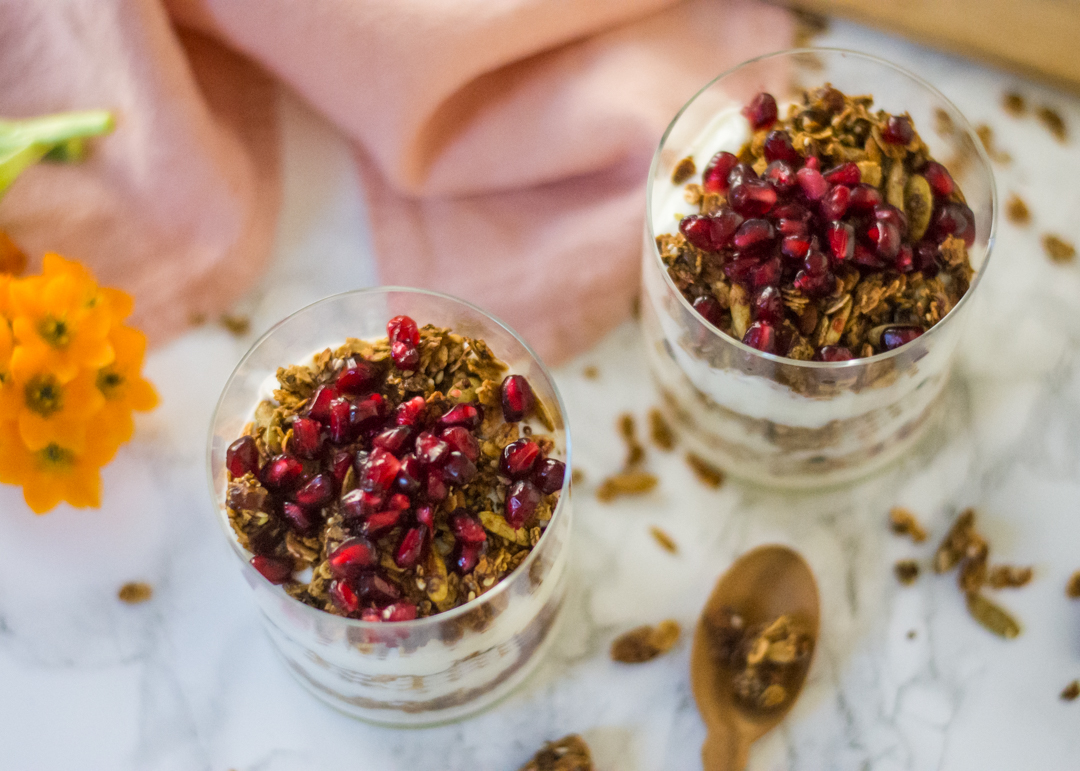Aruba – a tiny Dutch Caribbean island off the coast of Venezuela – supposedly has more repeat visitors than any other island in the Caribbean. I was intrigued, of course, and went with a friend to investigate.

It’s hard to argue with Aruba’s moniker of ‘One Happy Island’ and you’d be hard-pressed to feel otherwise during your time here. Feeling happy in Aruba is EASY, the living is easy, and that’s why I think most people come back here again and again.
Weather is dry, comfortable and sunny all year long. It’s outside of the hurricane belt so no need to worry about soaked and ruined holidays. The U.S. dollar is accepted everywhere, and English is spoken universally. There’s something to do for everyone whether you prefer to shop ’til you drop, lounge on a pristine white beach all day, party the night away at the casinos, explore a rugged national park, sail into the sunset, or just relax and do nothing at your resort.
In essence, you’ll have a good time no matter what, though the abundance of familiar chains and fellow US vacationers made it feel like I was not too far from home – not the remote island life I was looking for (you might want to check out Tobago if you prefer to step out of your comfort zone too)!
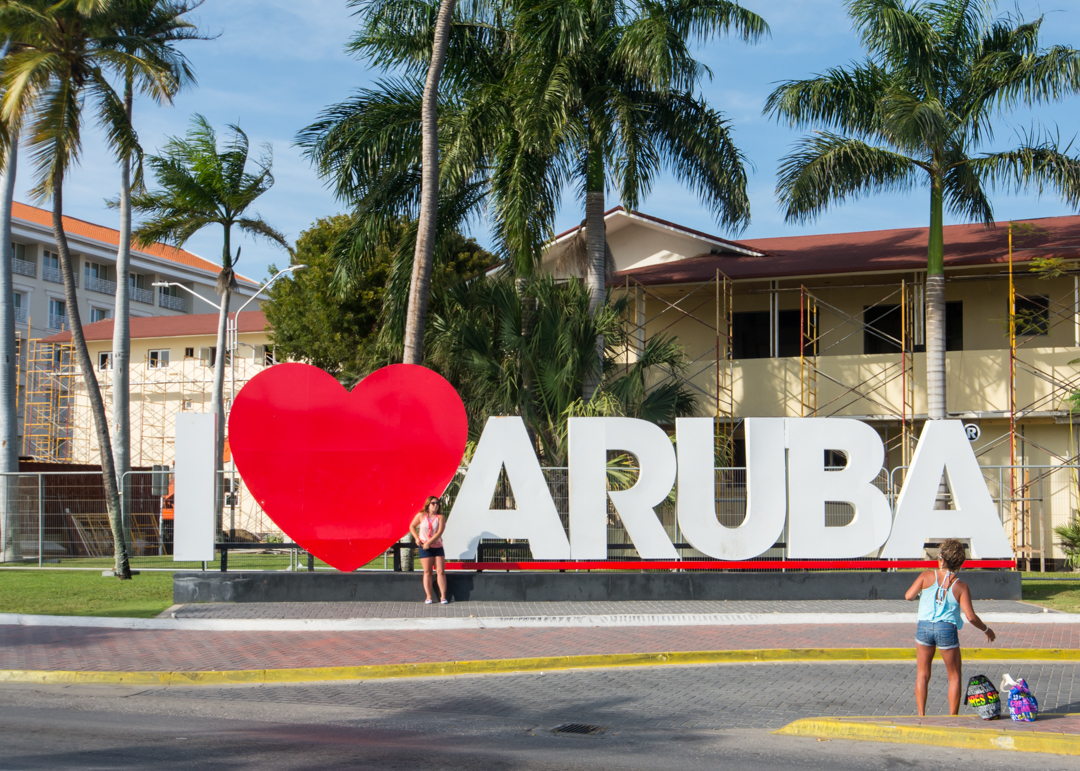
That being said, there’s nothing wrong with a beautiful and reliable winter getaway as we need those as well and Aruba has quite a few perks waiting for you. The beaches for one are splendid, if a little crowded. Both Eagle Beach and Palm Beach are close to each other and offer that wide, gorgeous stretch of white sand lined with hotels, restaurants and bars. They’re perfect for beachgoers who like to have many options and switch from suntanning to jet skiing to enjoying happy hour at a lively beach bar.

Convenience is also a blessing when it comes to food and you’ll find plenty of options on both beaches for any cravings you have. Seafood is obviously an amazing pick, whether deep-fried like these calamari …
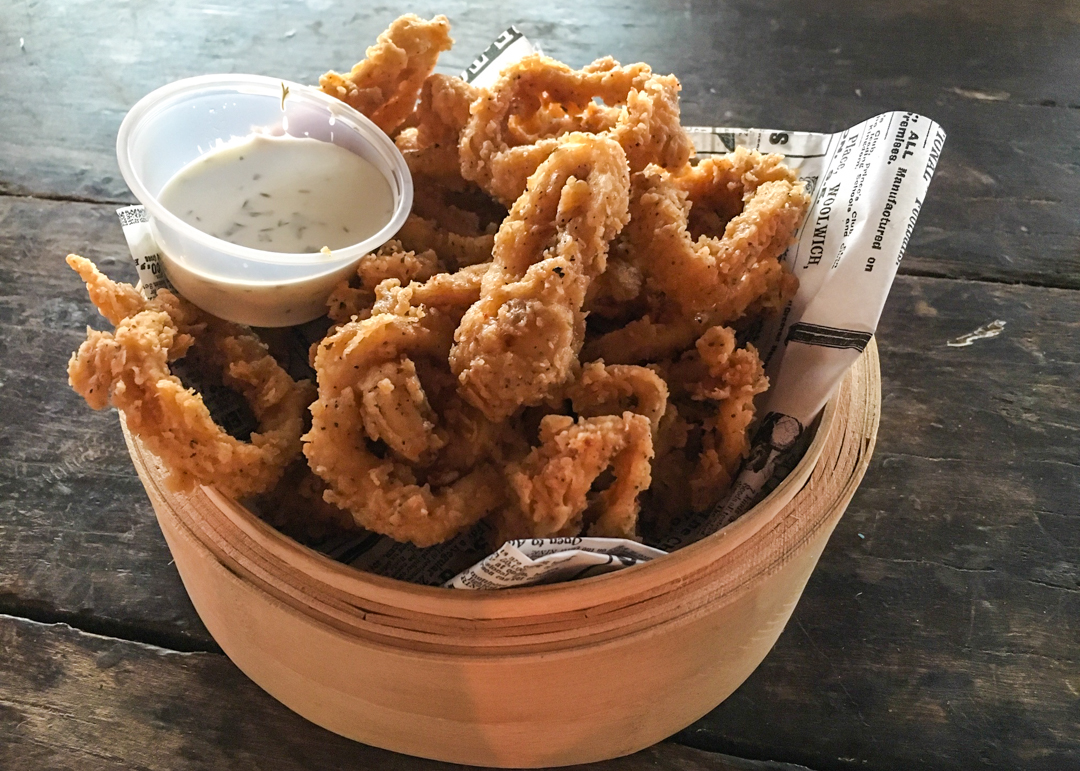
…or served ceviche-style.
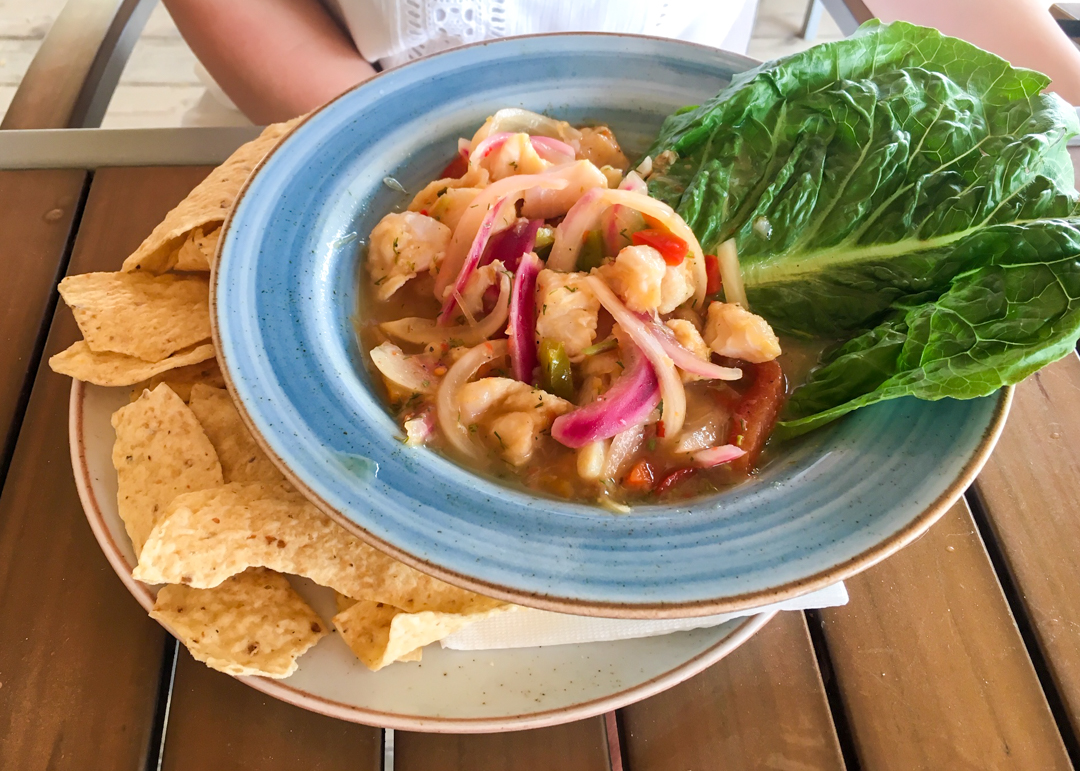
Sunsets are gorgeous, but fleeting! Being so close to the equator means you have about 5 minutes of rosy glow before that shining orb disappears in the water.

It’s easy to spend all your time in Aruba along the coast, why wouldn’t you? You’d be missing out on some of the local life and treasures hidden in the middle of the island though. A few minutes drive from the main beaches and hotels, you’ll find The Old Cunucu House – a genuine, laid back family restaurant set in an old Aruban house built over 150 years ago. The hospitality was as warm as the air temperature, an old guy was singing at the front, and the menu of local specialties finally put that Aruban touch the trip was missing. Below is the Keeshi Yena – a dish of chicken with olives, raisins and cashews baked in gouda cheese – a good representation of the various cultures found on the island and sooo delicious!
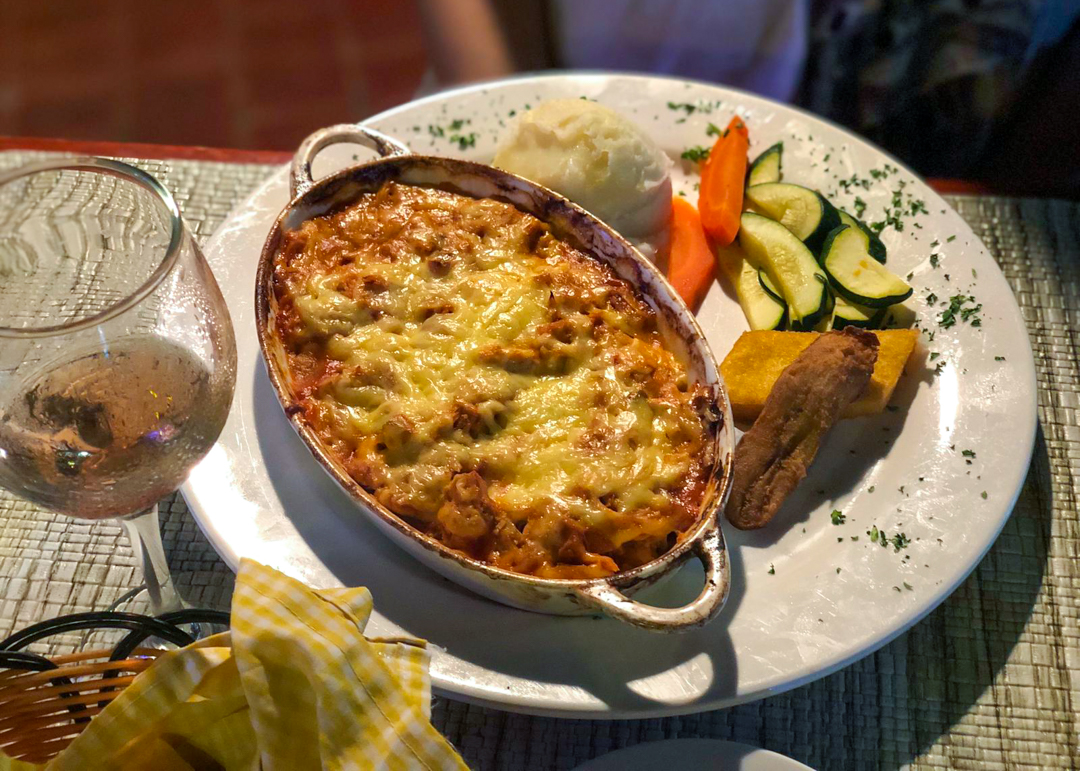
And a good old Aruban beef stew.
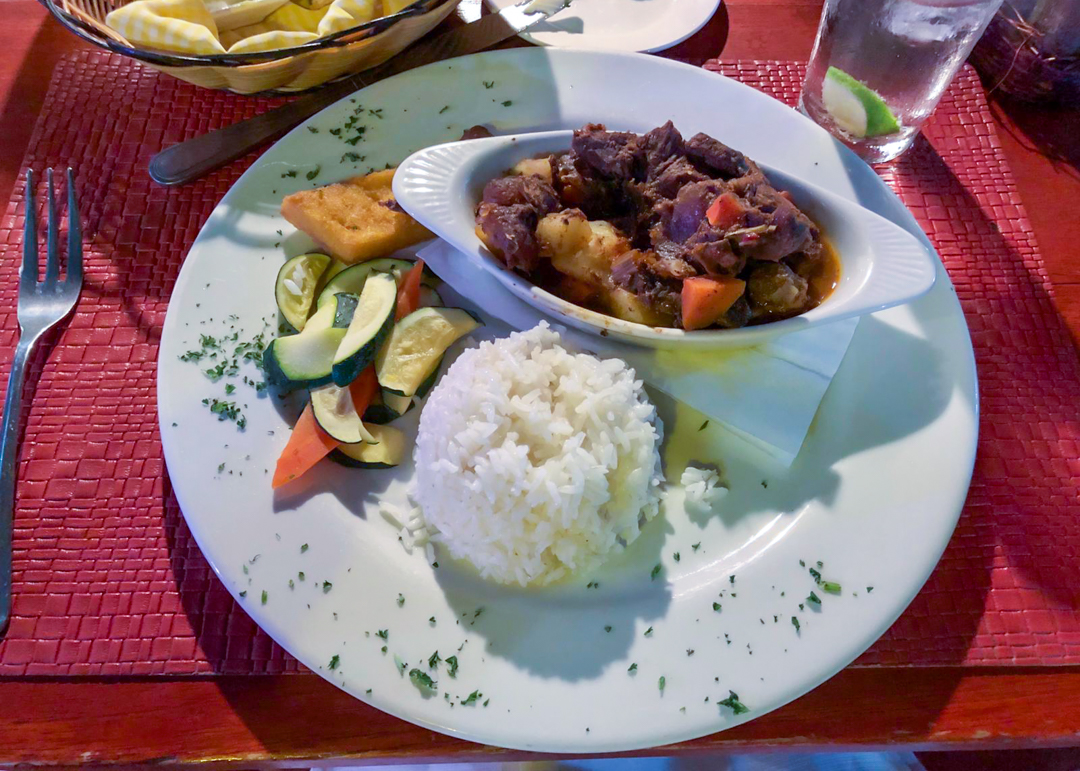
The next day, explore further north to see where the locals hang out and discover the rocky shore of Aruba.

There’s a tiny sandy cove called “three steps” which is a popular snorkeling spot and a quiet escape away from the crowds.

There isn’t much sand there though to lay down your towel so head 2 minutes north to reach the very last beach on the island, Arashi.
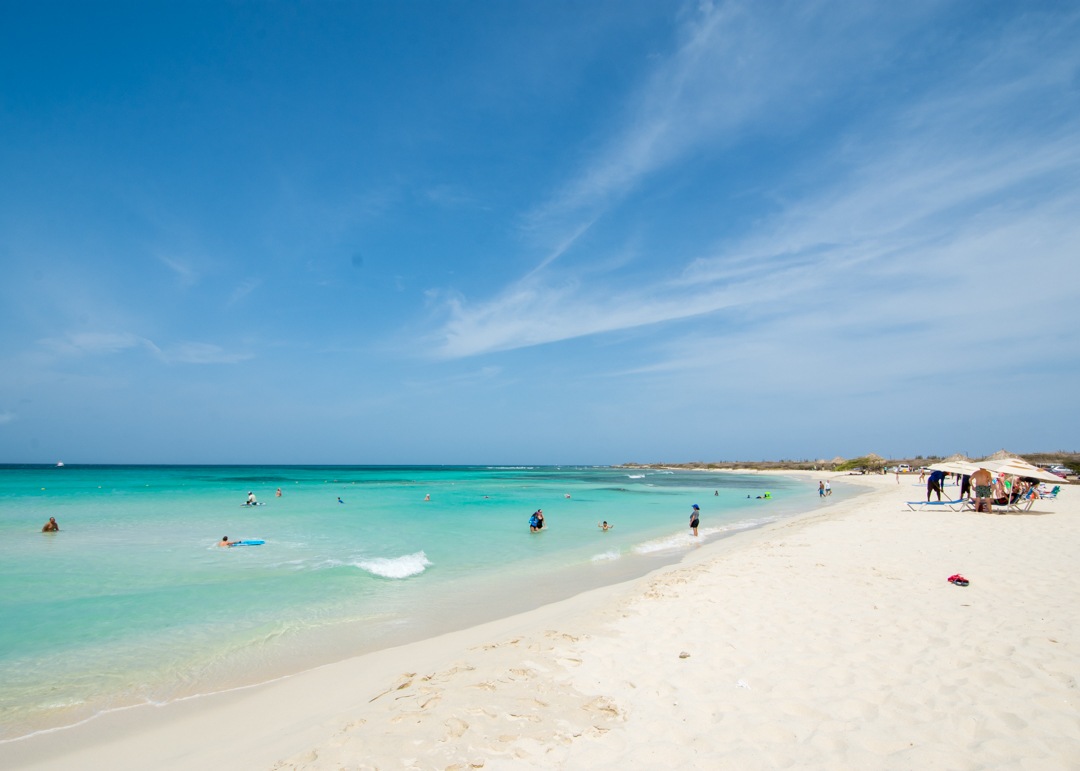
Locals are in majority here and who would blame them with all this powdered white sand and calm waters that are perfect for swimming! Bring a picnic as there aren’t many facilities and enjoy a superb slice of turquoise heaven.

Not all beaches are on the mainland though. If you don’t mind splurging a bit for a day out, get up really early to queue for the shuttle taking you to the Renaissance hotel’s private island just a 10 min boat ride off the coast.

The 40-acre private tropical retreat costs $125 to non-guests of the hotel, which includes lunch and all-day access to this stunning (although man-made) paradise. It makes for a truly amazing day as you get to enjoy a stunningly beautiful beach, actually there are two, without the crowds and with all the comfort you’d expect from a high-end resort.

Iguana Beach, below, is where you’ll find the nicest lagoon as well as the restaurant.
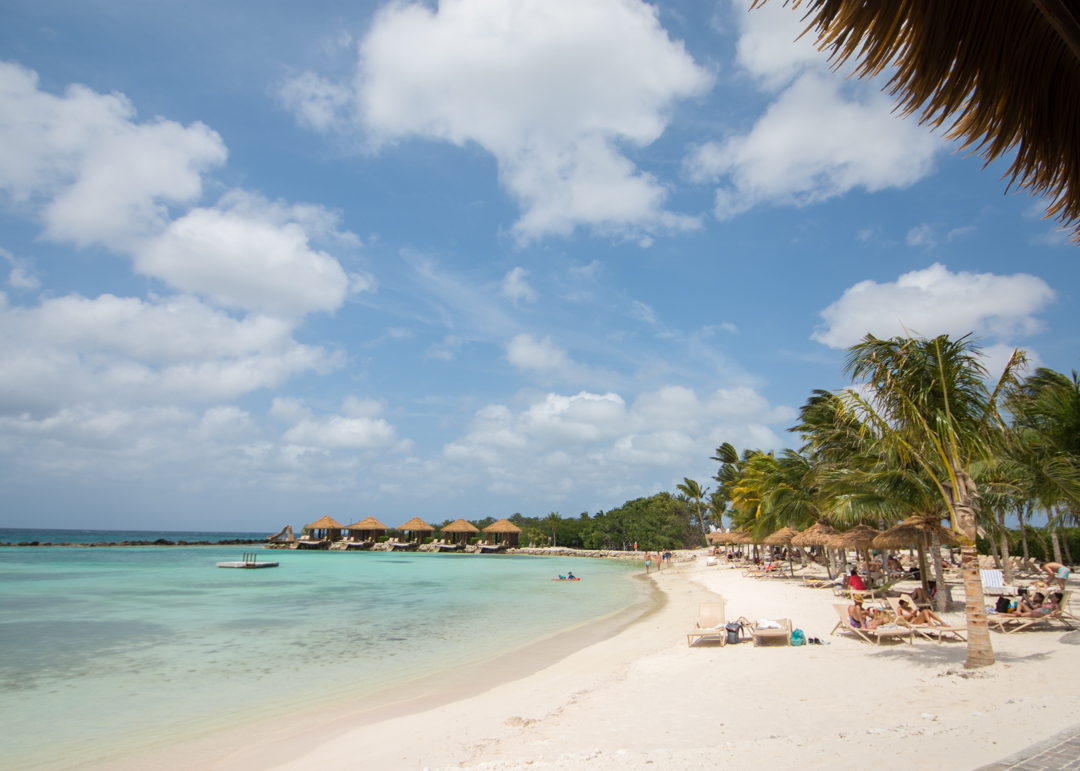
Just pick a chair and an umbrella and really you’re set for the day. The beach is perfect for sitting back, relaxing, and watching the world go by.

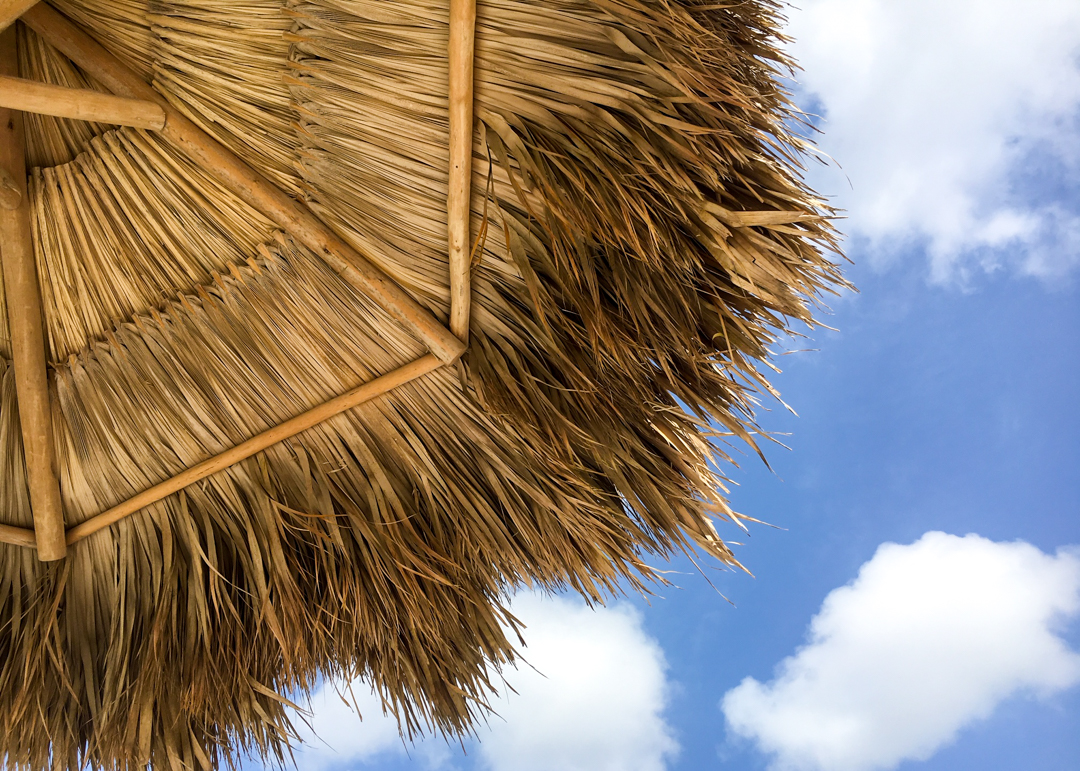


The island is surrounded by mangrove forests which are ideal for cooling off…
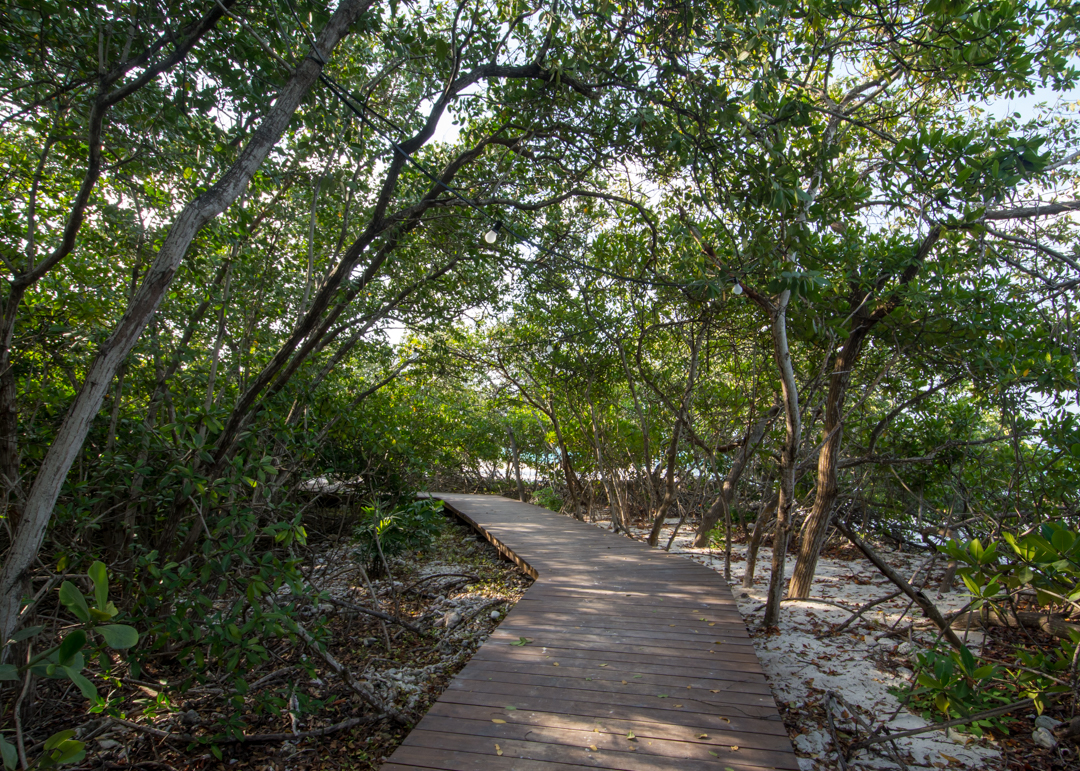
…and getting face-to-face with some of the resident wildlife.



Follow the path behind Iguana Beach for a surprising find: baby flamingos!!
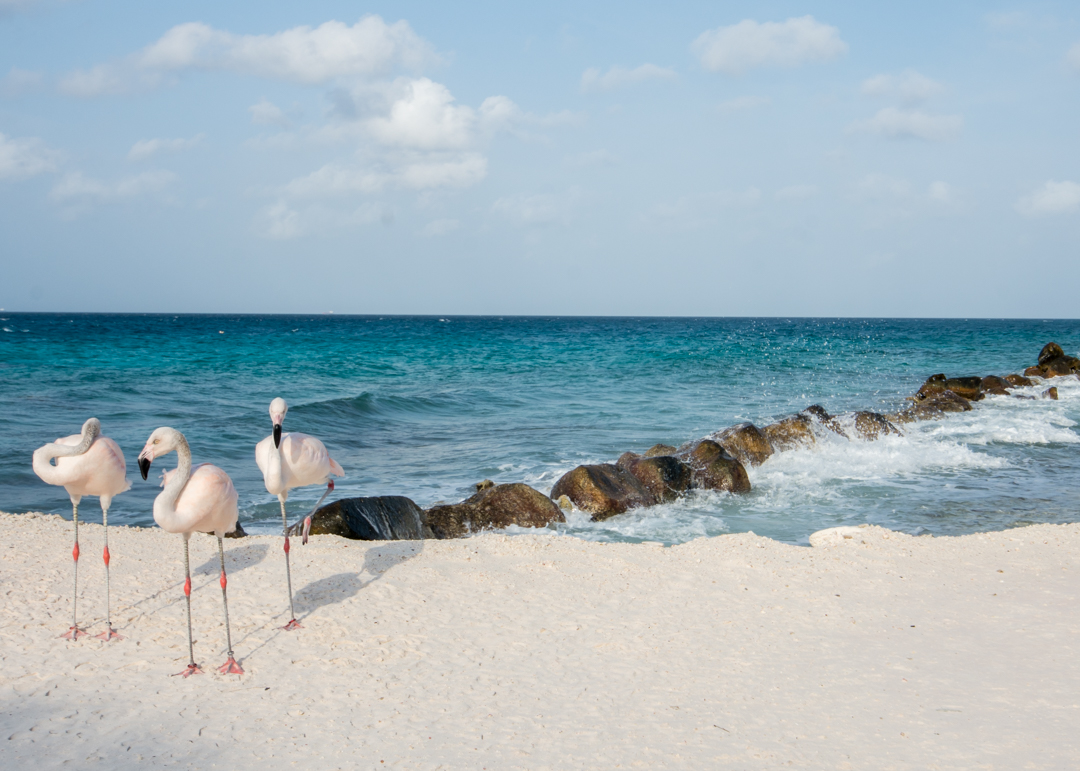
You might have heard about Flamingo Island when researching Aruba, which is the nickname given to Renaissance Island because of its flamingos. They’re not indigenous to the area but have been brought here for the tourists and they successfully became an Instagram sensation. While you might find the babies isolated and available for as many close-ups as you want…

…reaching the second beach of the island, aptly called ‘Flamingo Beach‘, will bring you to the adult flamingos, and their many fans.
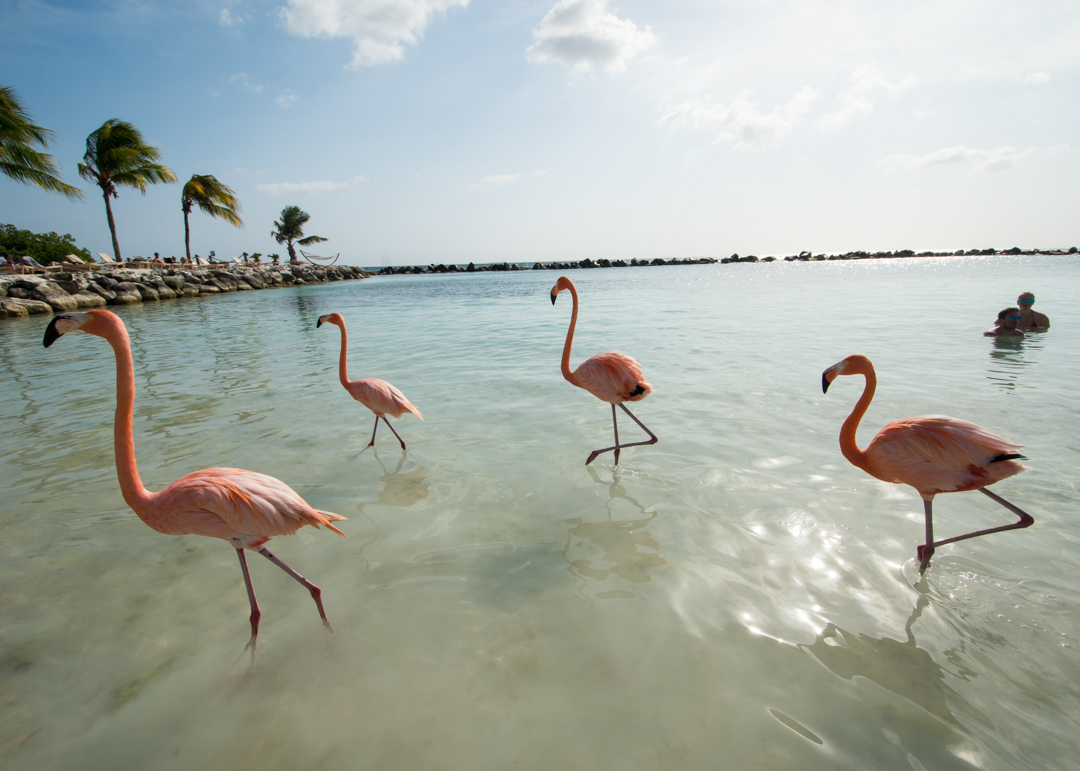
A lot pinker than the youngsters, these flamingos spend the day on the beach, being fed and photographed.
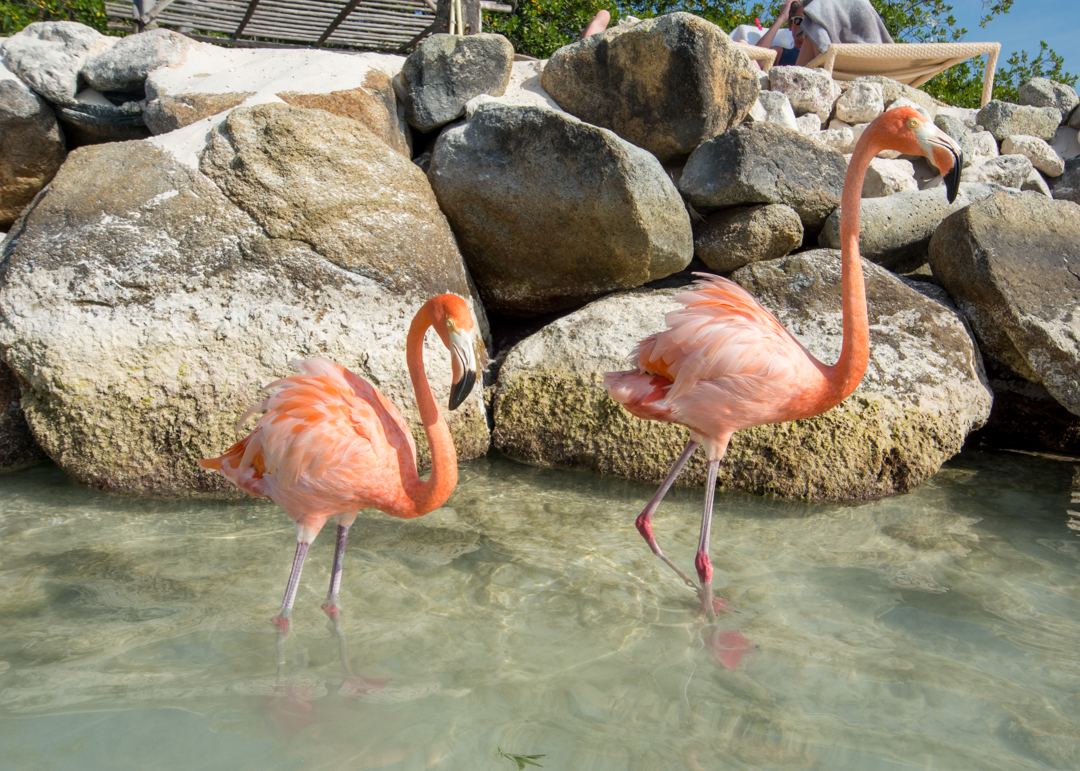
My camera sure liked their profile and rosy hues.
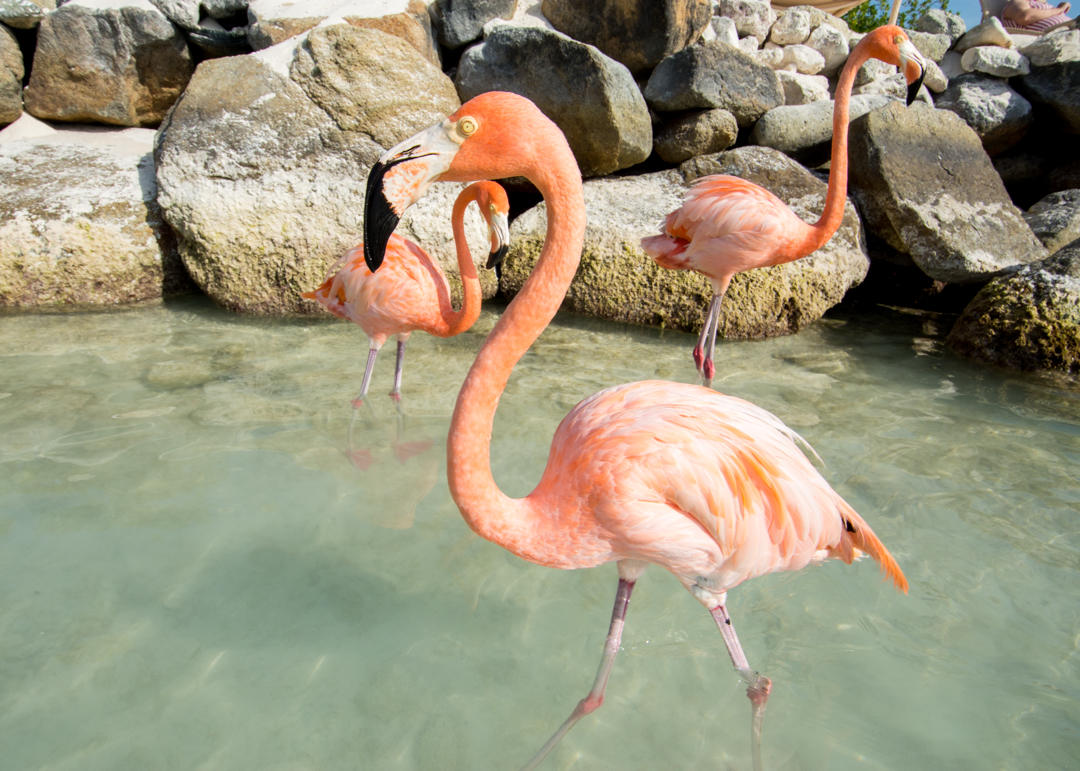

When you’ve had enough with chasing birds, take a seat at the only onsite restaurant which thankfully serves pretty decent food, whether you opt for the grilled catch of the day…
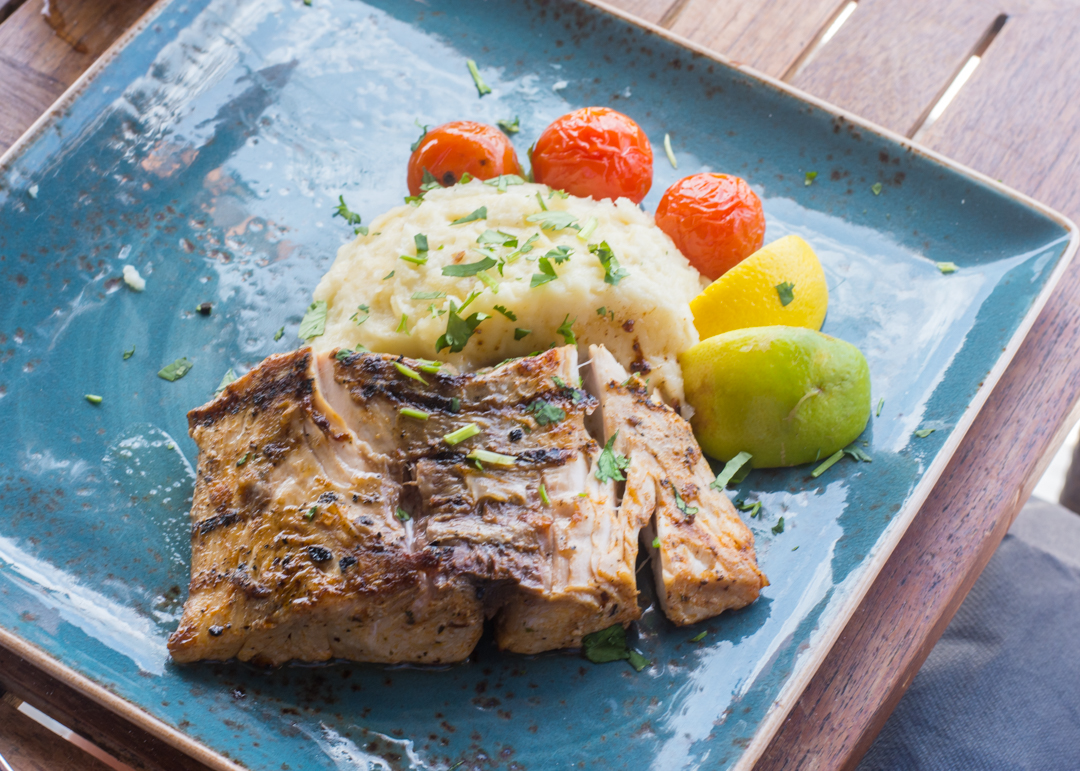
…or a gooey, delicious wood-oven baked pizza.

And let’s not forget the tropical cocktails, as sweet as the views…

Now that you’ve covered the north of the island in 2-3 days, it’s time to venture in the ‘unknown’ south, as hopefully you’ve booked your stay for a little more than a short weekend? Aruba is a small island so by going south, I really mean driving about 45 minutes to reach the other end – easy!
You’ll find a pretty beach at the southern tip of Aruba called Baby Beach due to its shallow and tranquil waters, perfect for the kids!
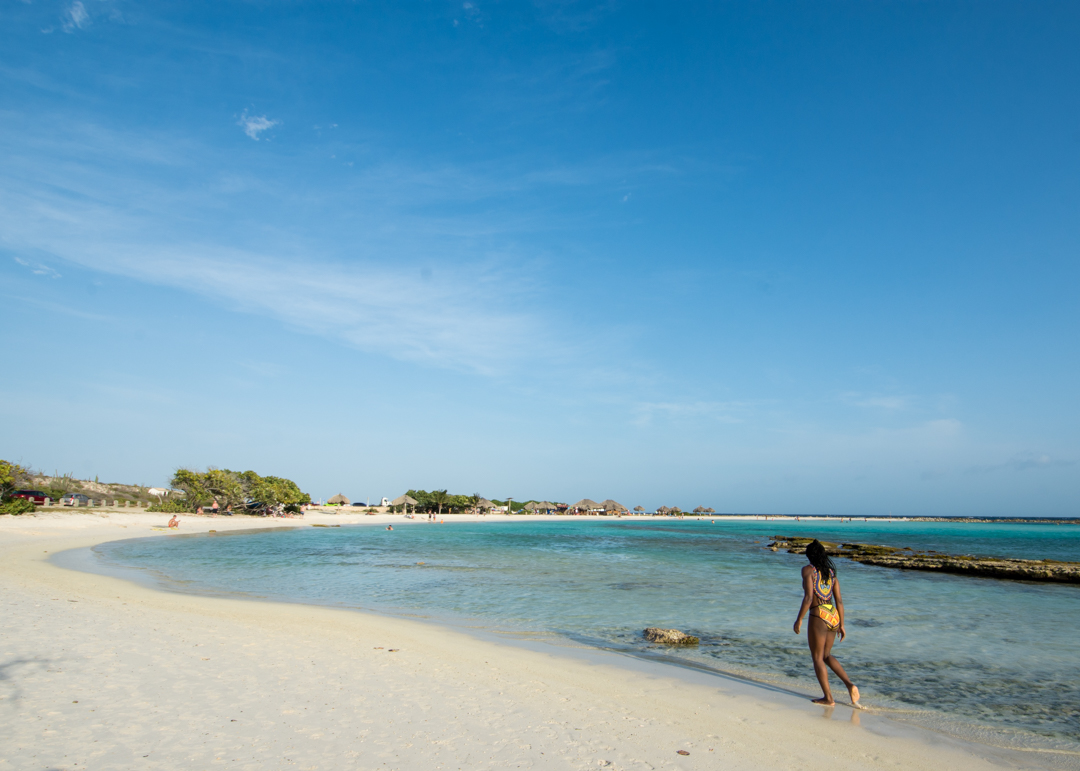
One of Aruba’s very unique feature is its trees, which are dramatically bent by the constant and super strong winds that blow on the island.
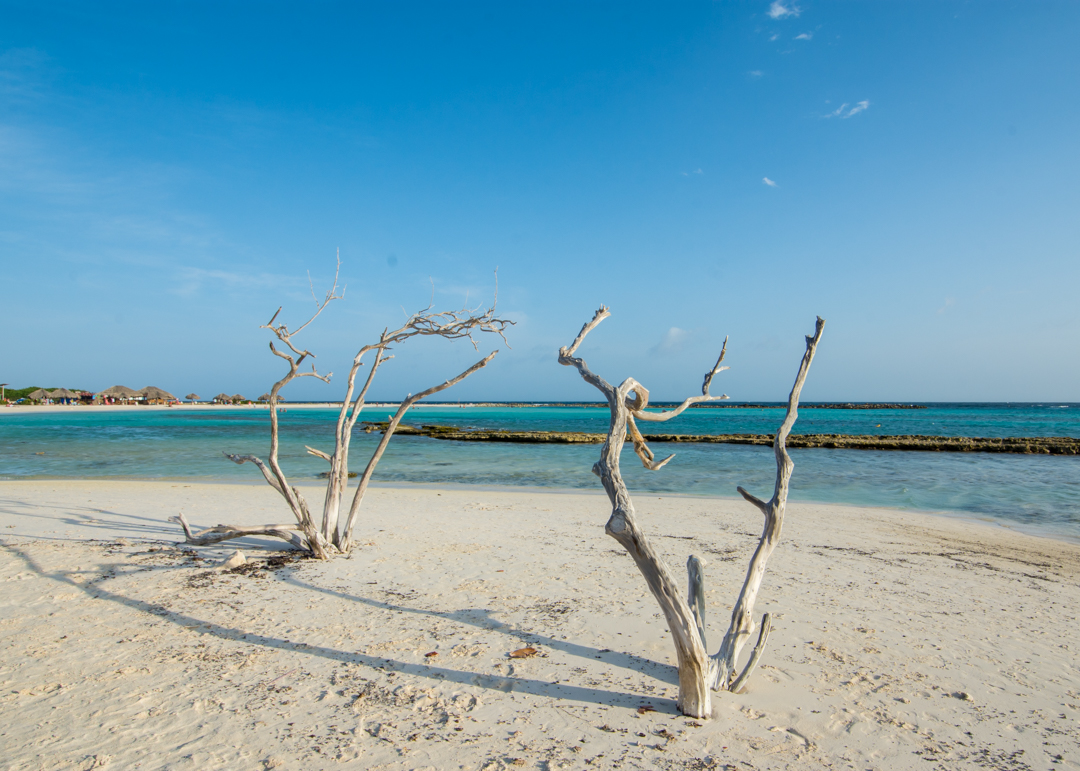
Not too far from Baby Beach you’ll find the town of San Nicolas.

Loving the Art Deco vibe!
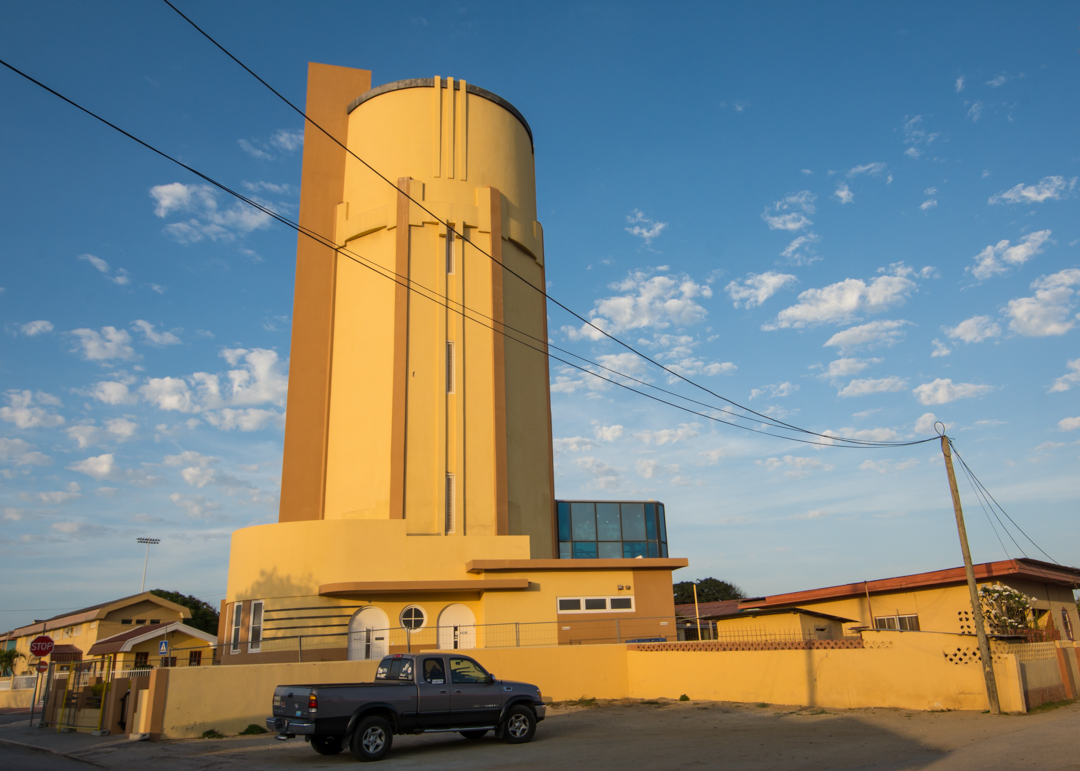
But what is most impressive is the street art! Once a forgotten city, San Nicolas has been transformed since 2016 with the help of numerous local and international artists who created Aruba’s only Mural District.

Simply walk around the center and let yourself be wowed by the incredibly gorgeous murals popping up everywhere.

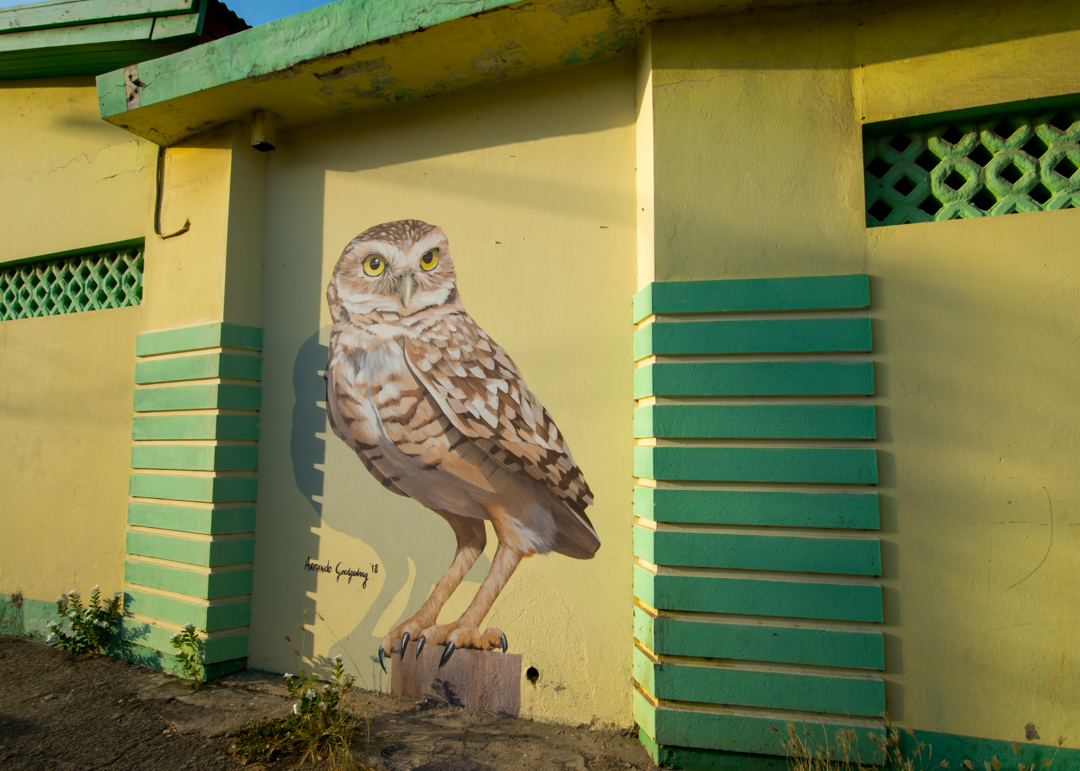
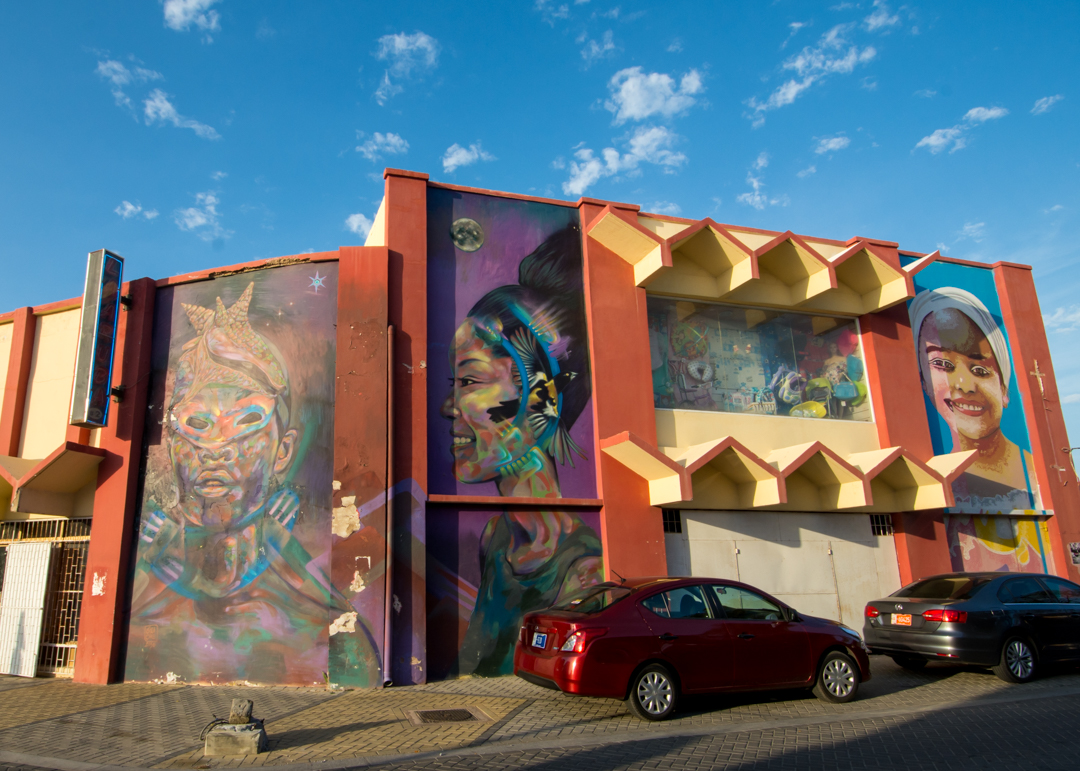

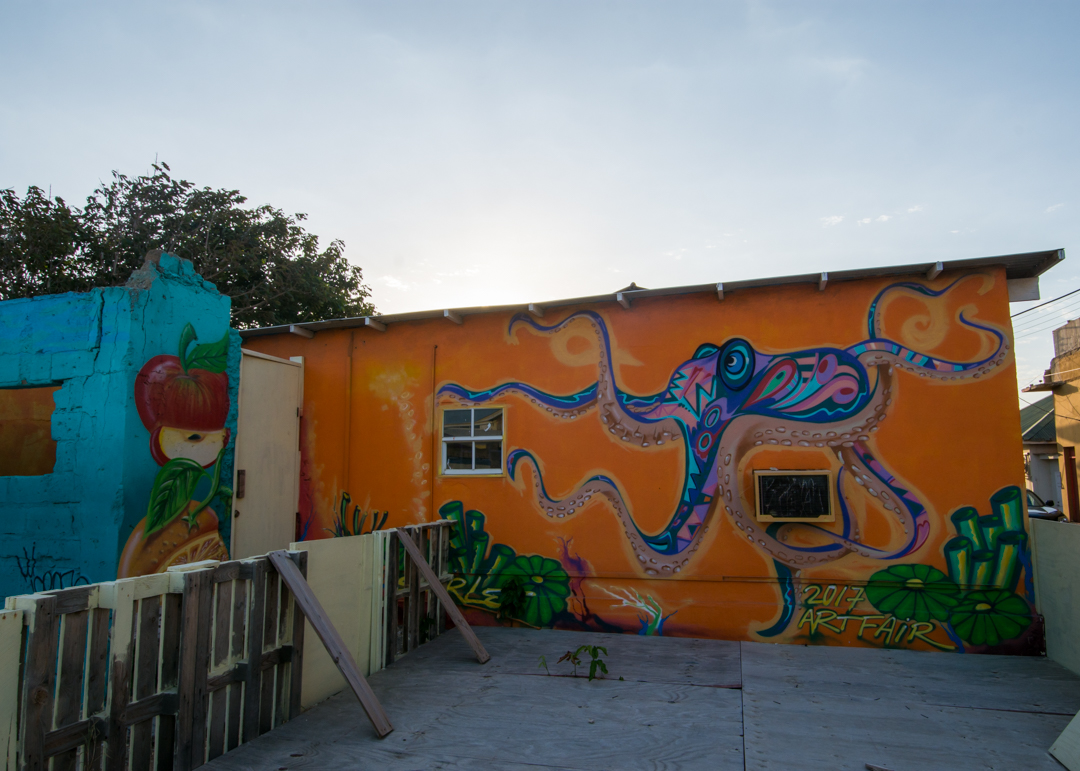
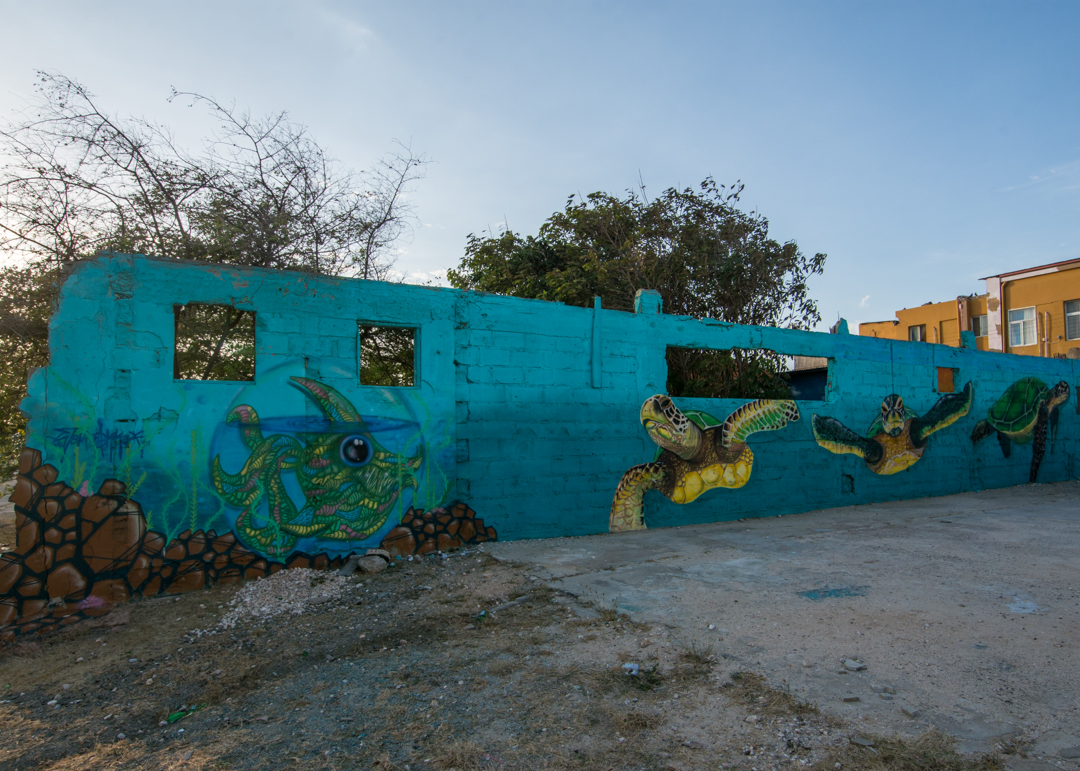
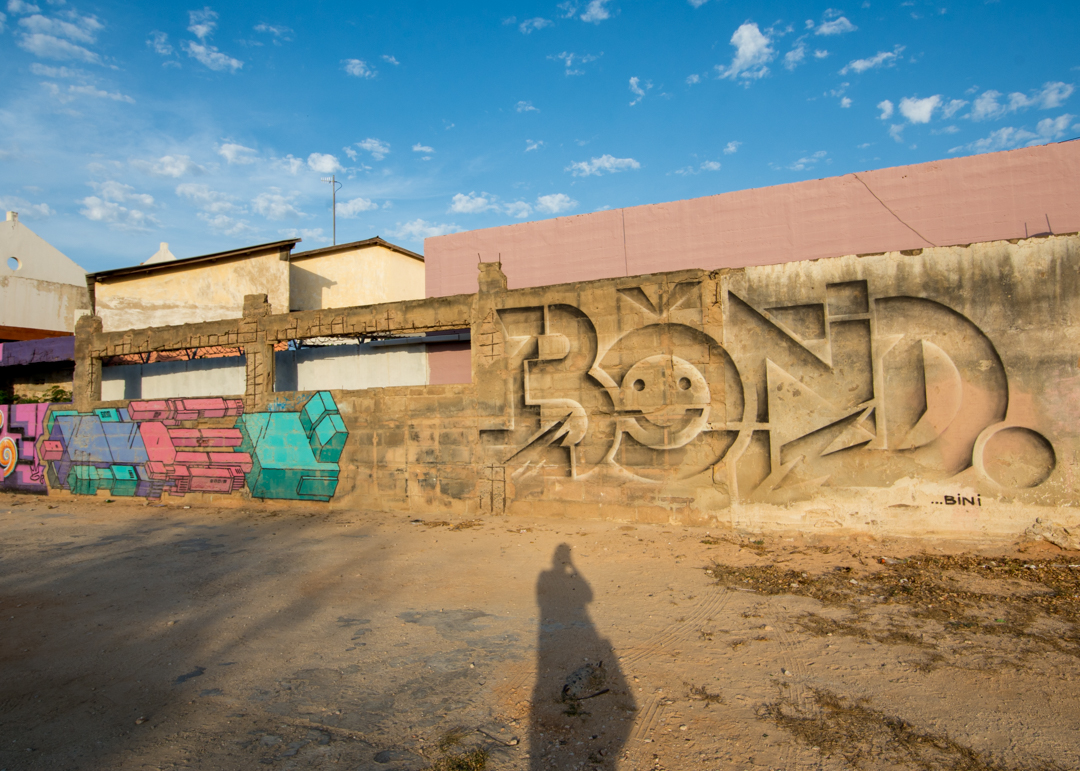
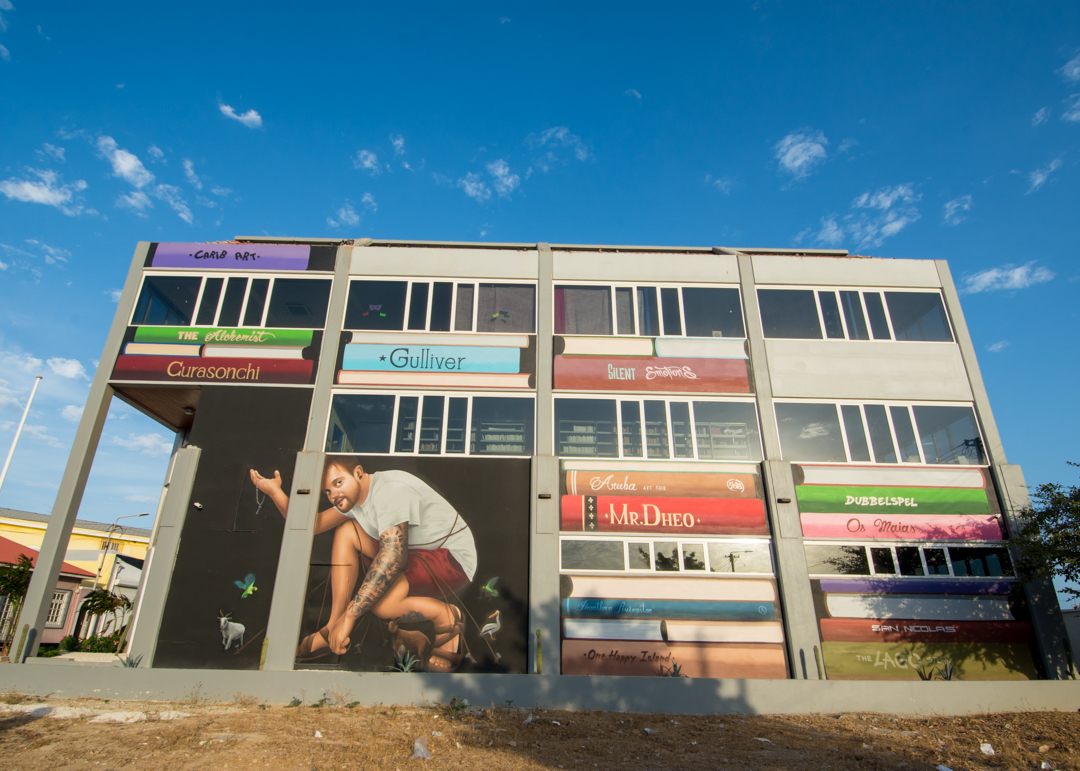
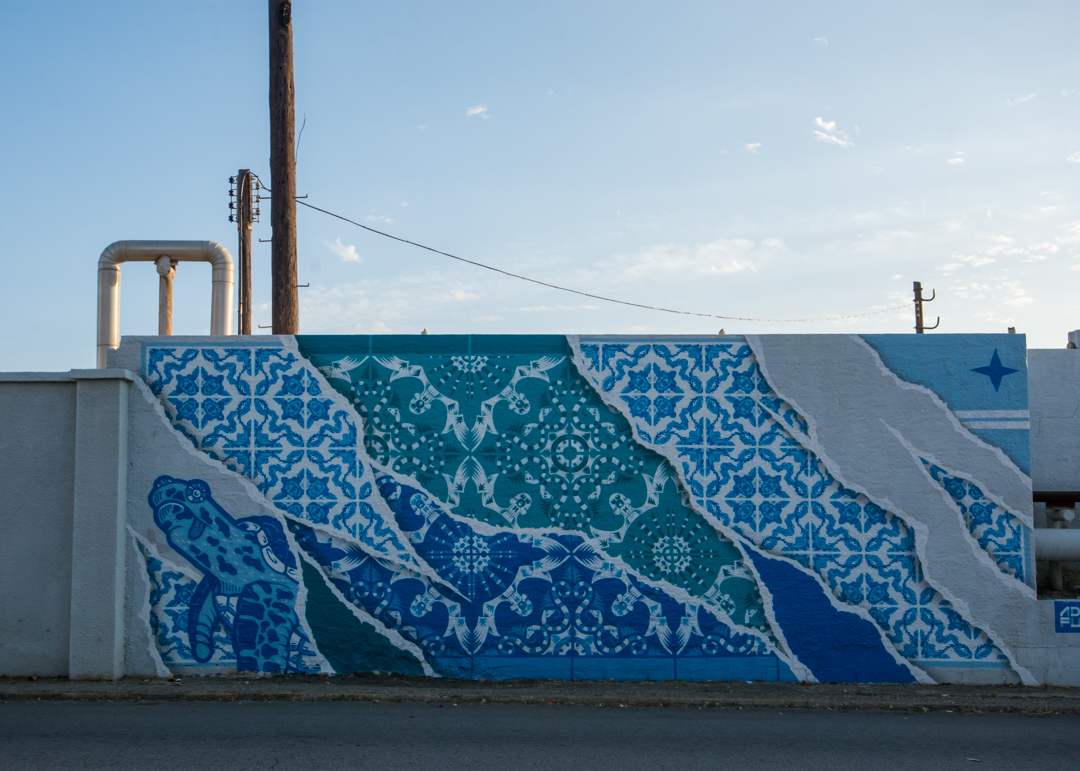
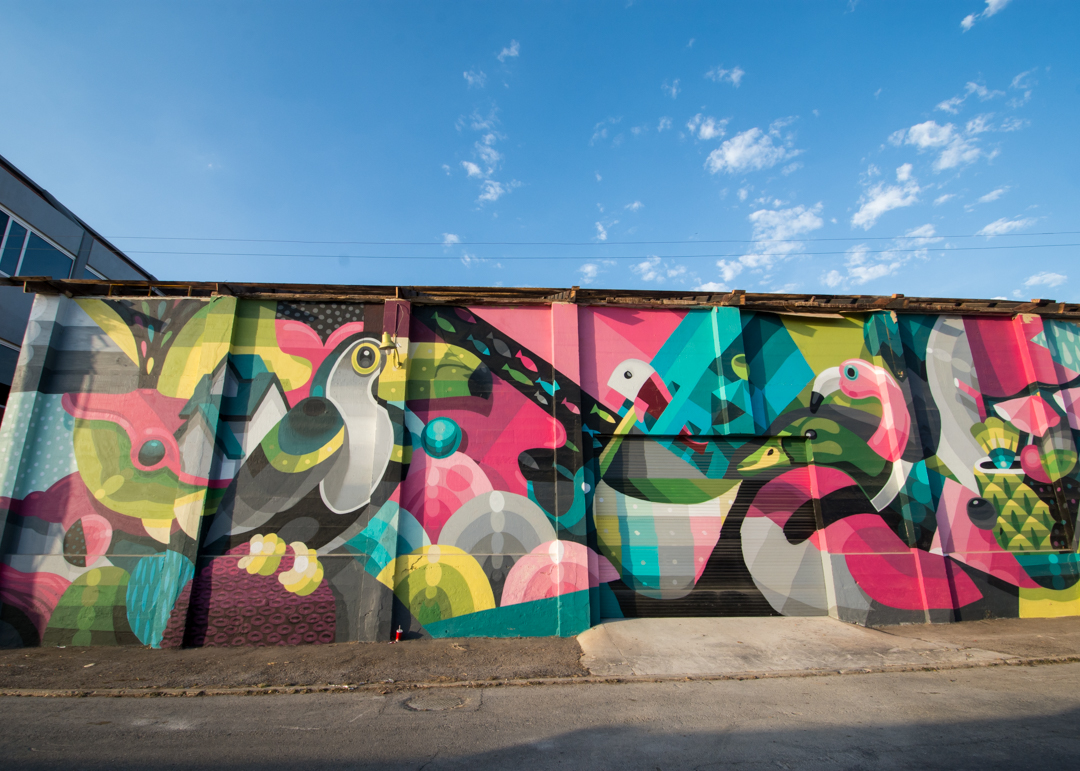
Yes, there are over 40 murals, but they’re all concentrated over a few blocks so you really only need about 20 minutes to see them all.

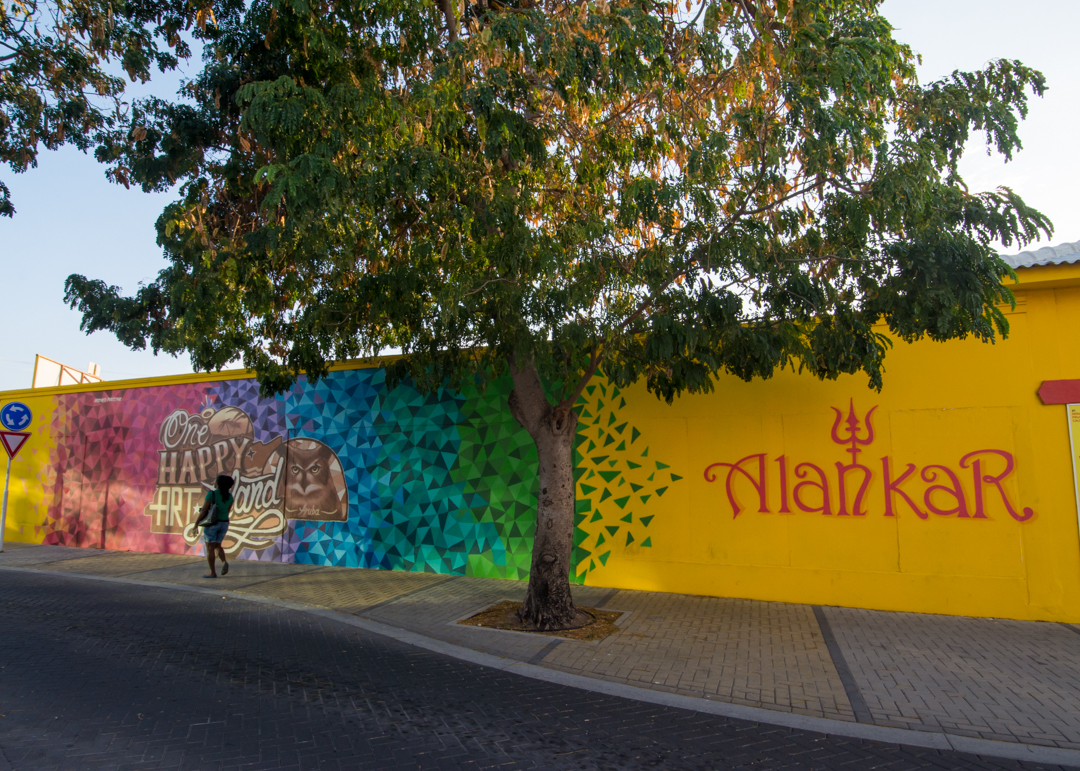
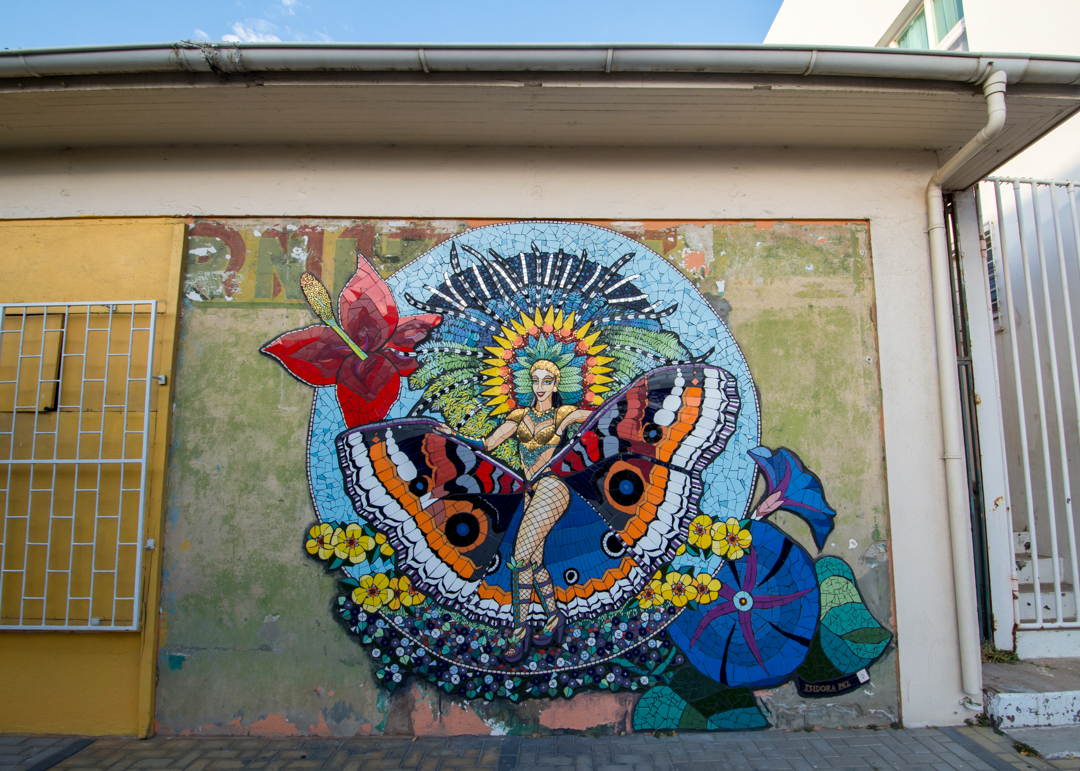


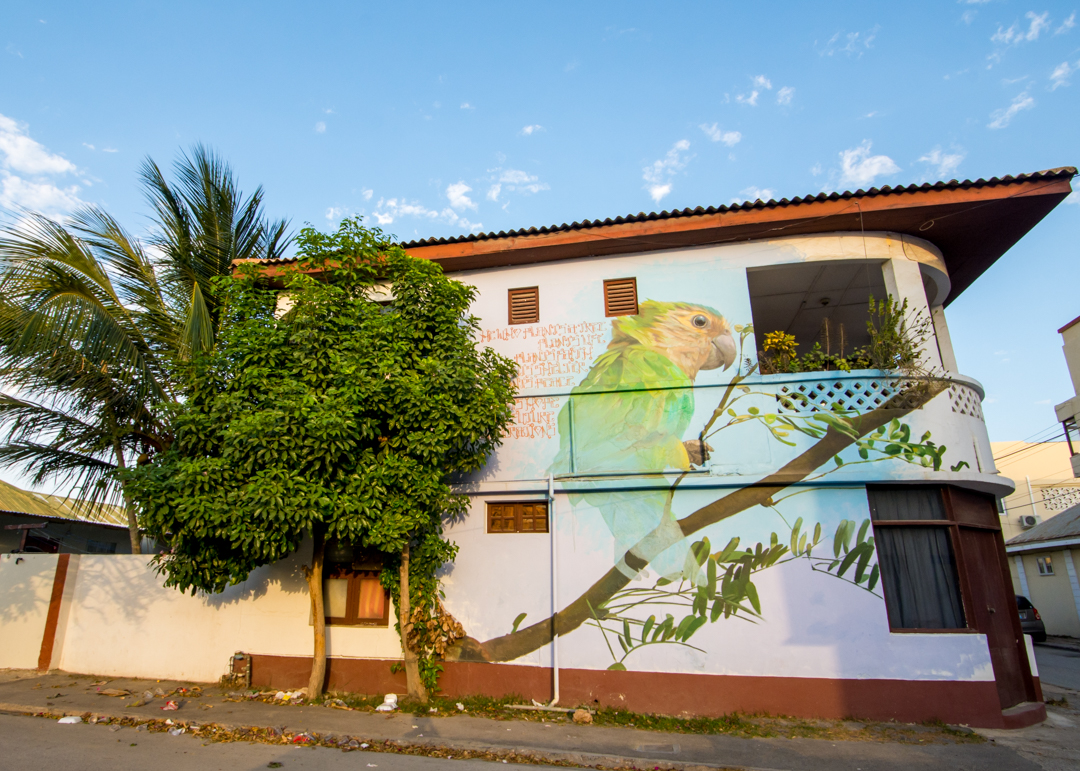
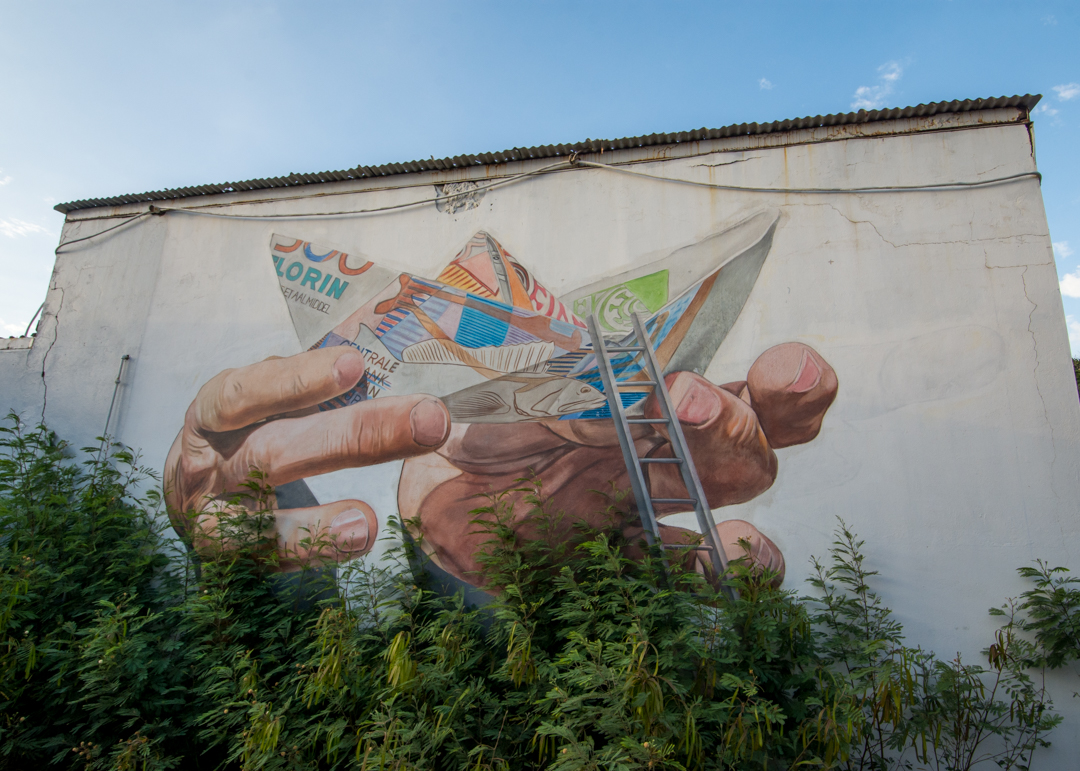



Hopefully that art walk will have opened up your appetite and you’ll be ready to go join the queue at Zeerovers.
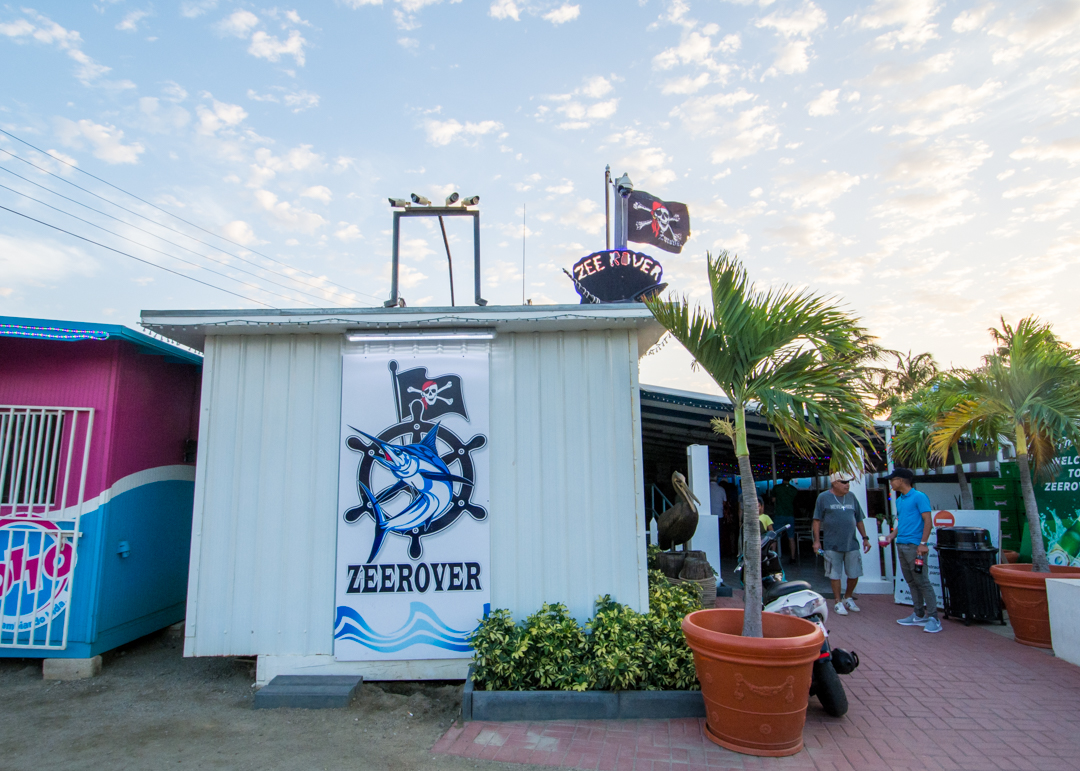
The casual eatery is the best place to enjoy seafood with a view with its location right on the water.
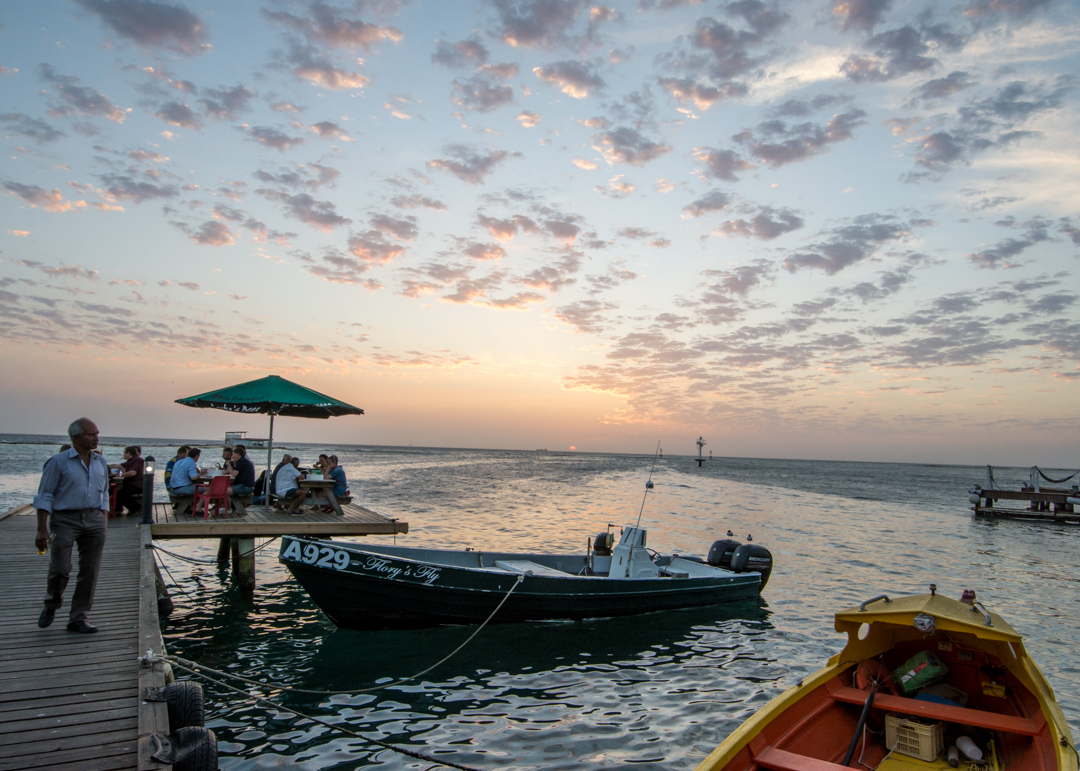
You’ll have maybe two or three choices among the catches of the day, decide how hungry you are as you’ll have to pay by the weight (it’s cash only) and pick a few side dishes.
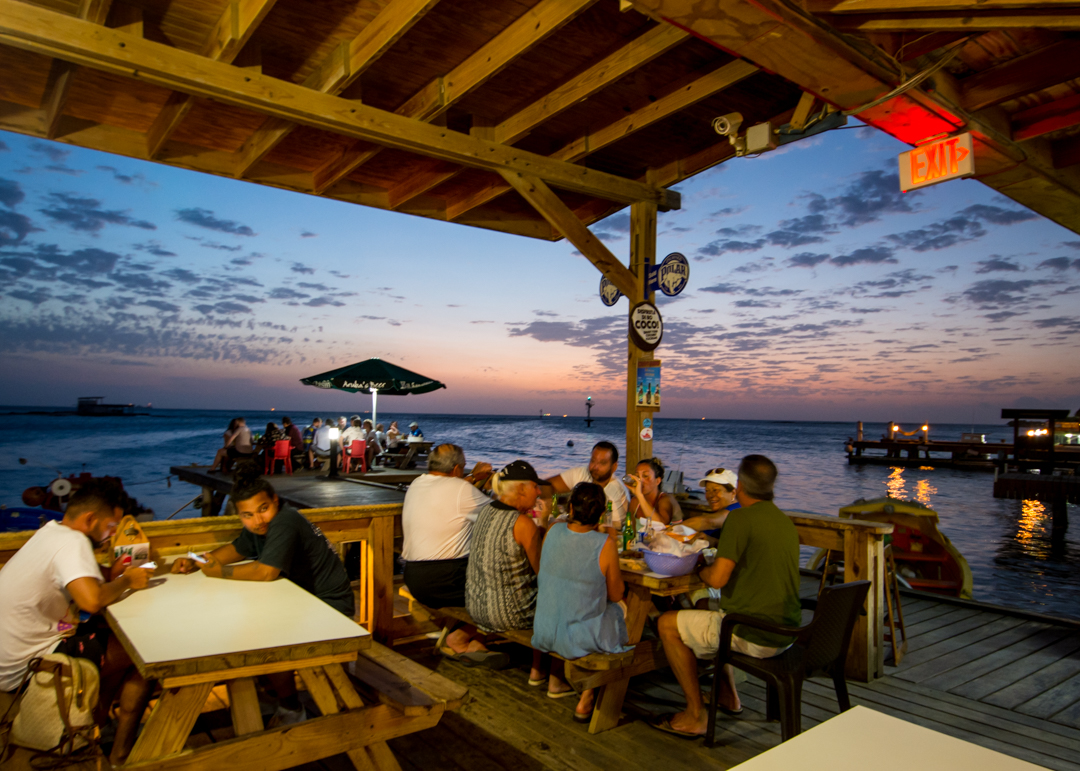
Grab a cold beer at the bar and sit down at one of the picnic tables to wait for your simple and amazingly delicious dinner.
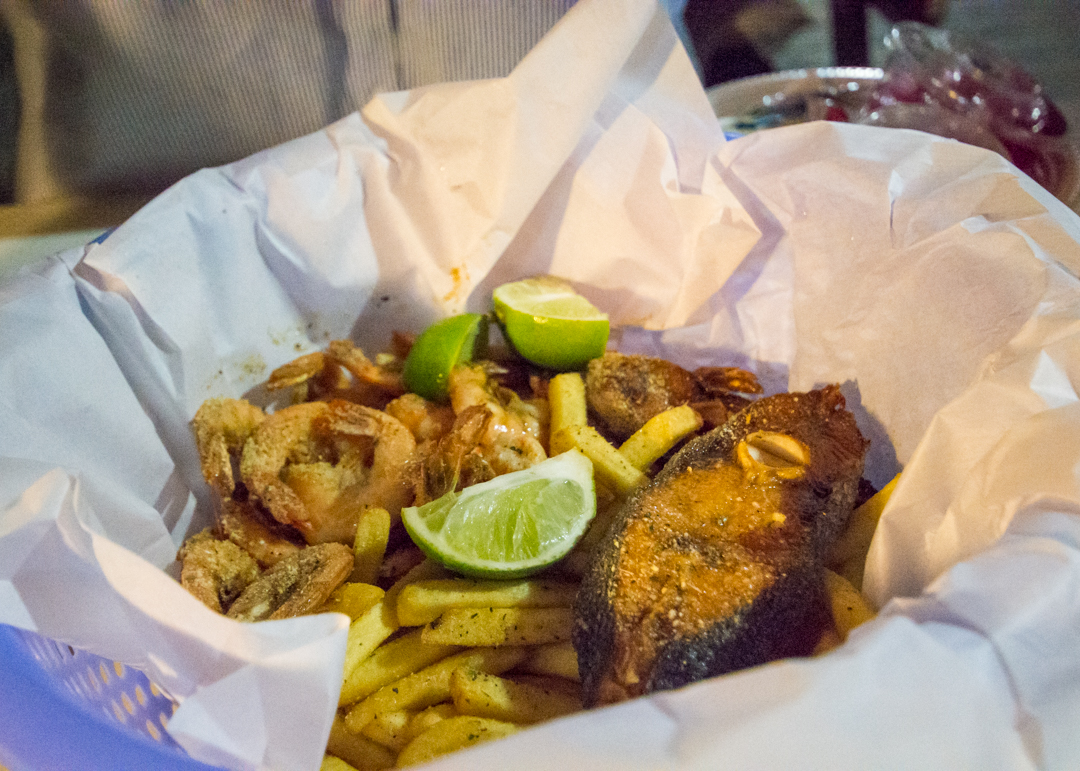
Hands down the best dining experience you can have here – it doesn’t get any fresher or any more local than this!
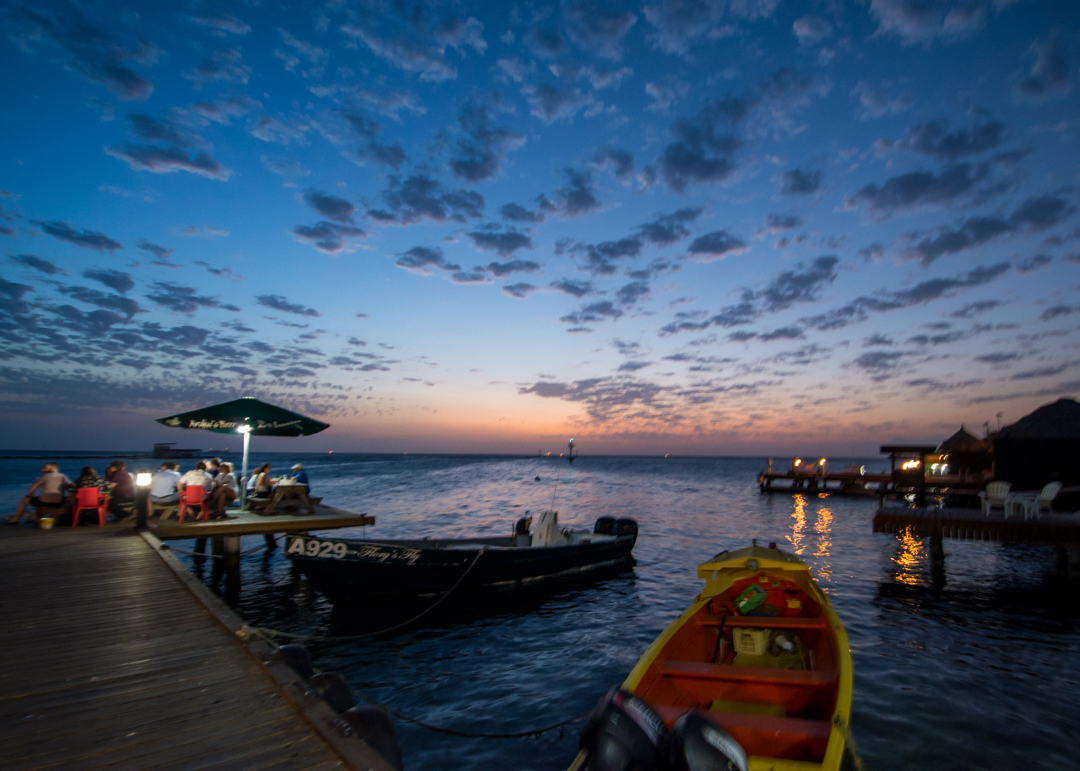
Lastly, whether waiting for your flight back home or just to check some restaurants, spend a few minutes wandering around the old part of Oranjestad, Aruba’s capital. The Plaza Daniel Leo in particular and the surrounding streets are a rainbow display of old Dutch colonial architecture.
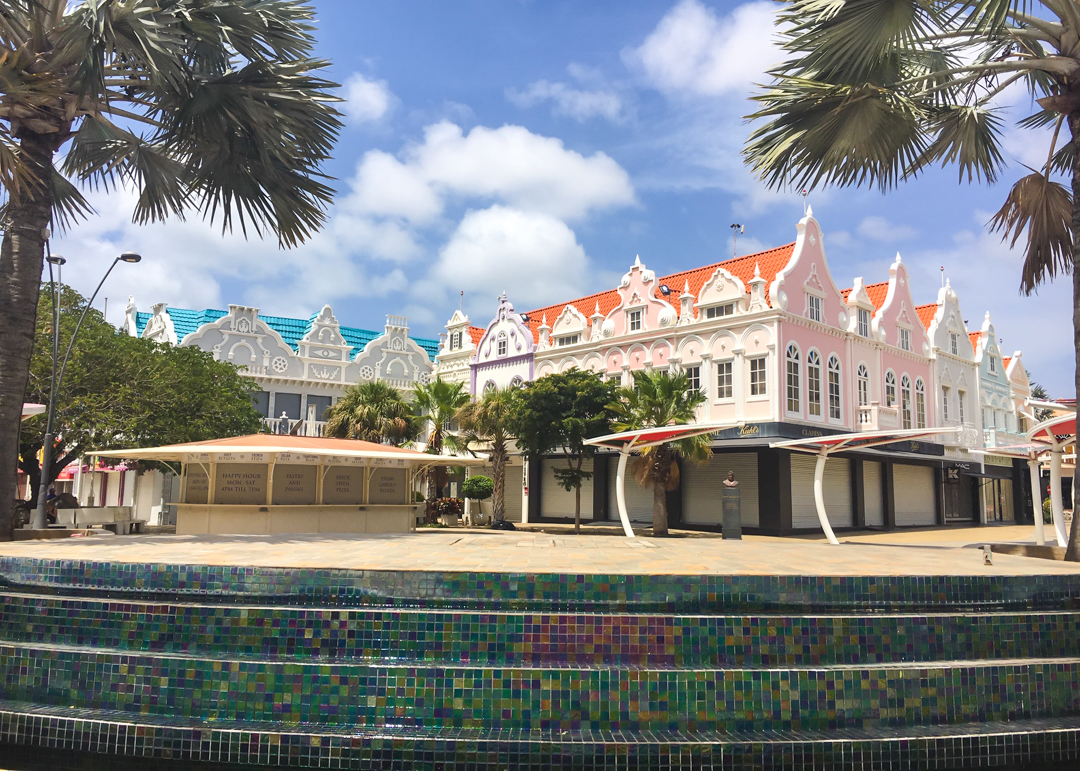
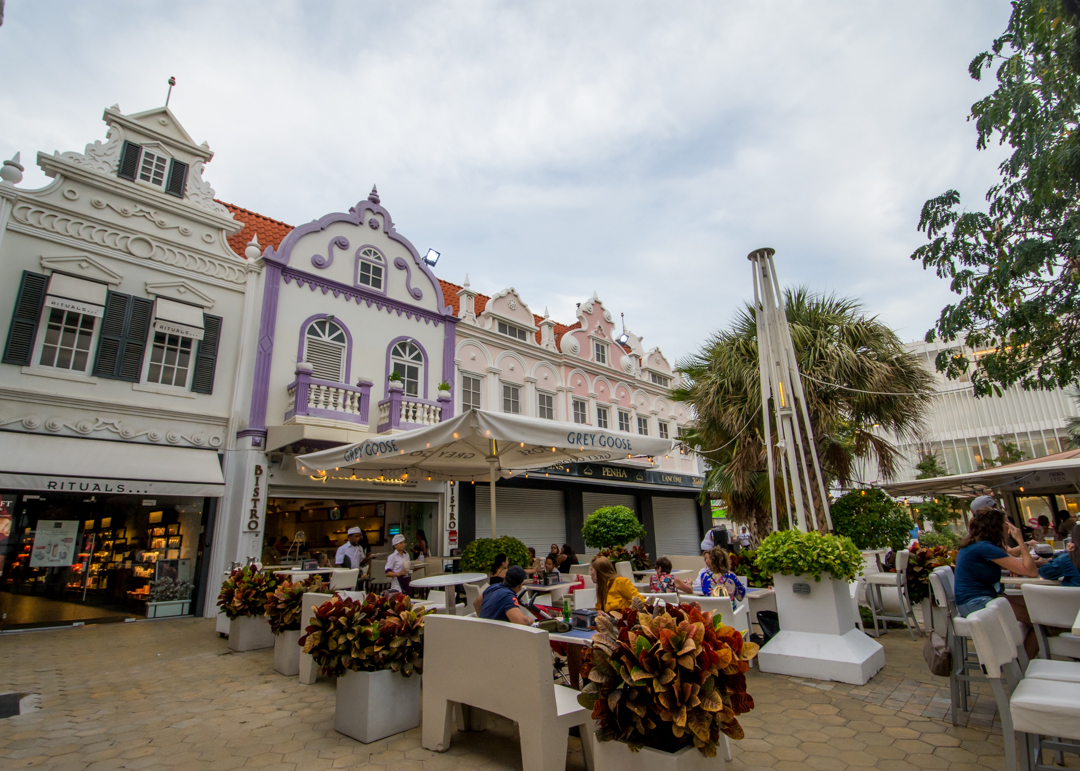
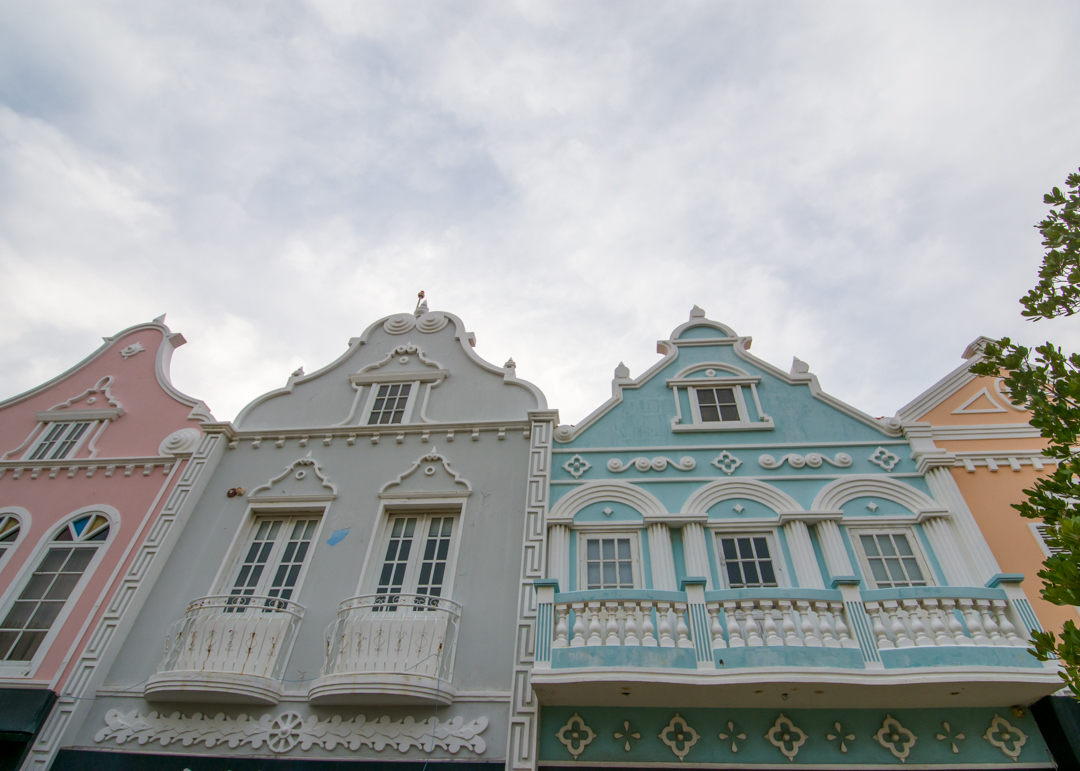
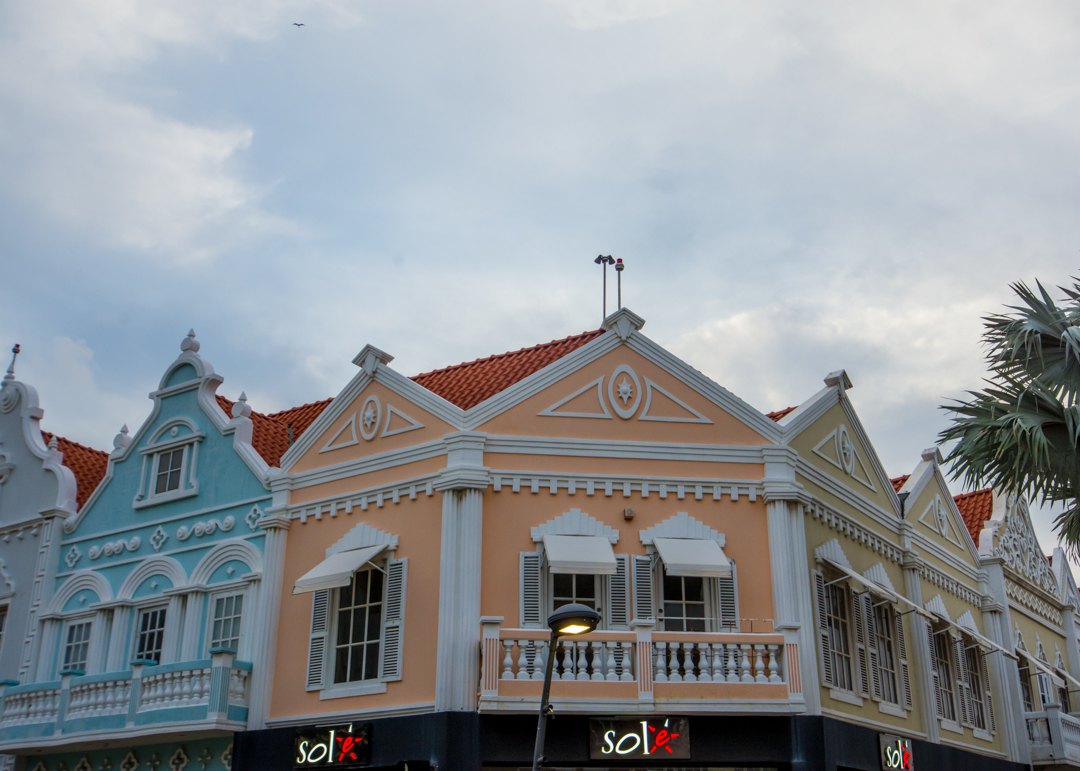
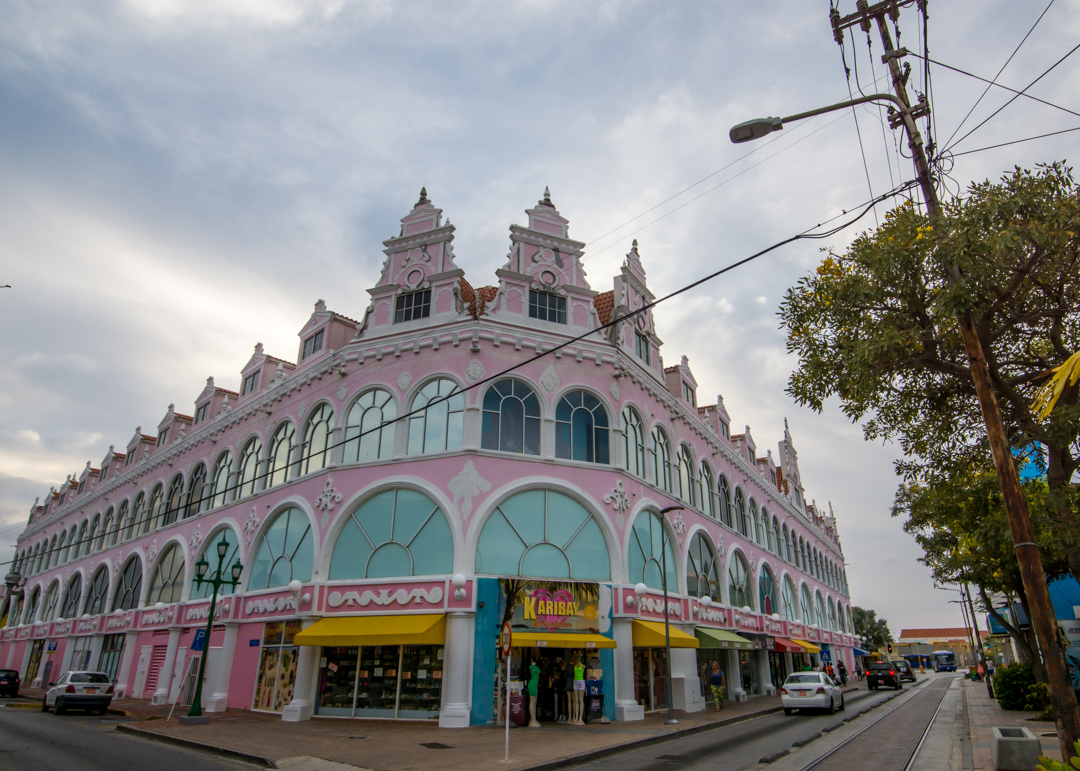
The green City Hall is another big pop of color…
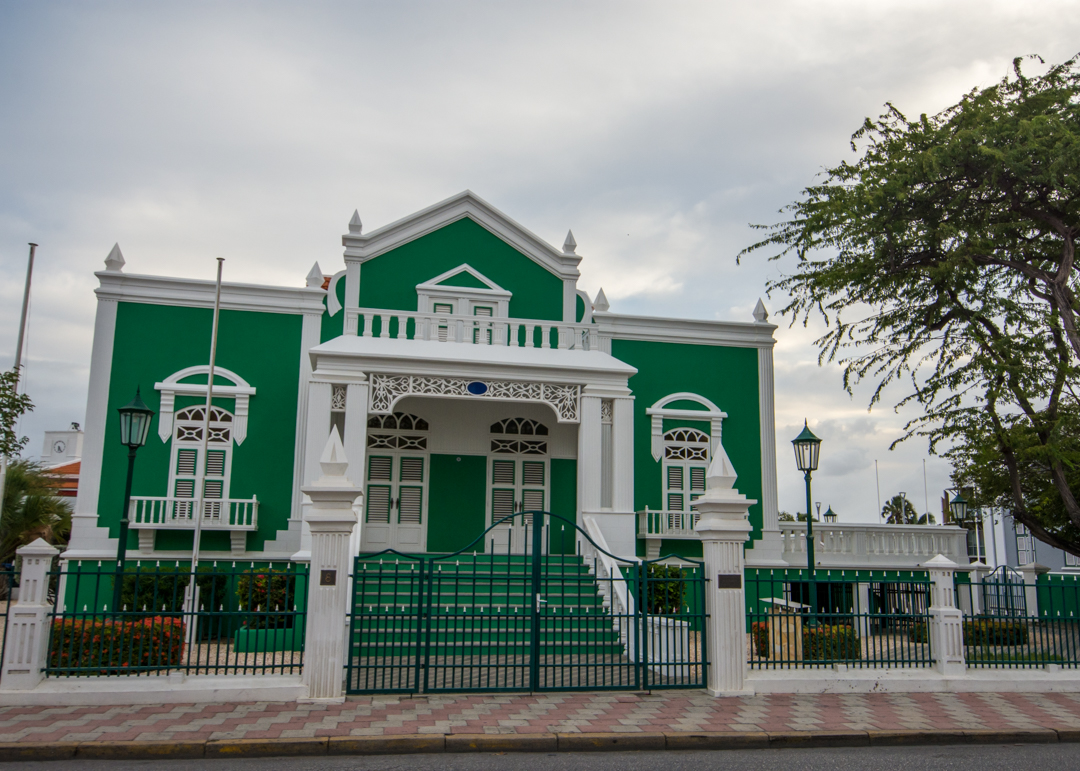
…and if you venture further away from the center, you might just stumble upon even more artistic expressions.
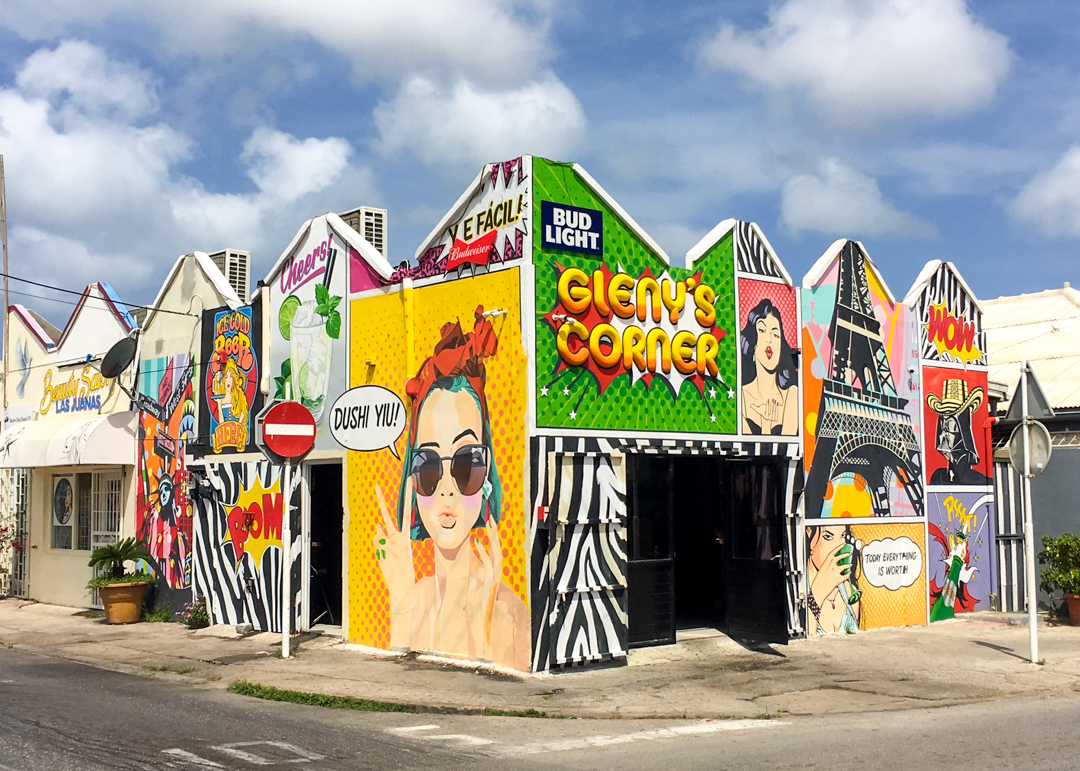
End your stay with one more ceviche for the road…
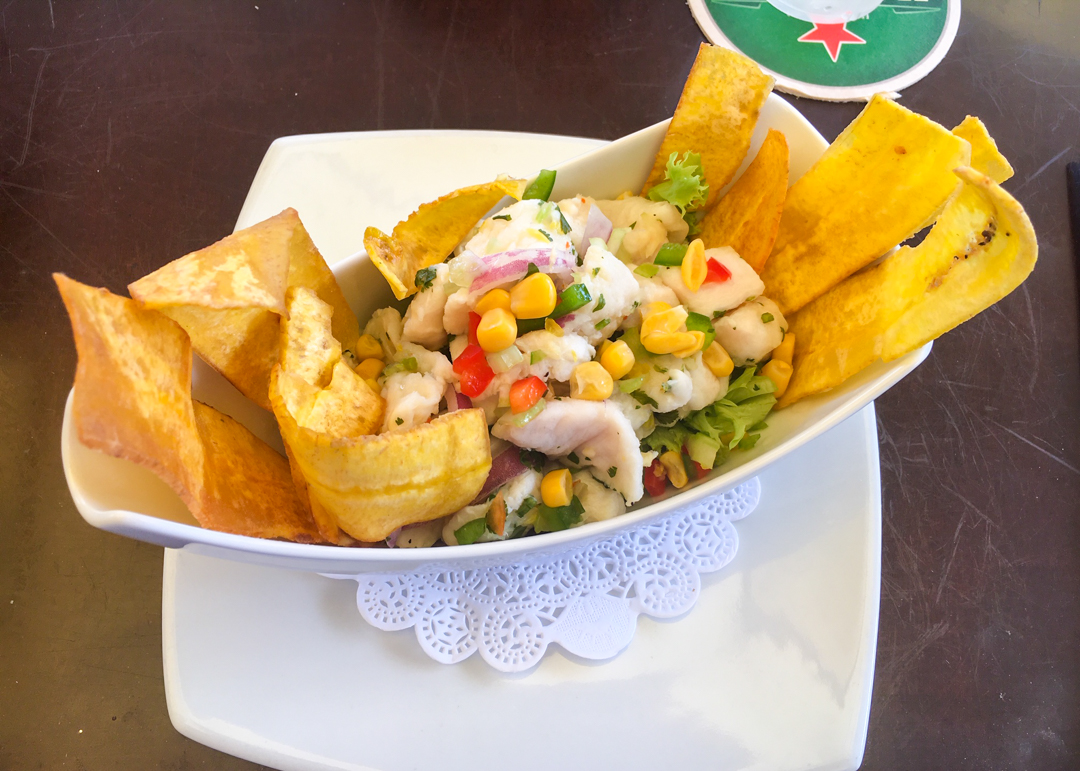
…and the obligatory shot of the sun setting on one happy island.
